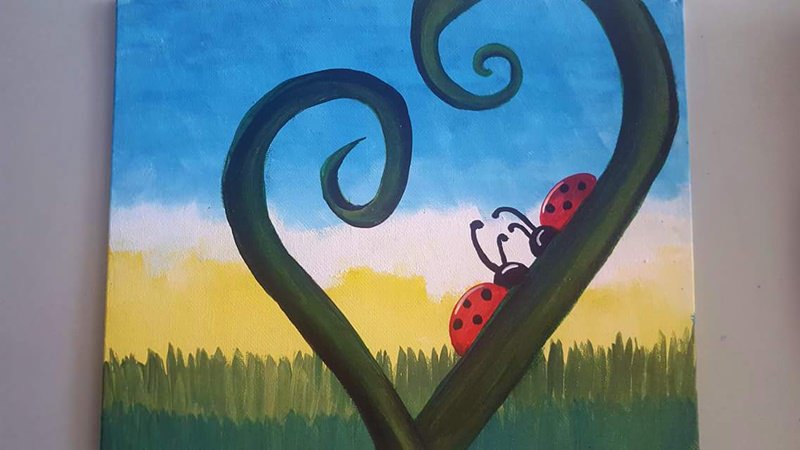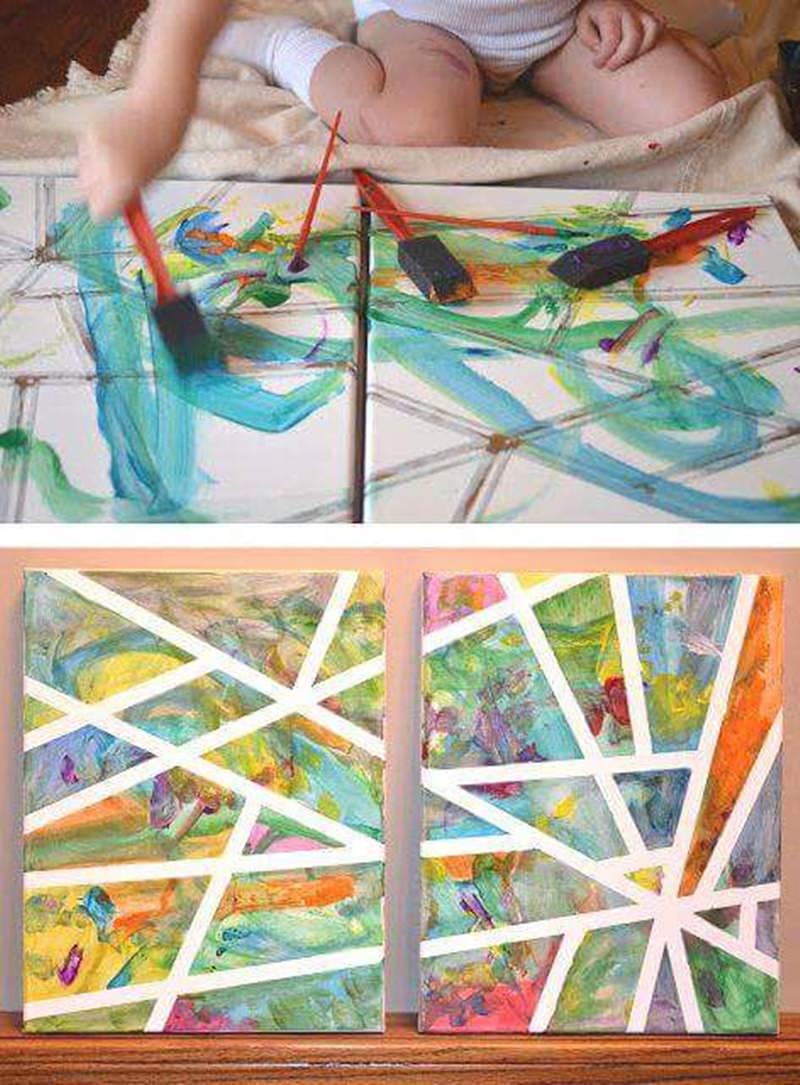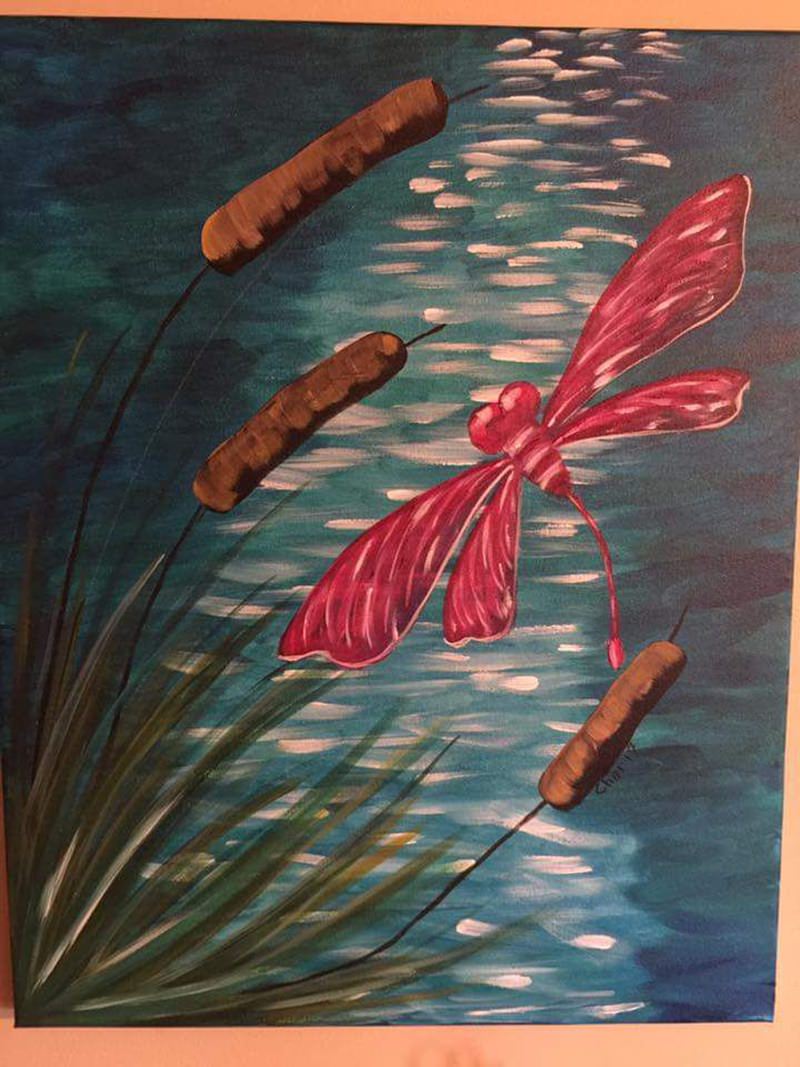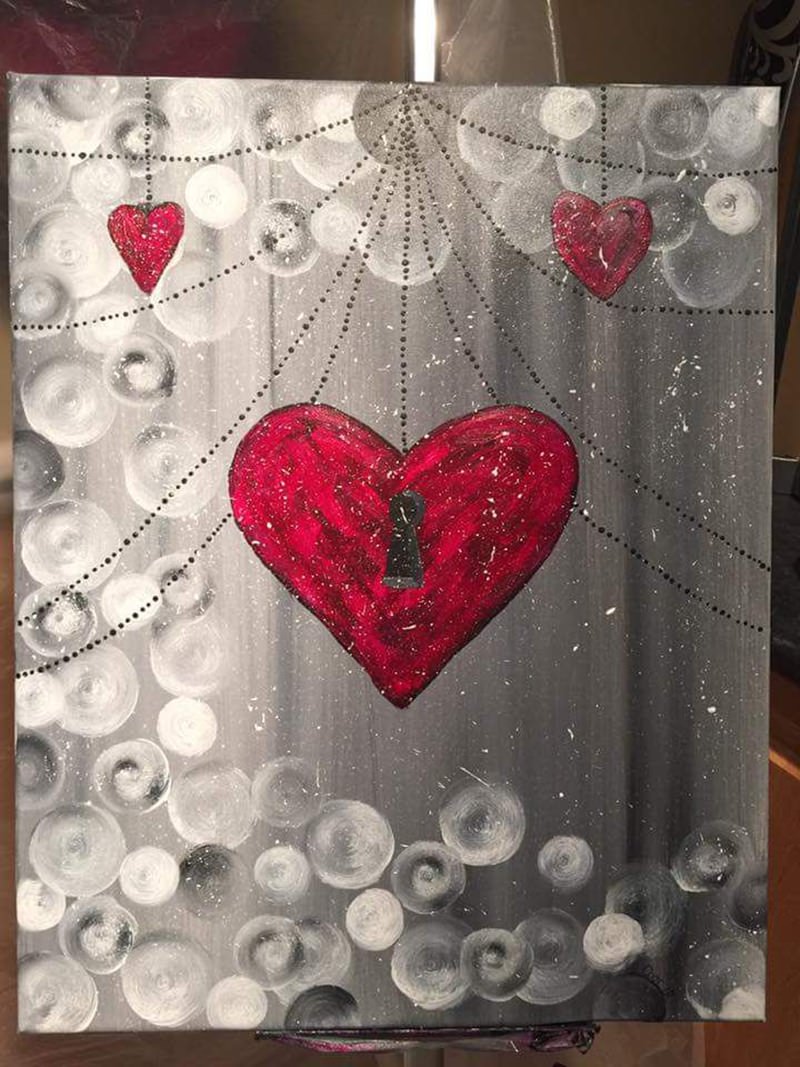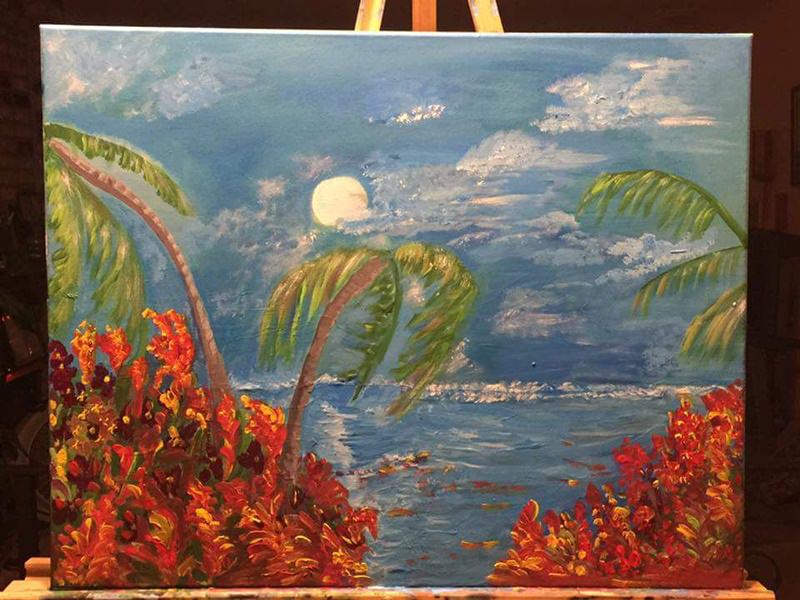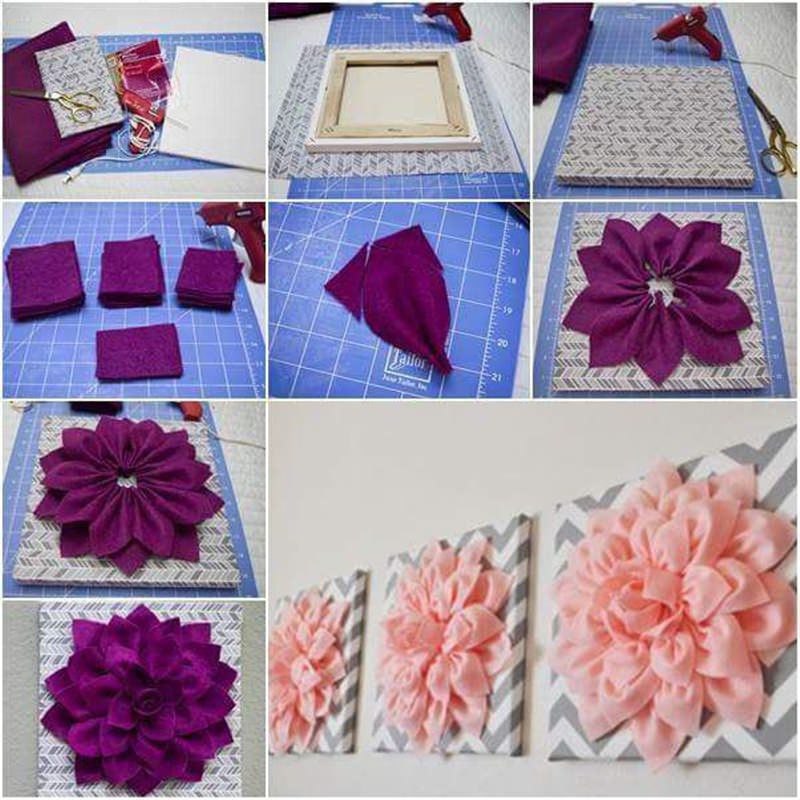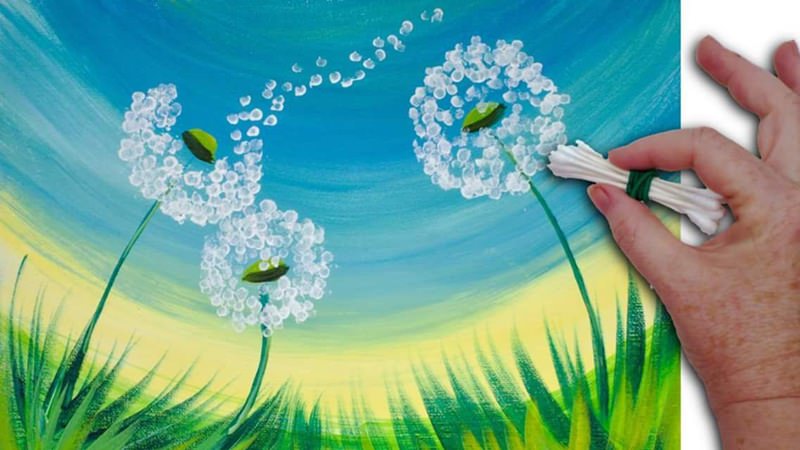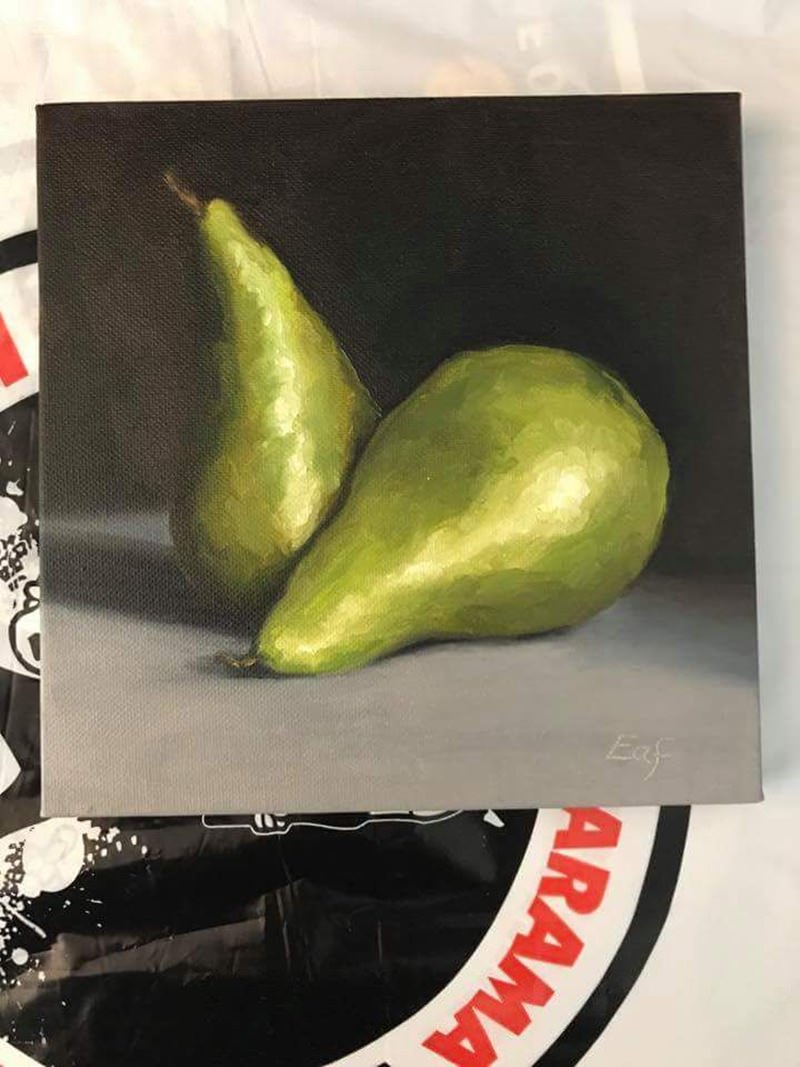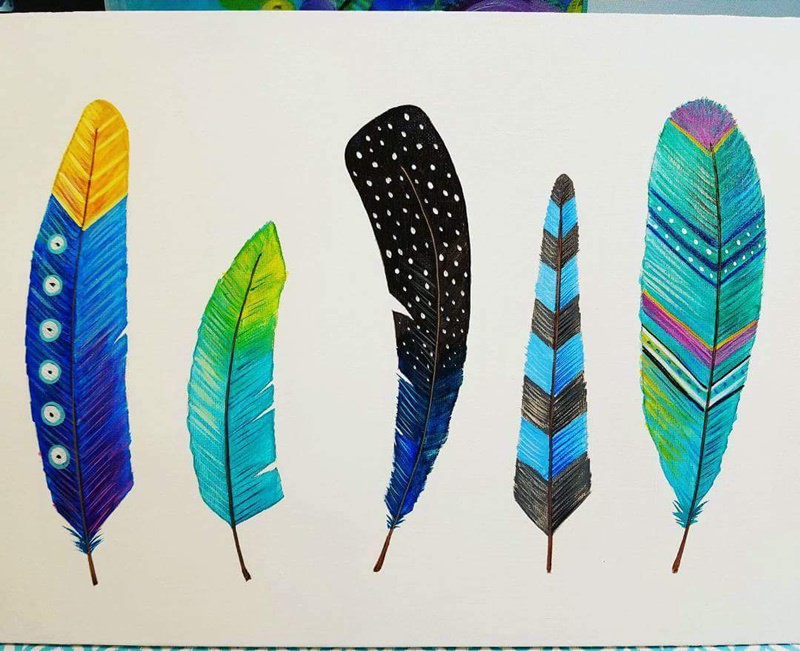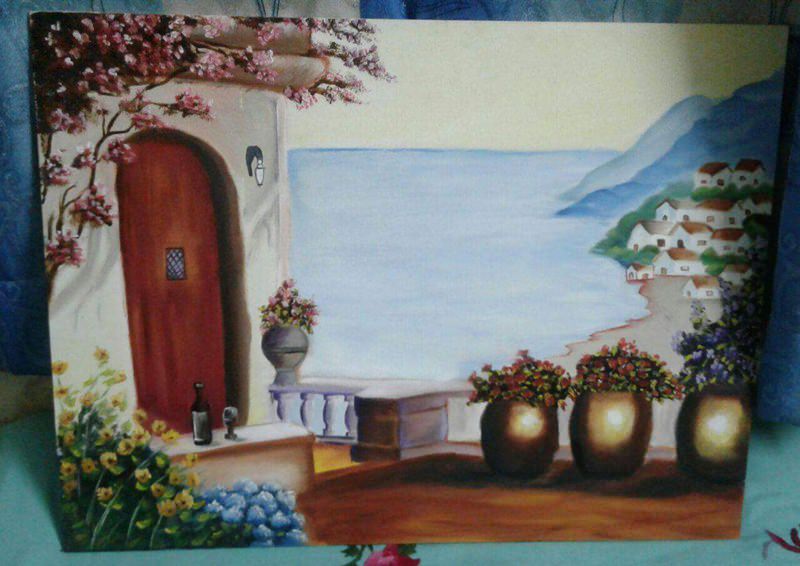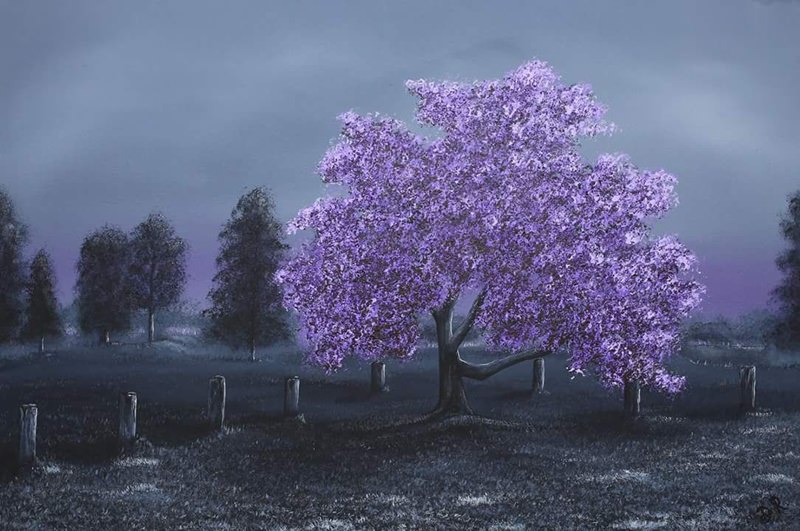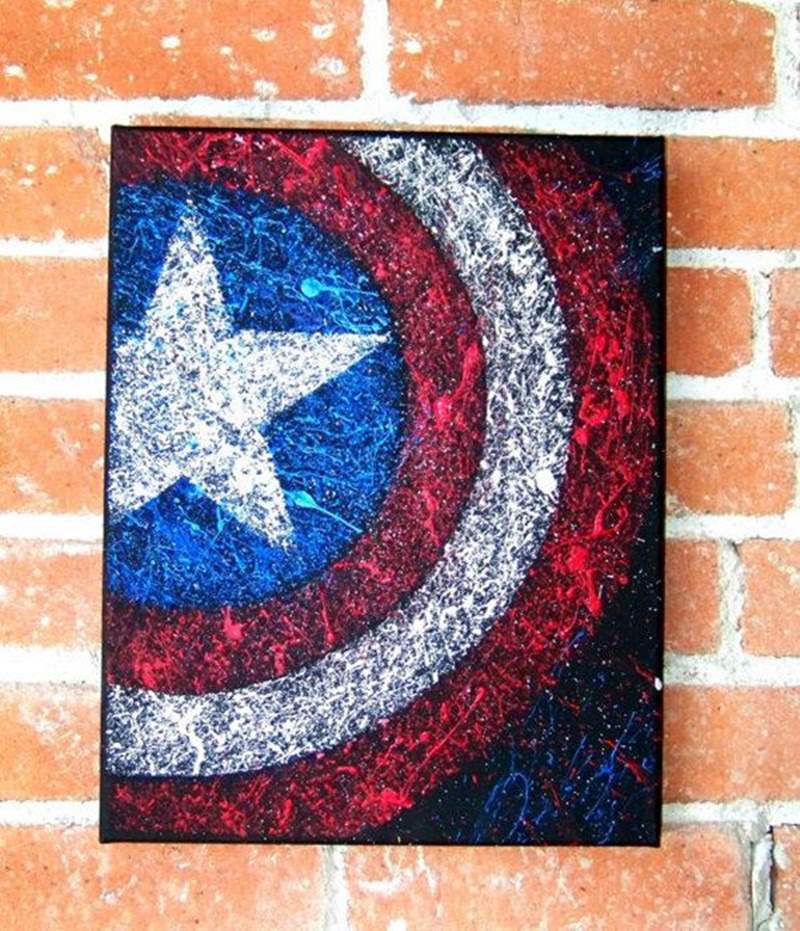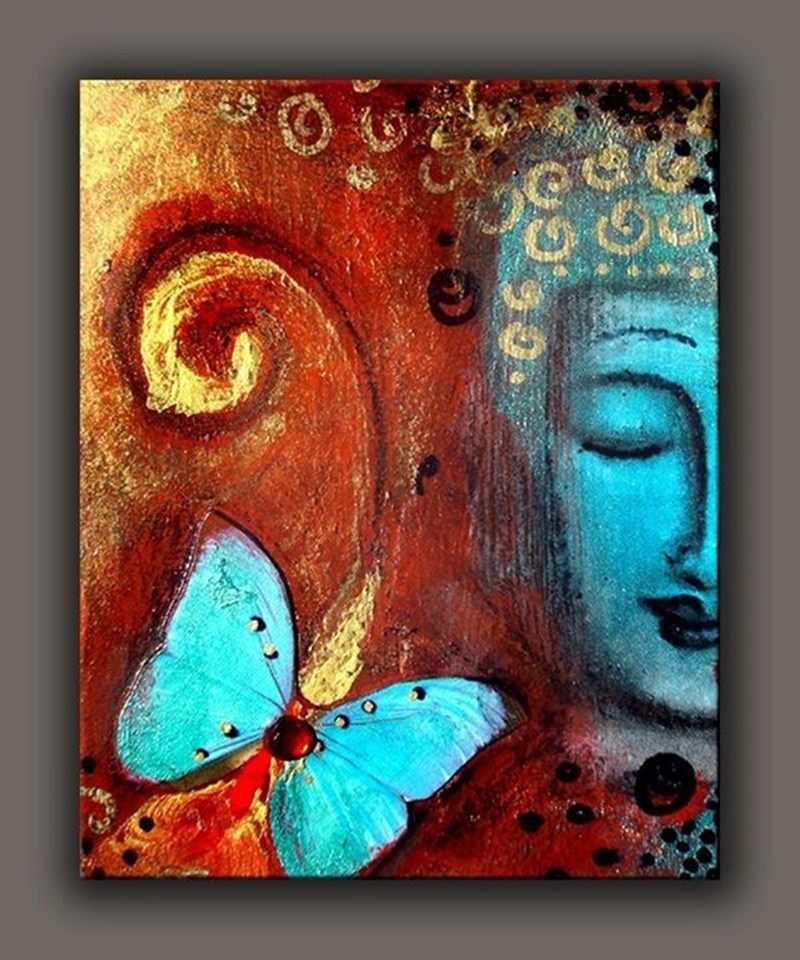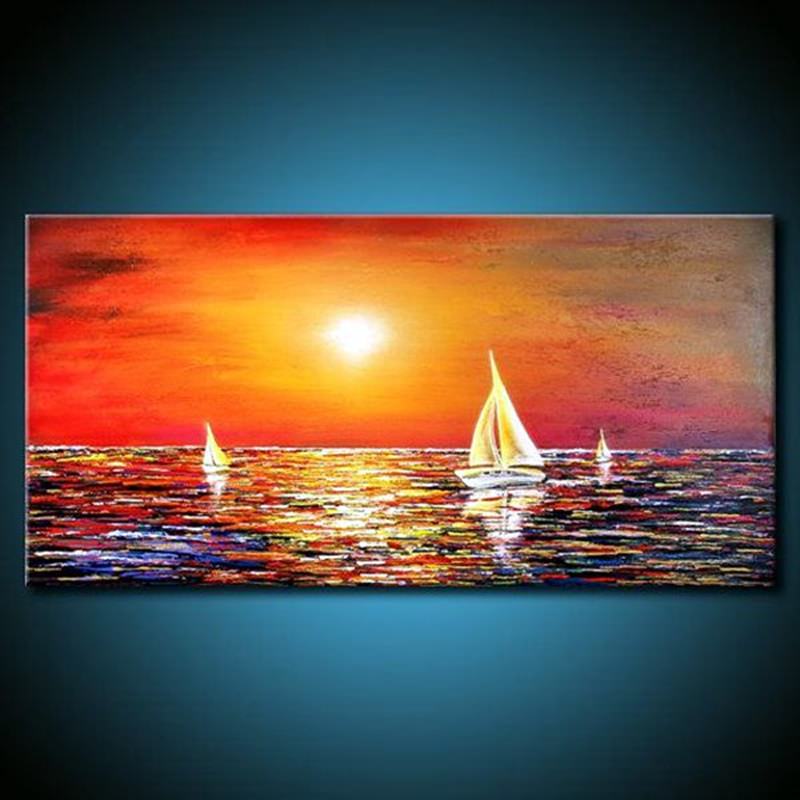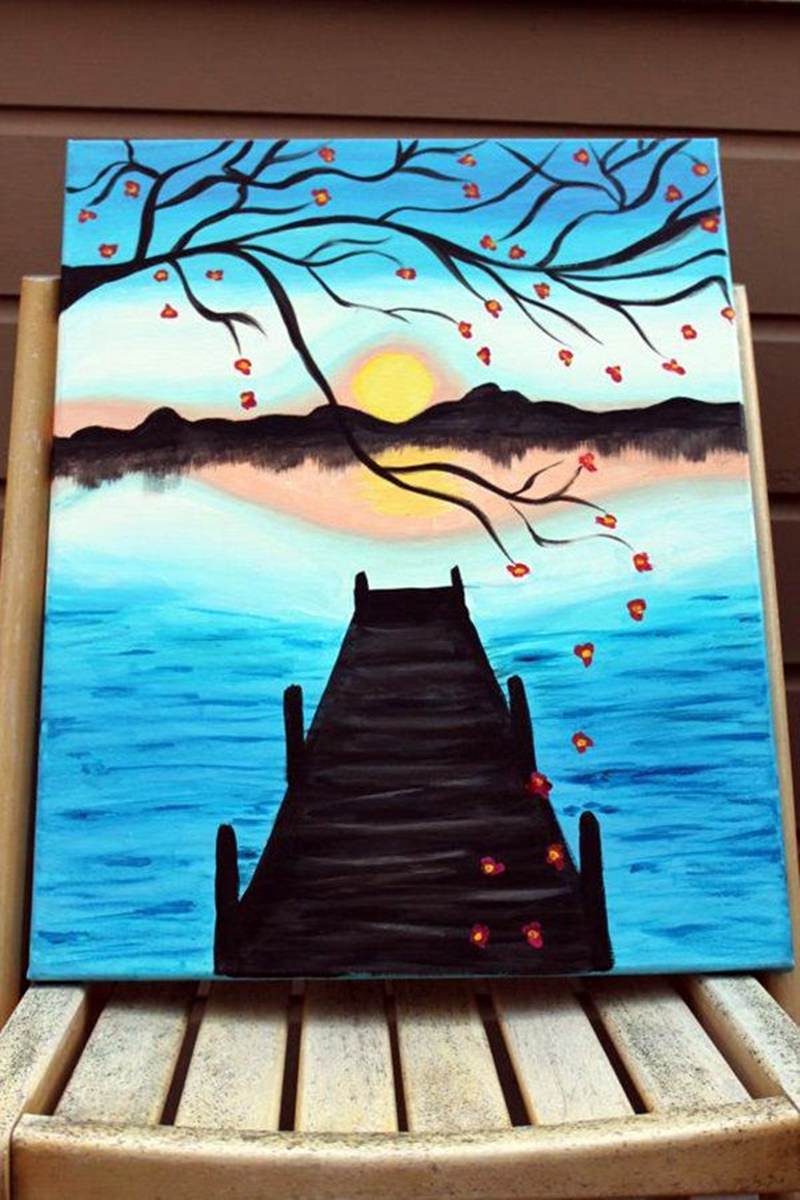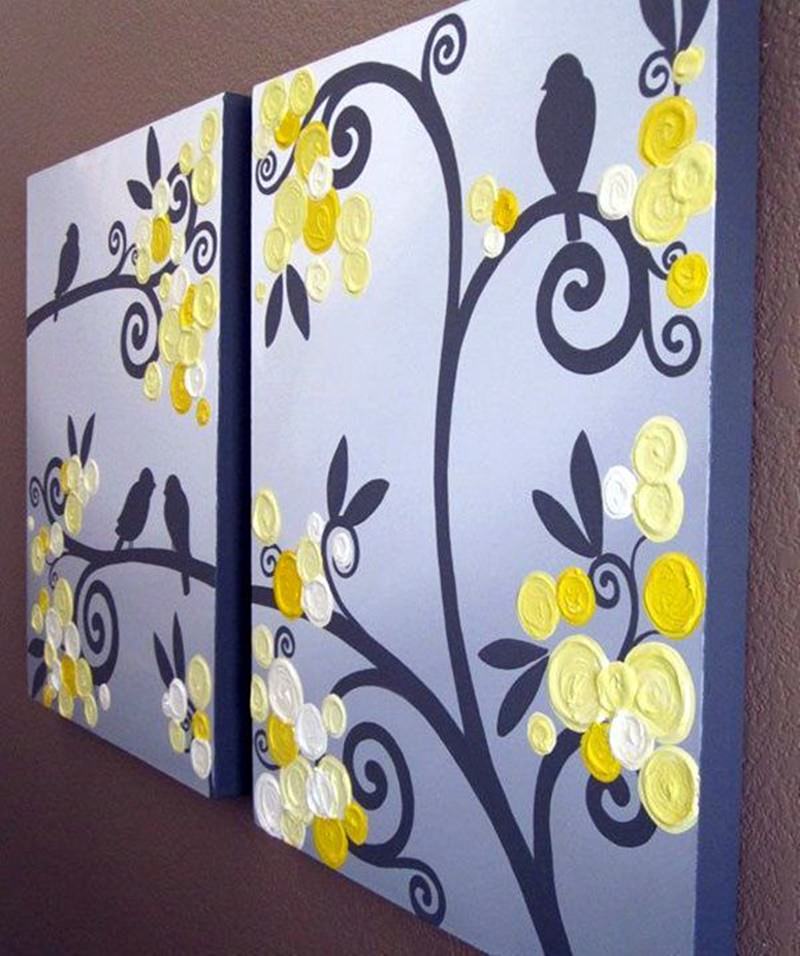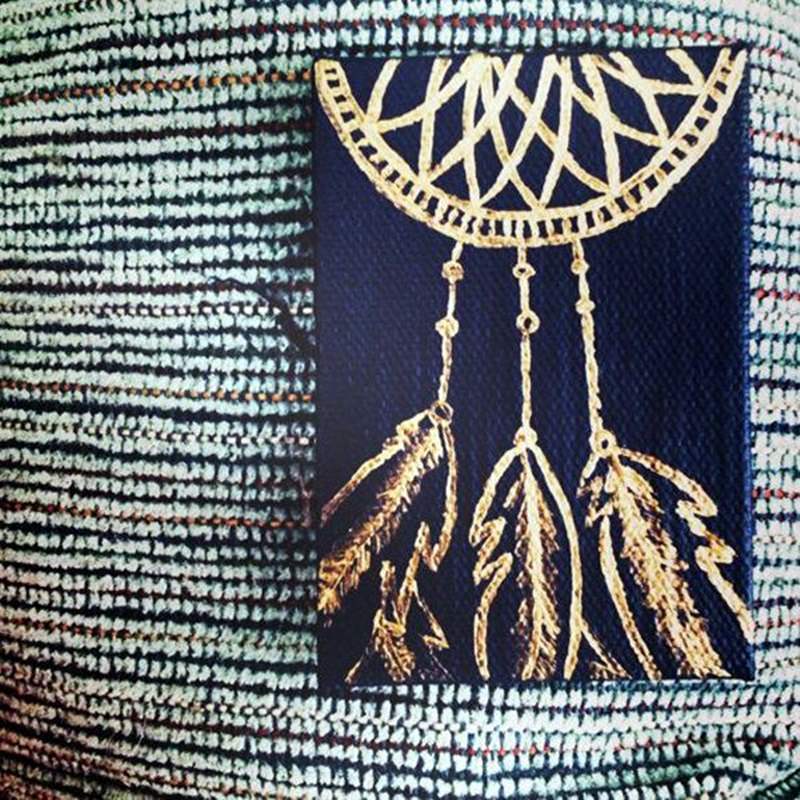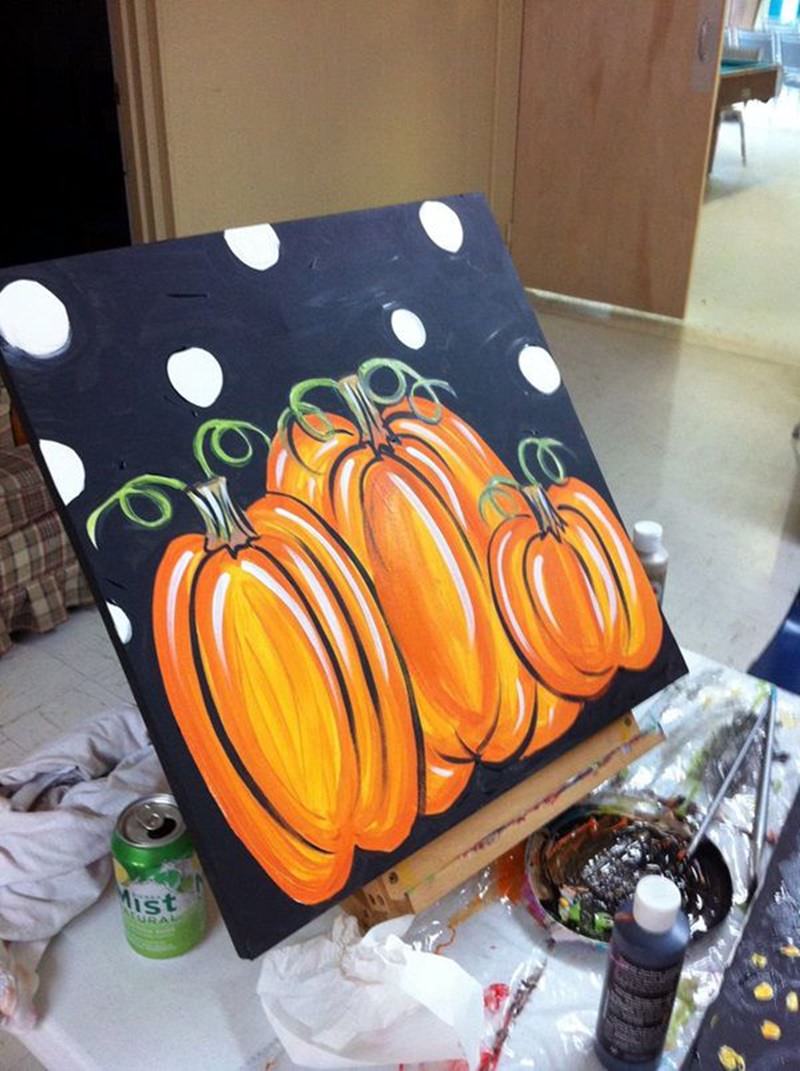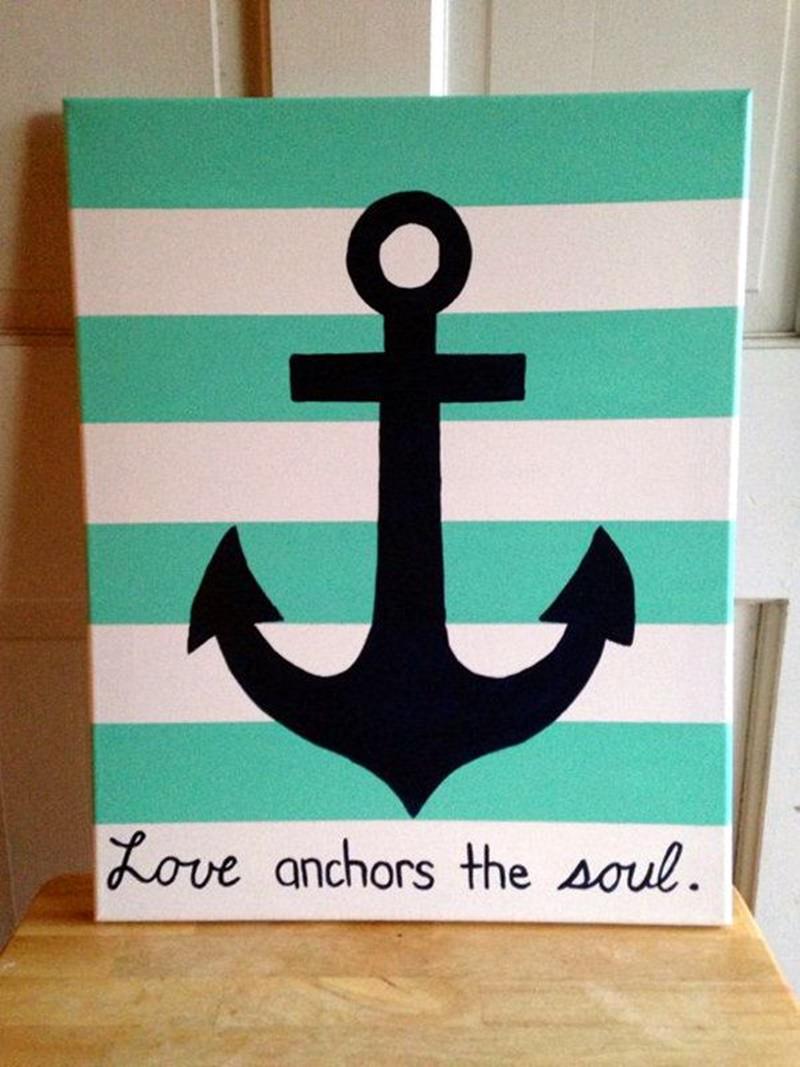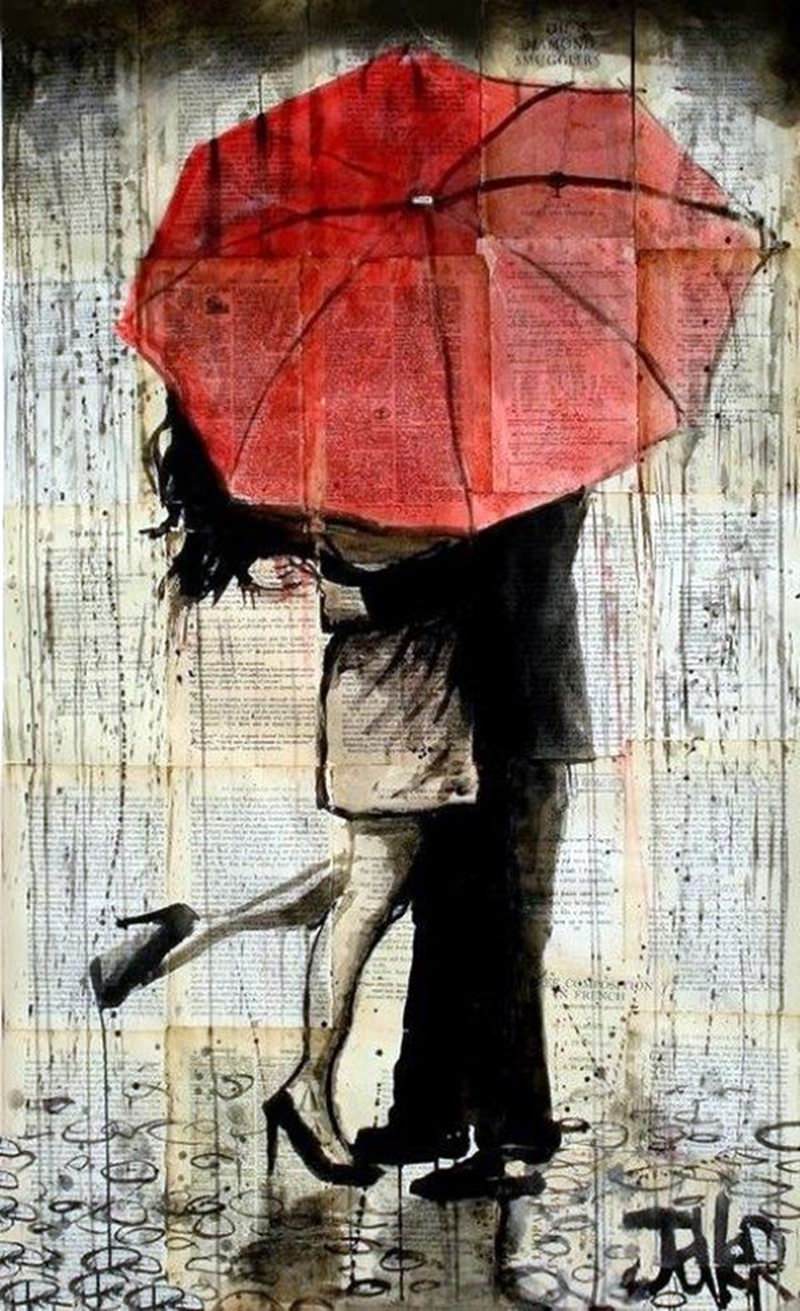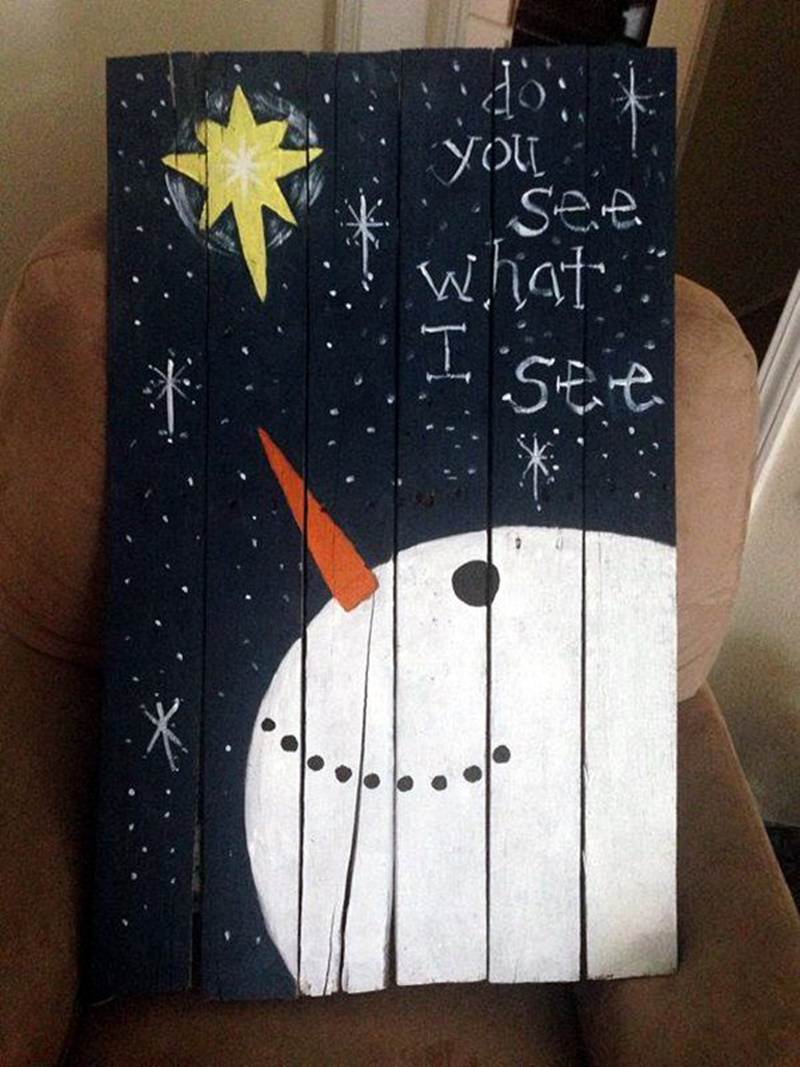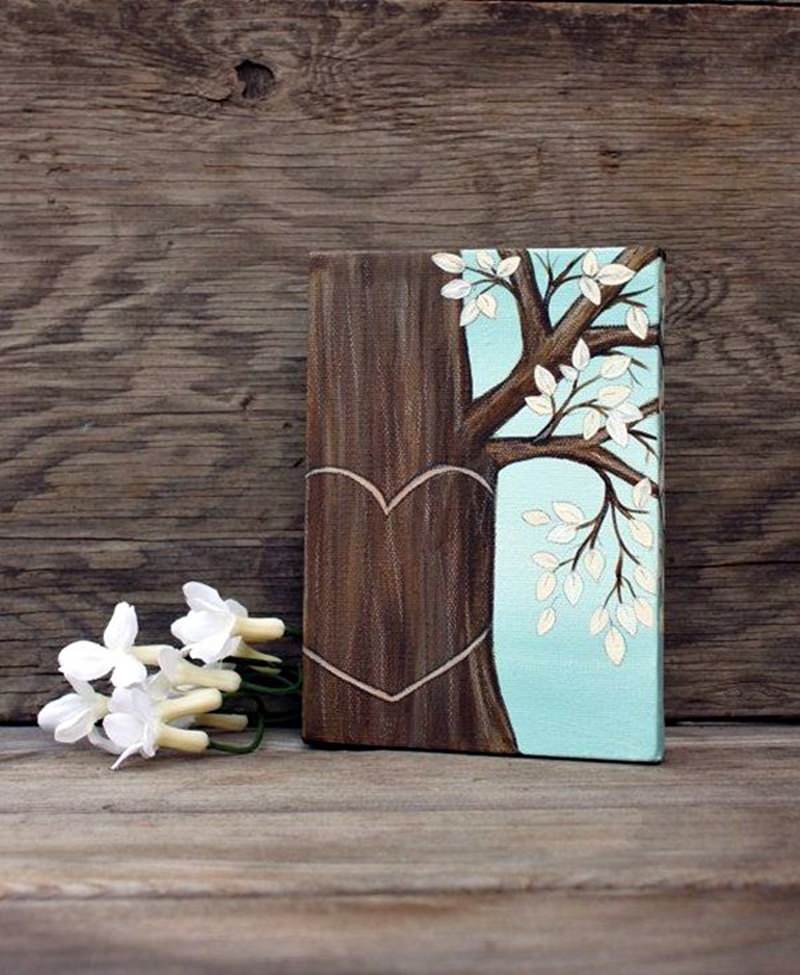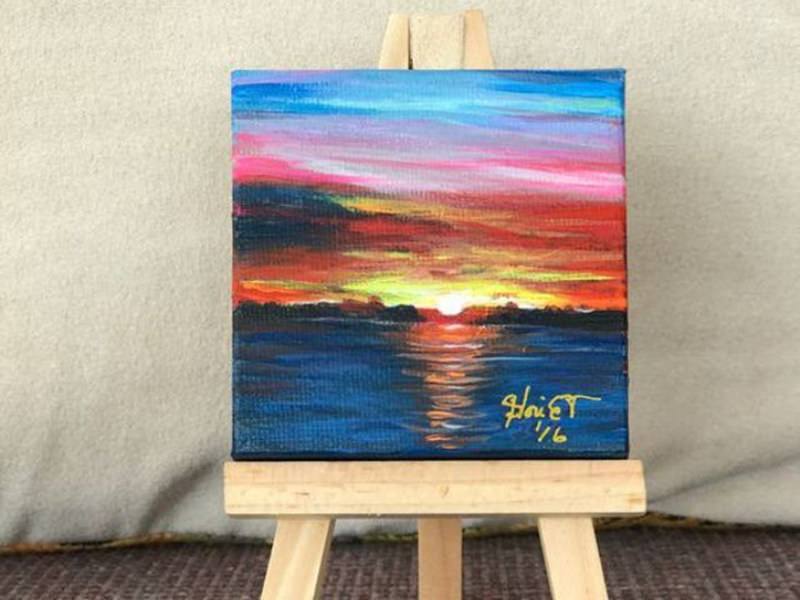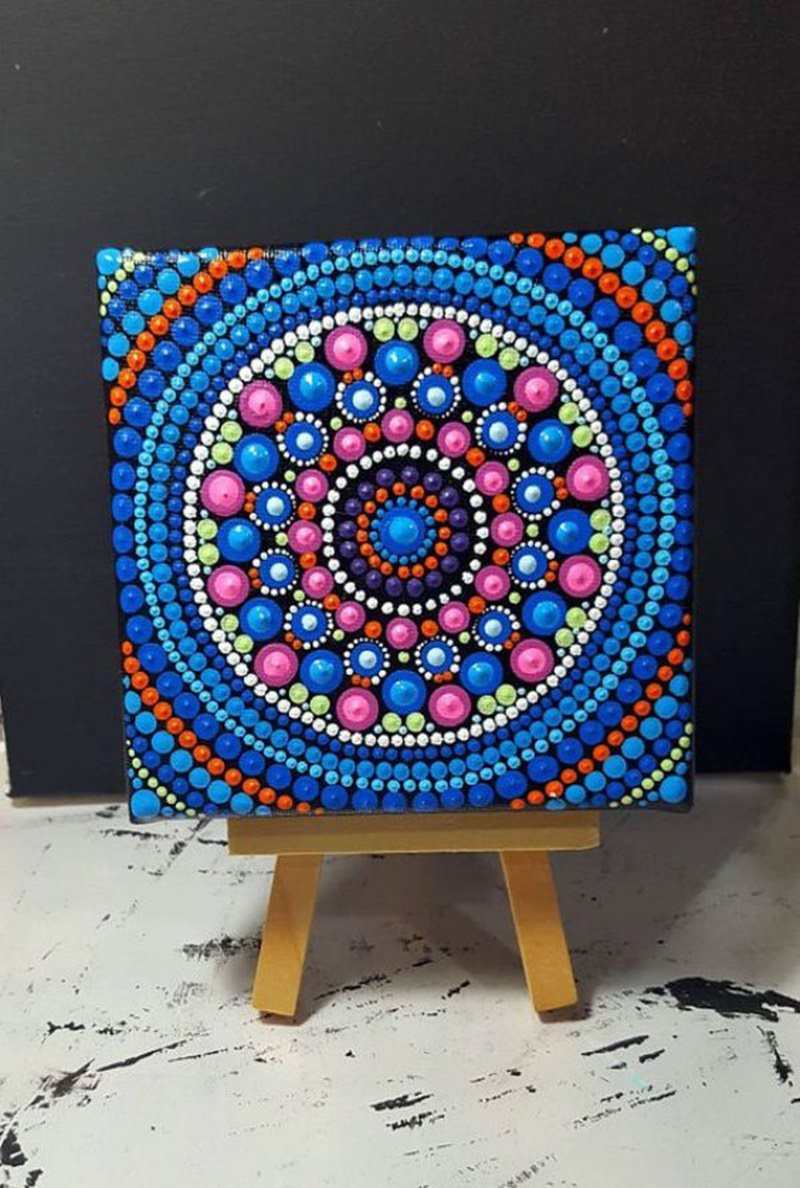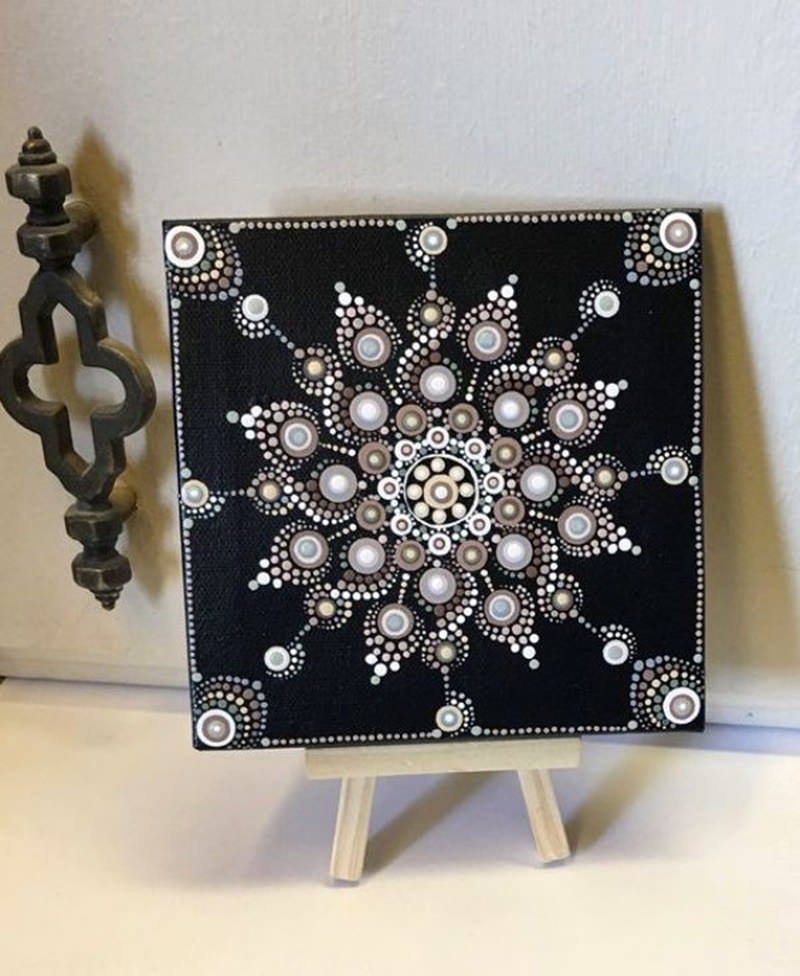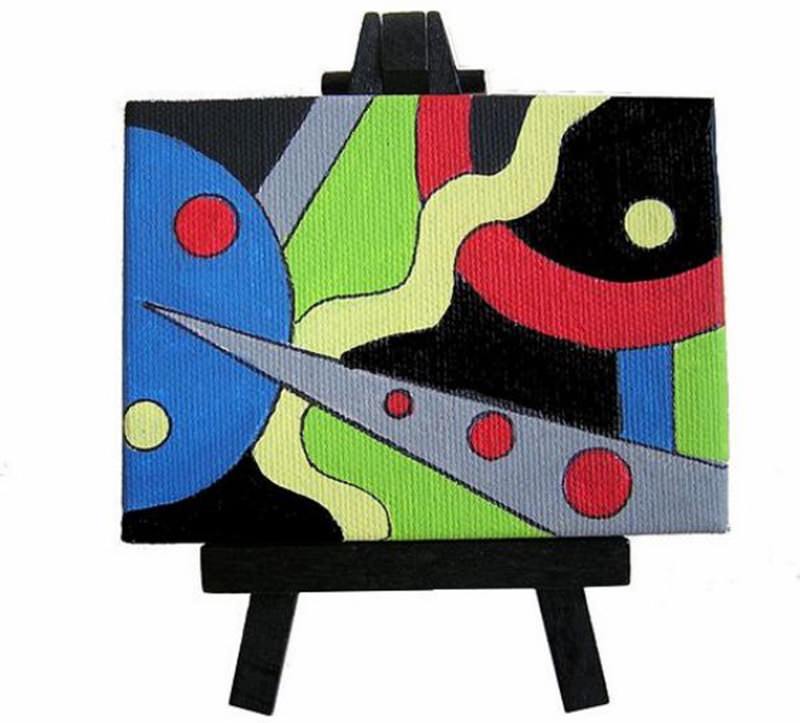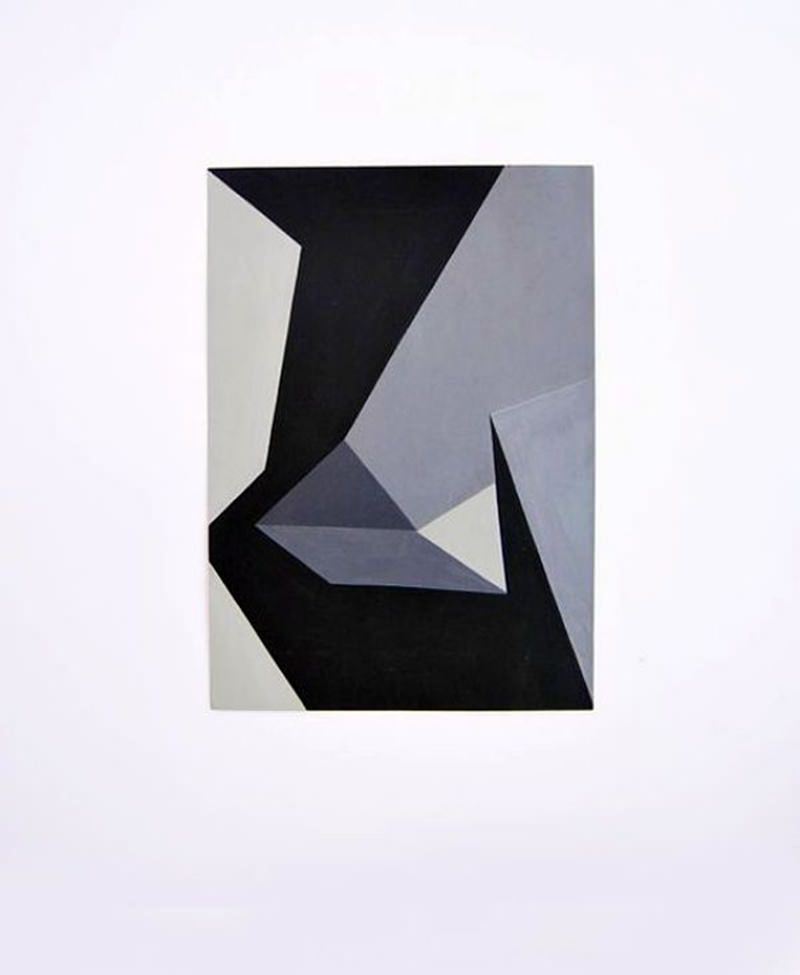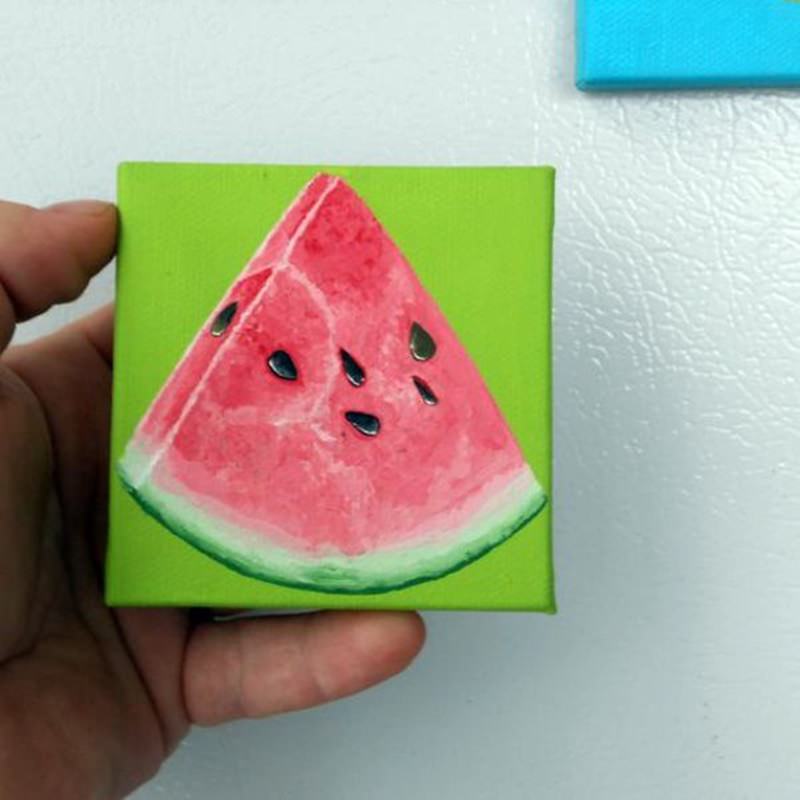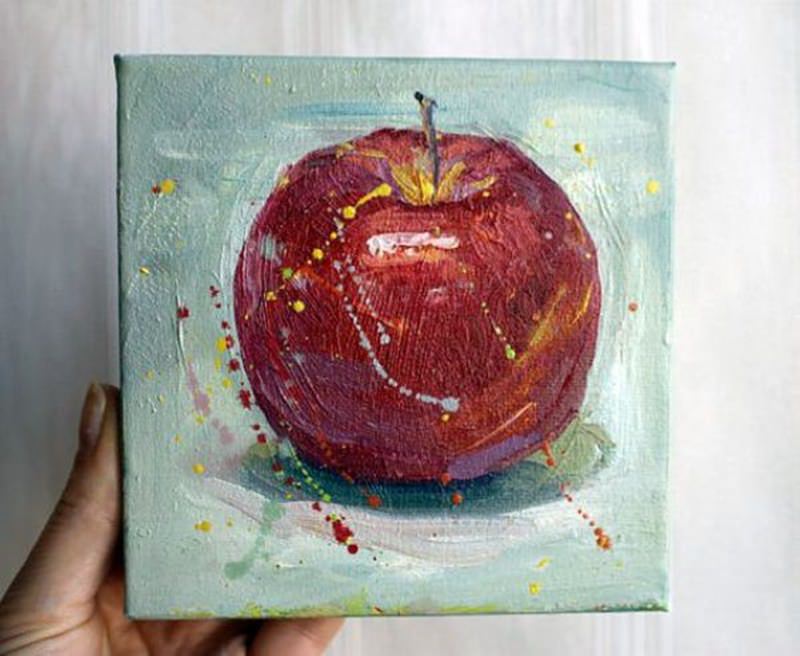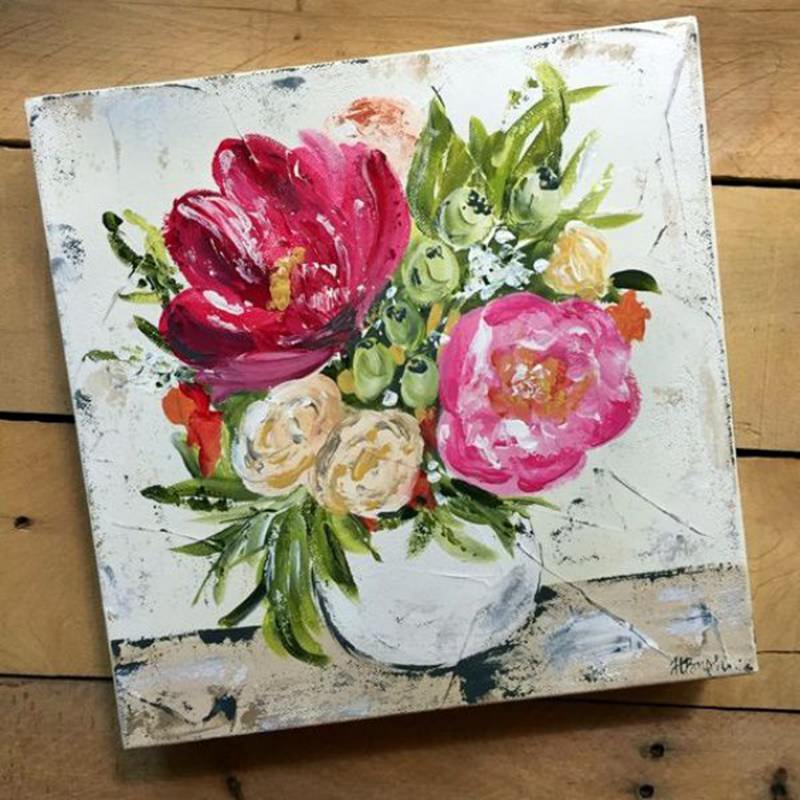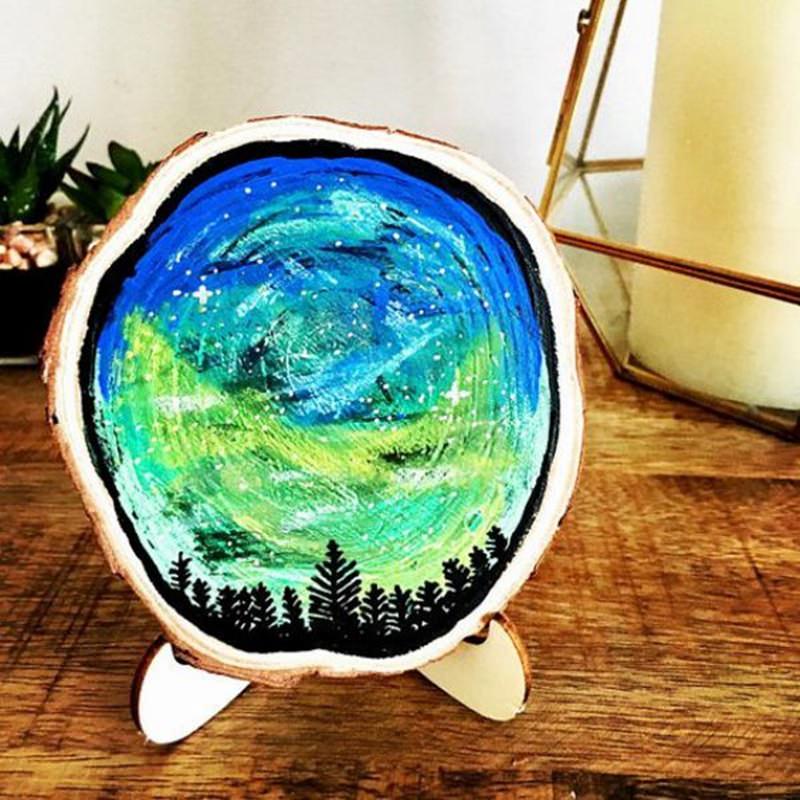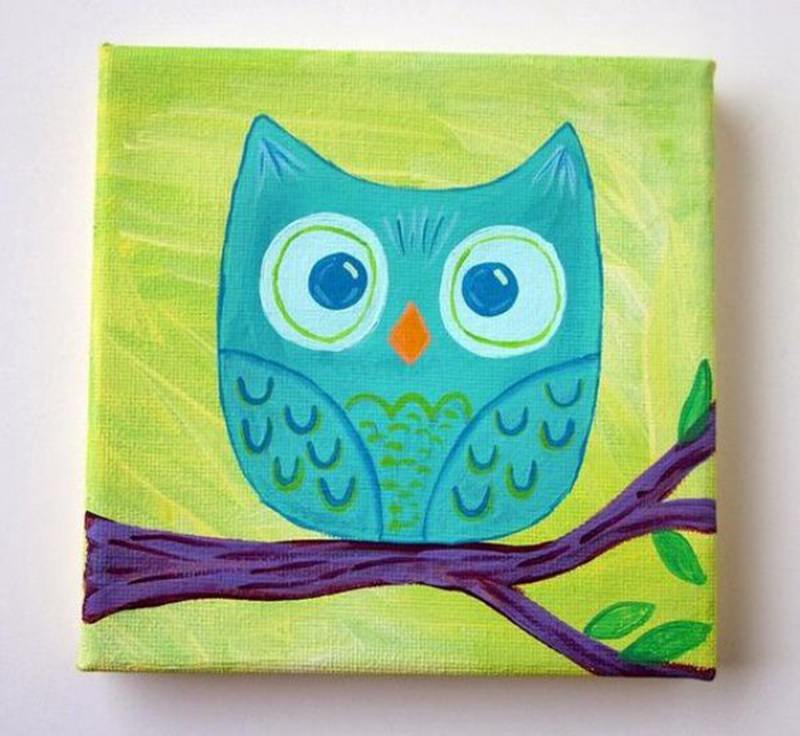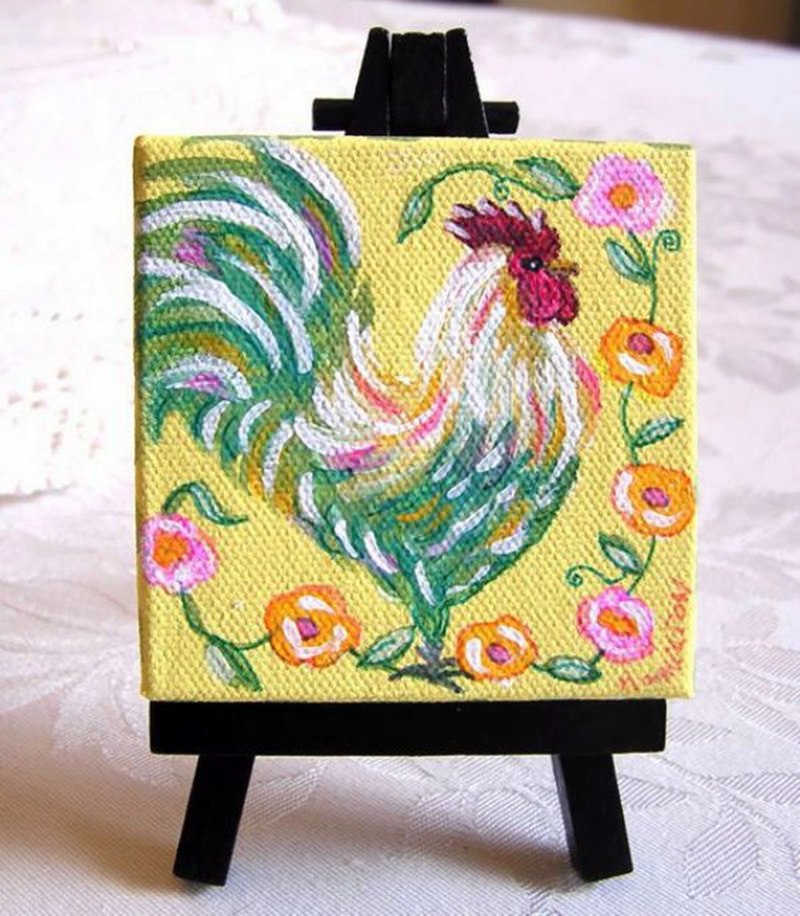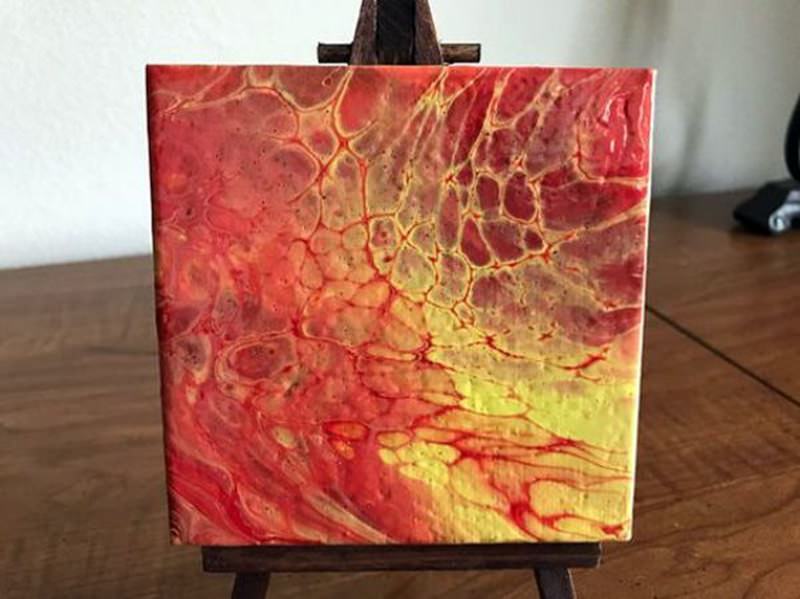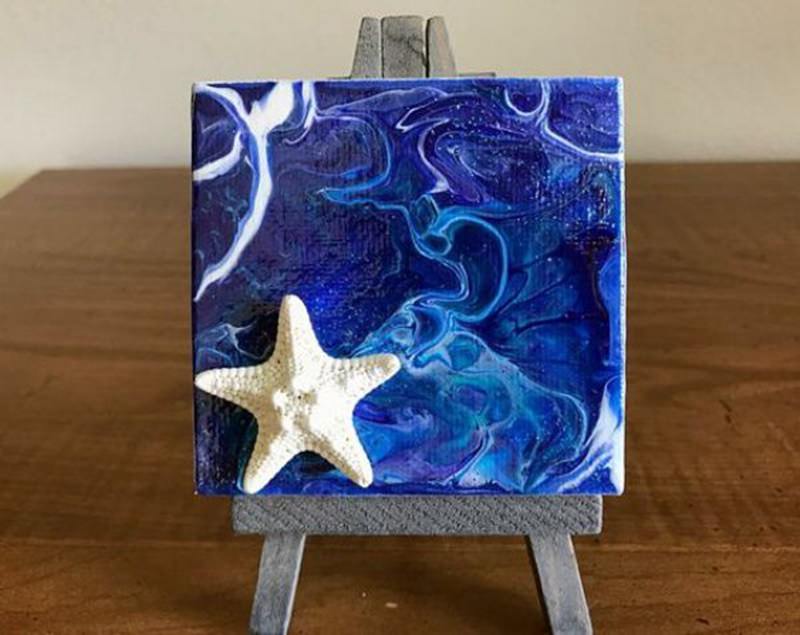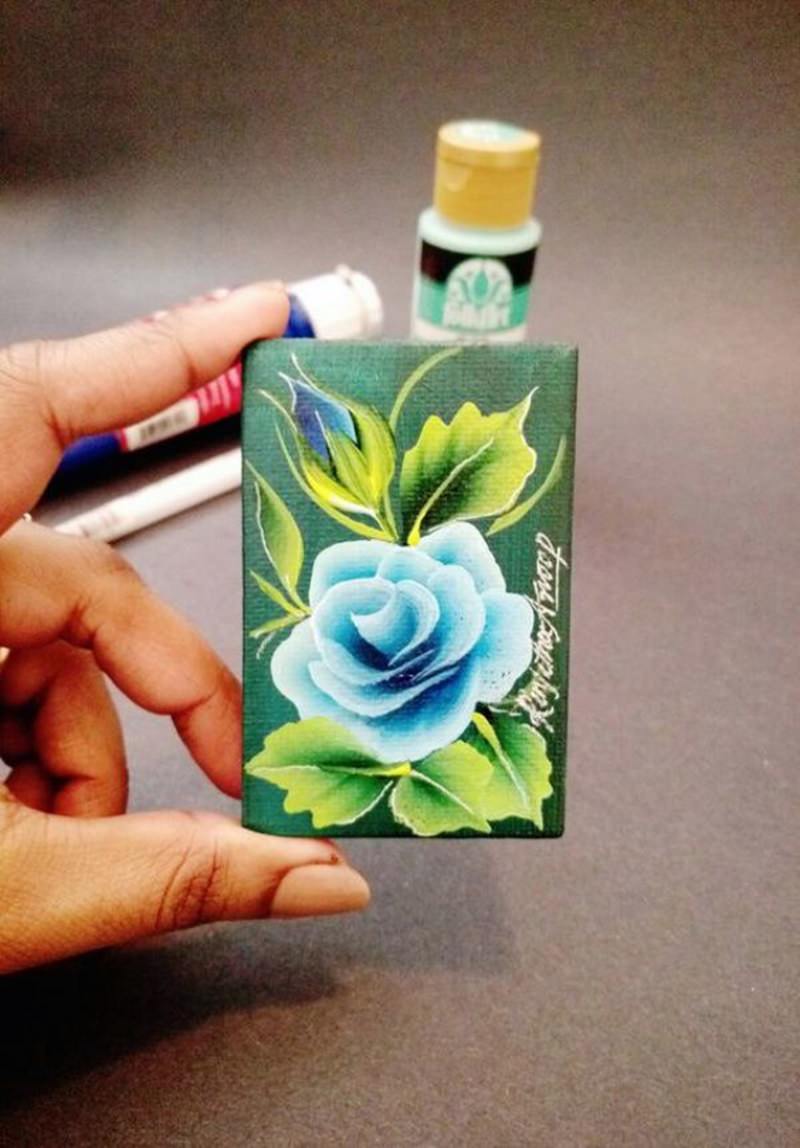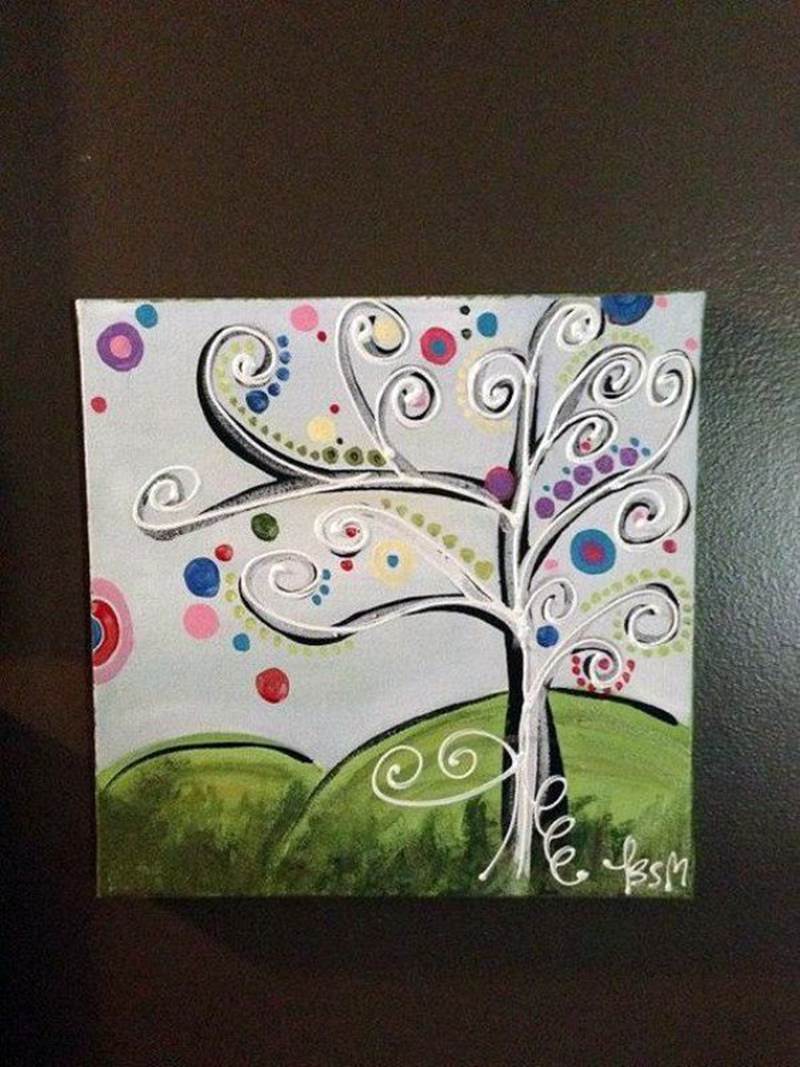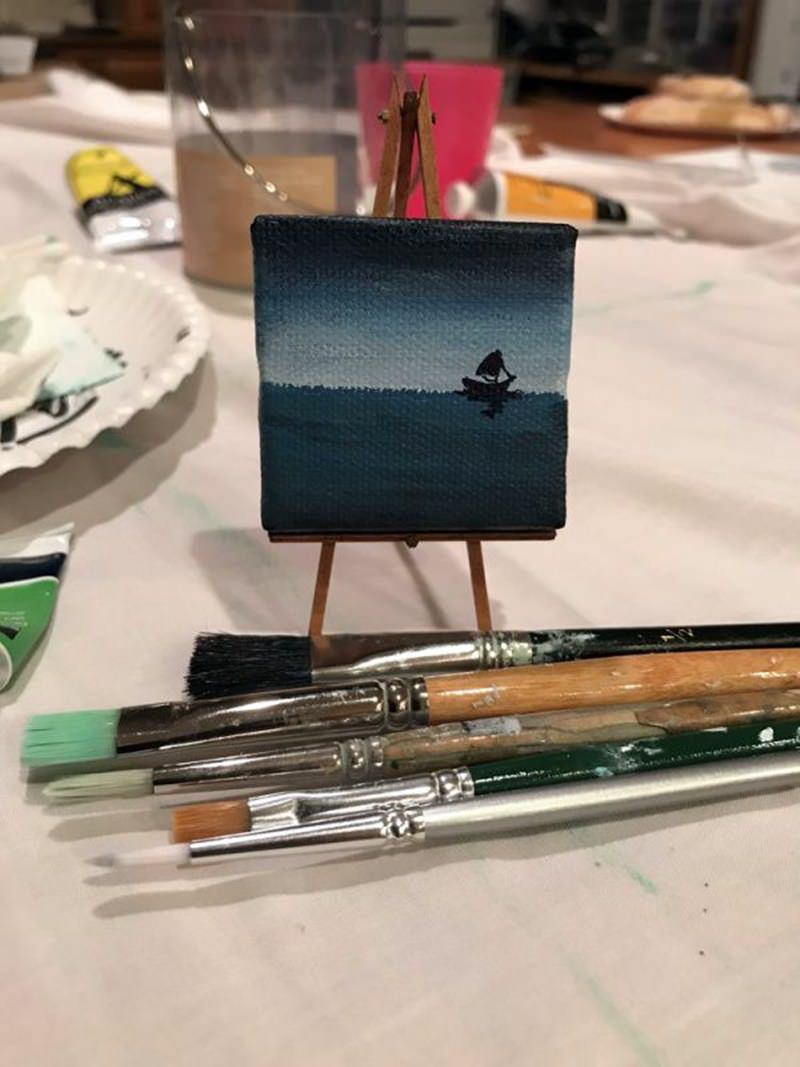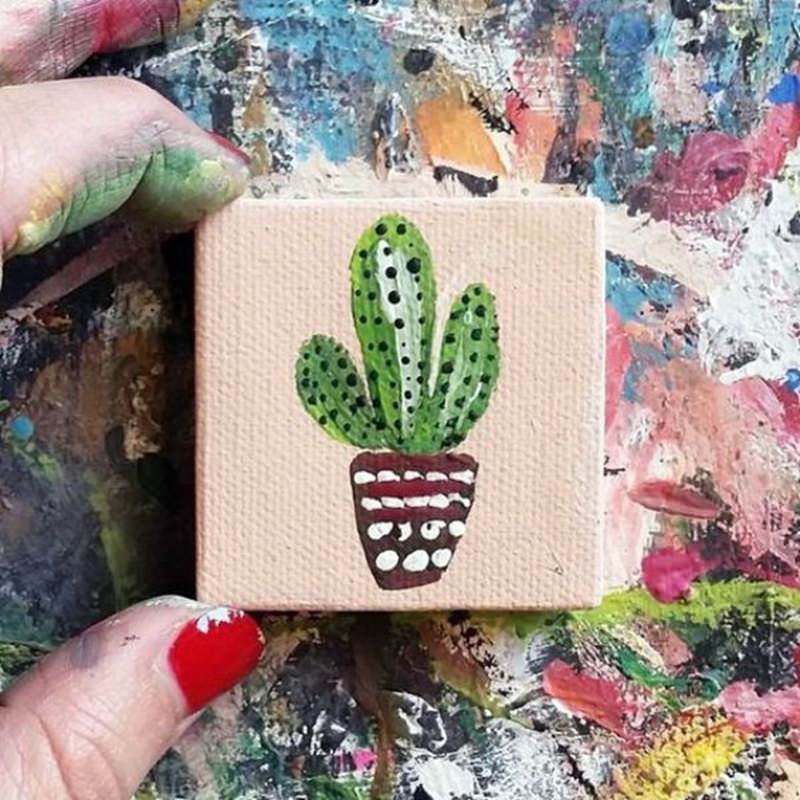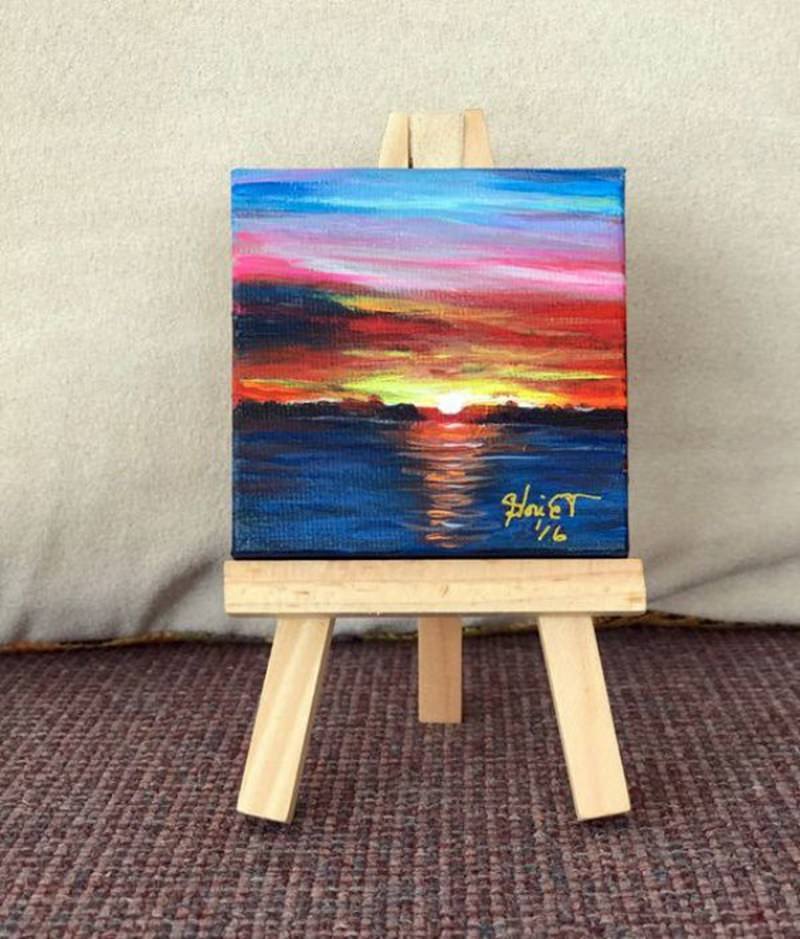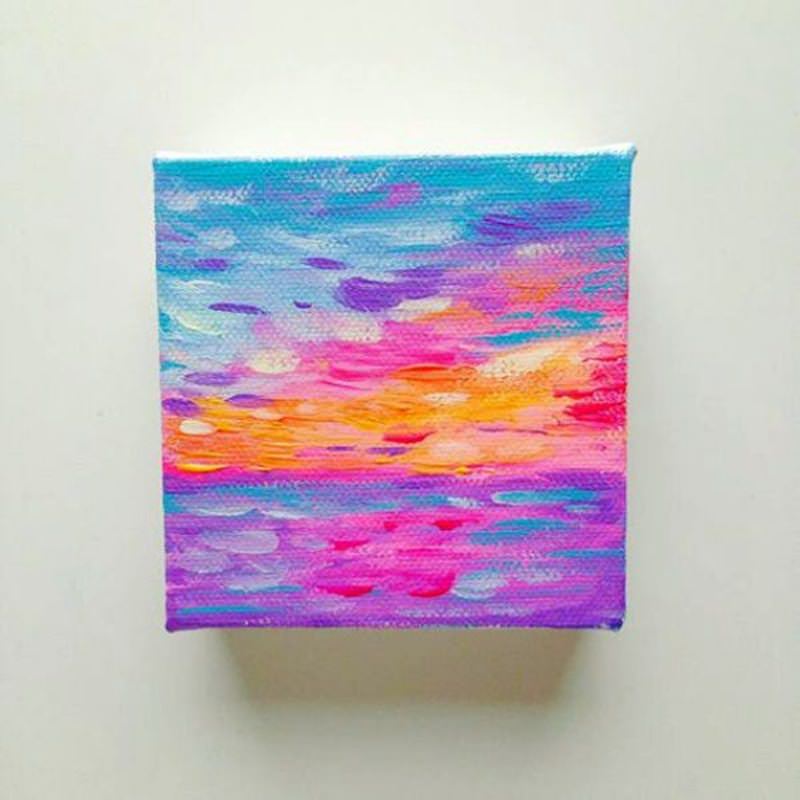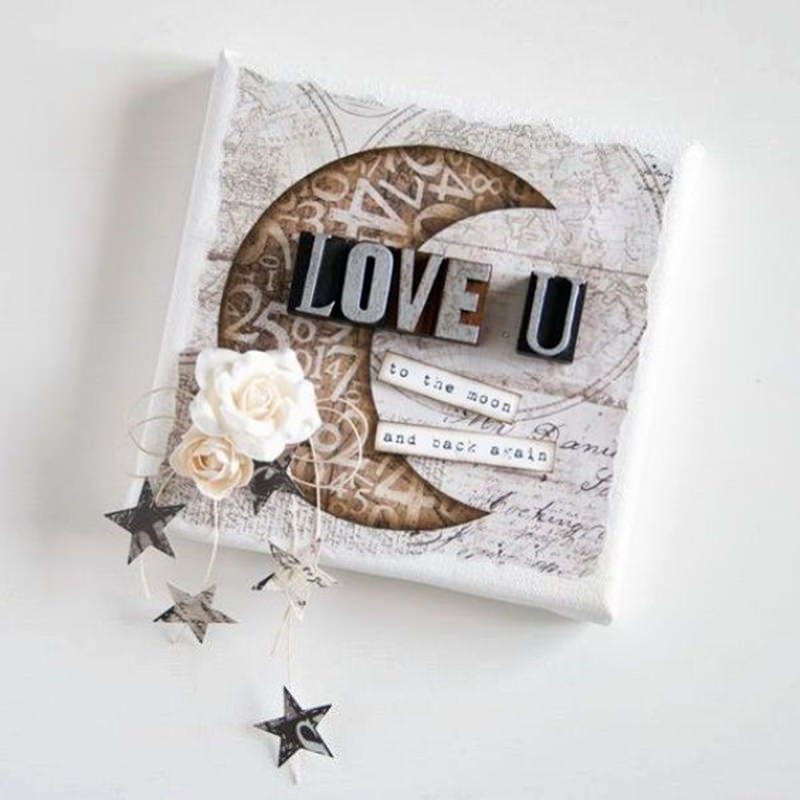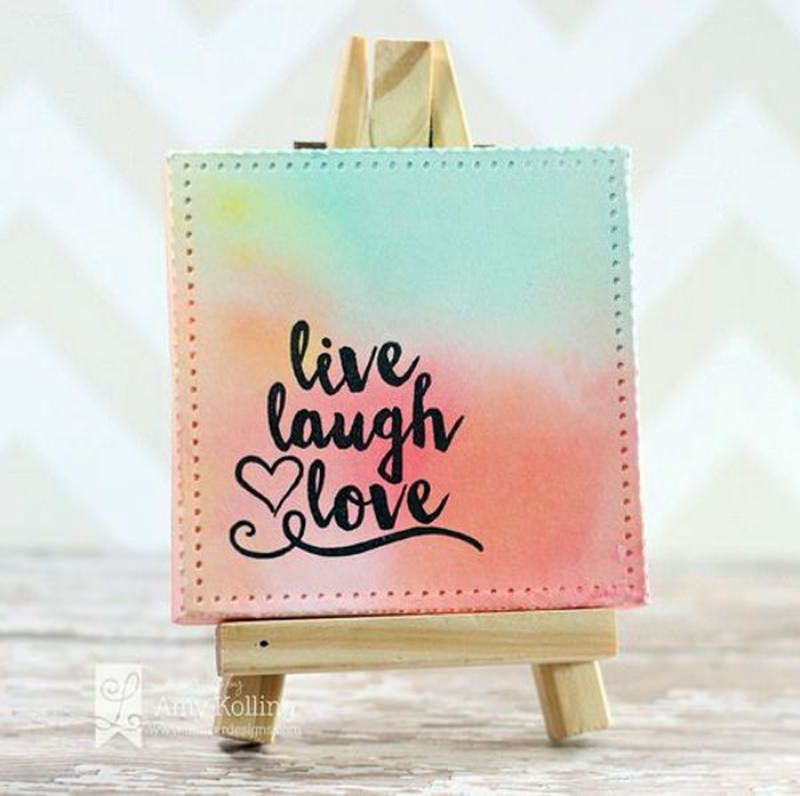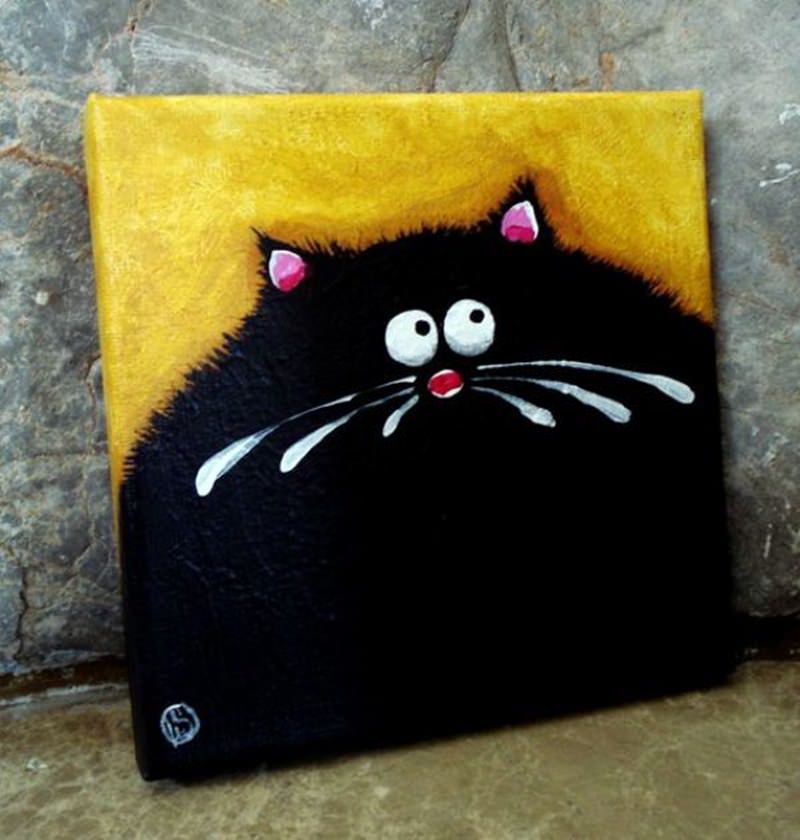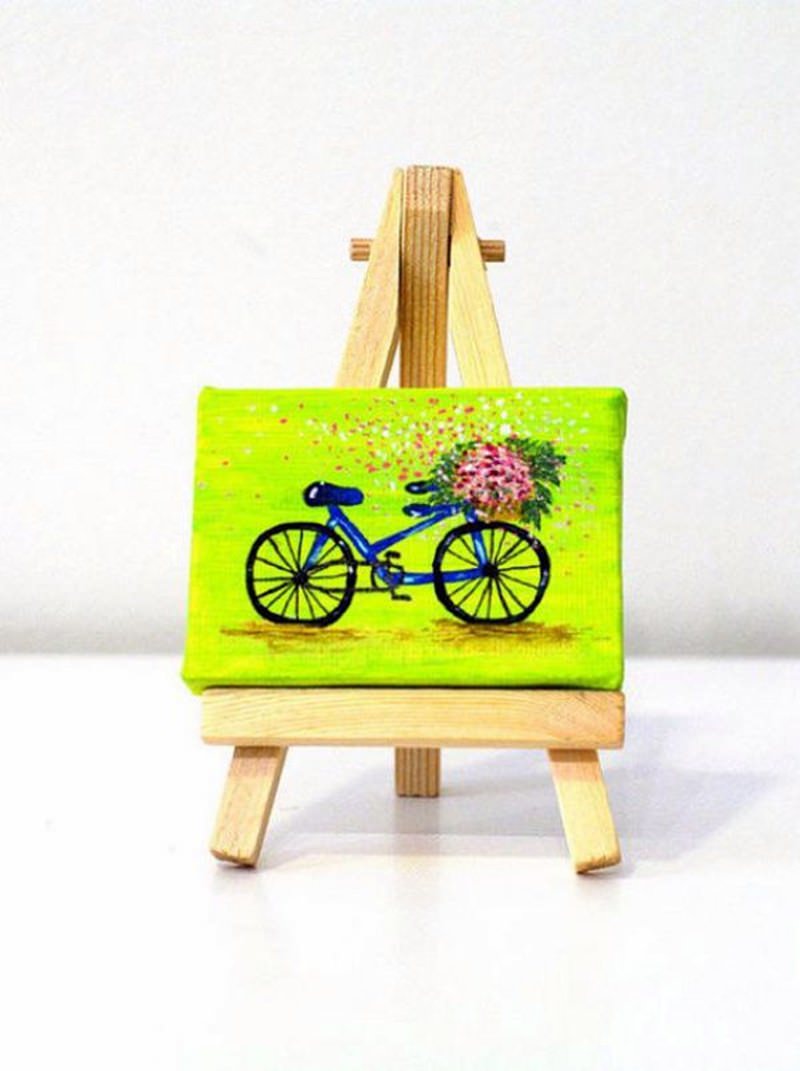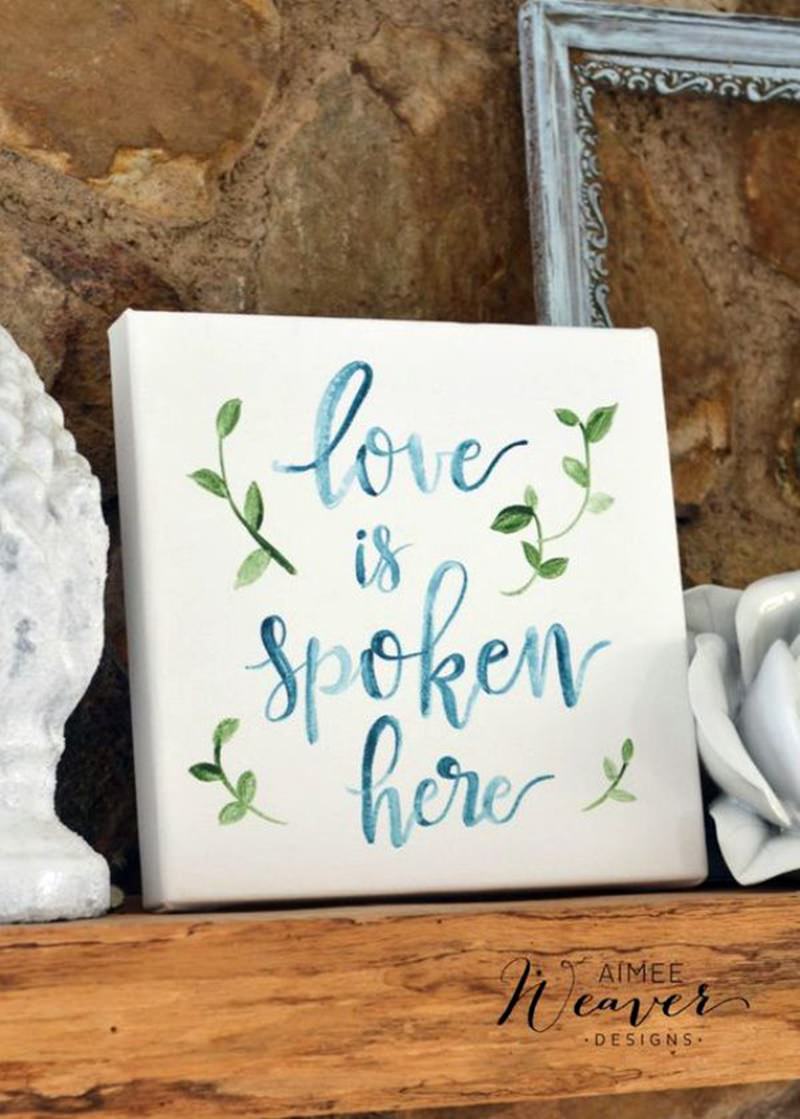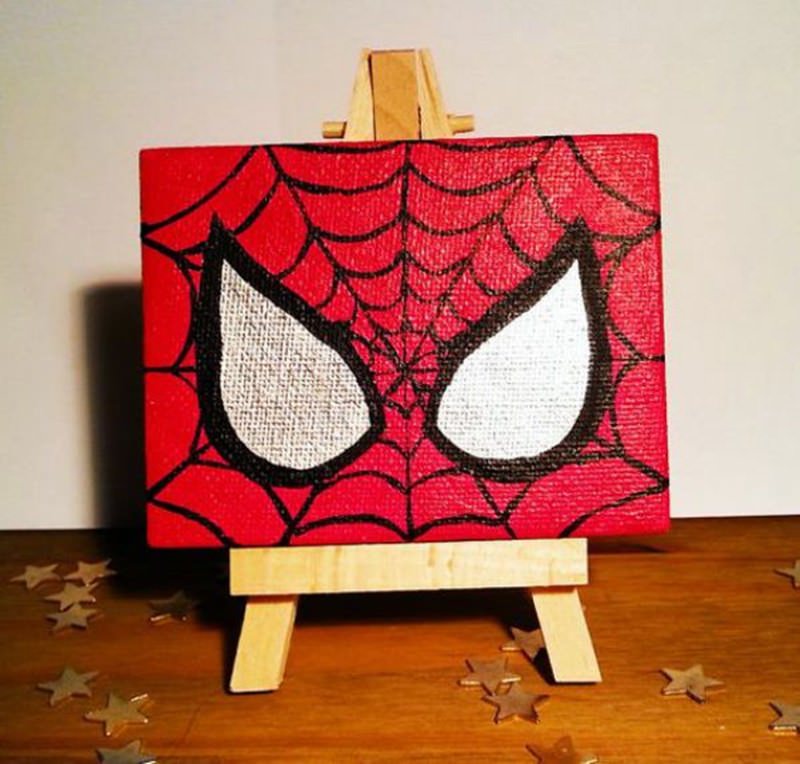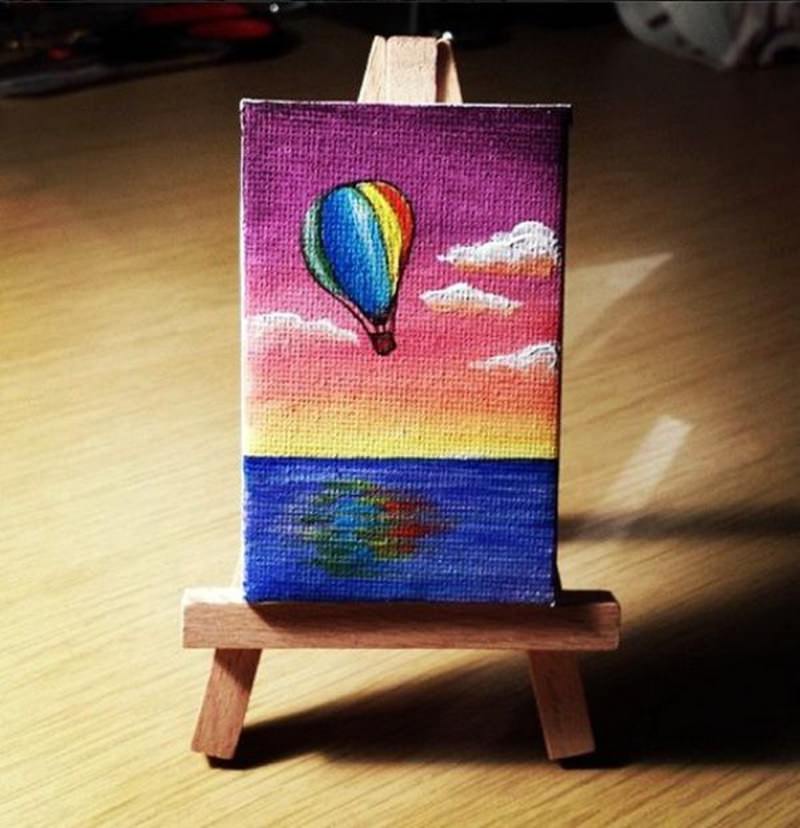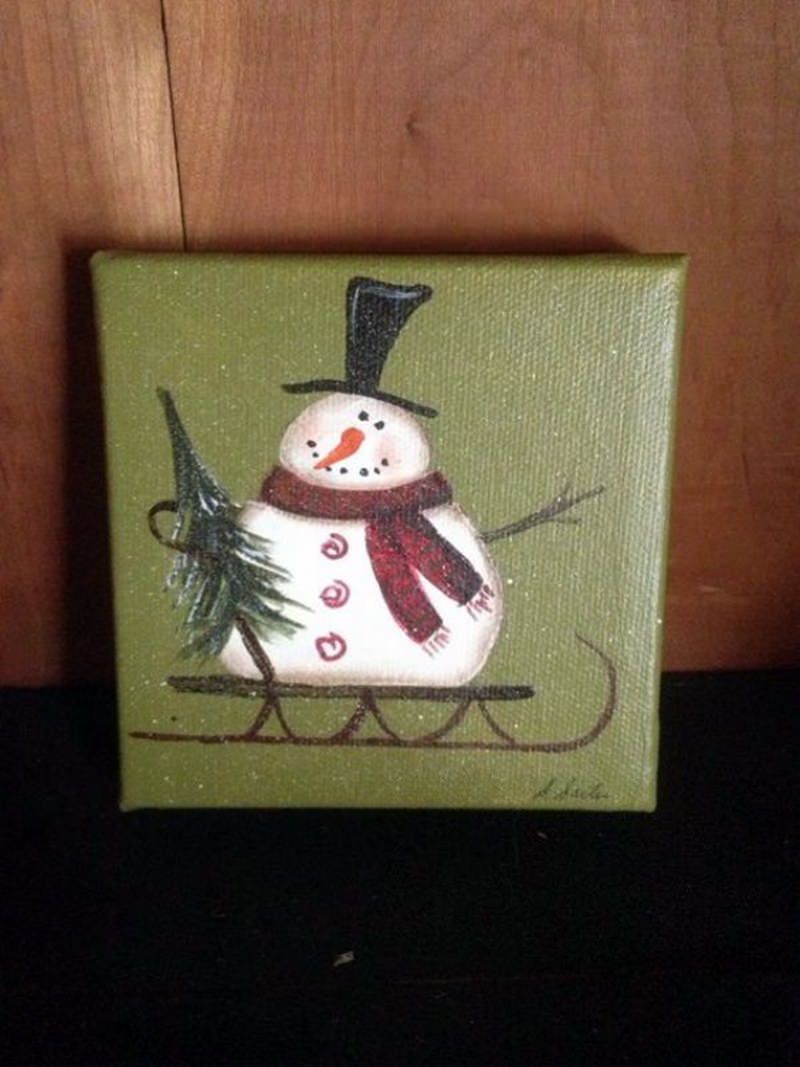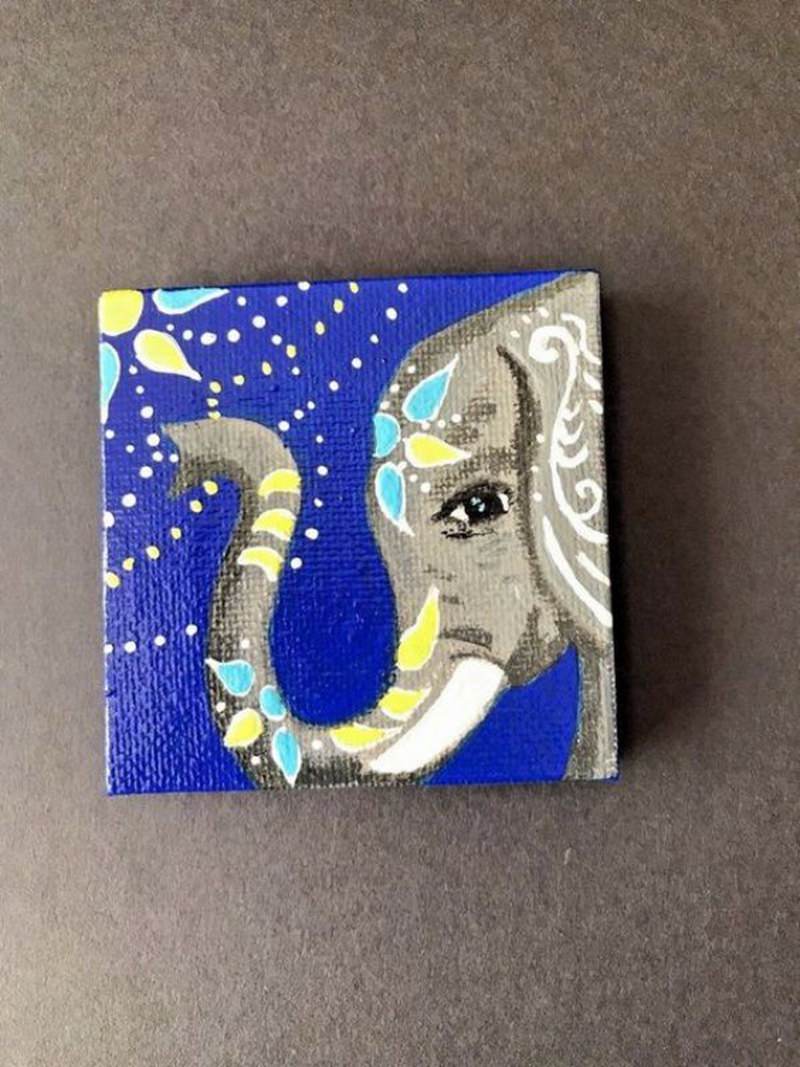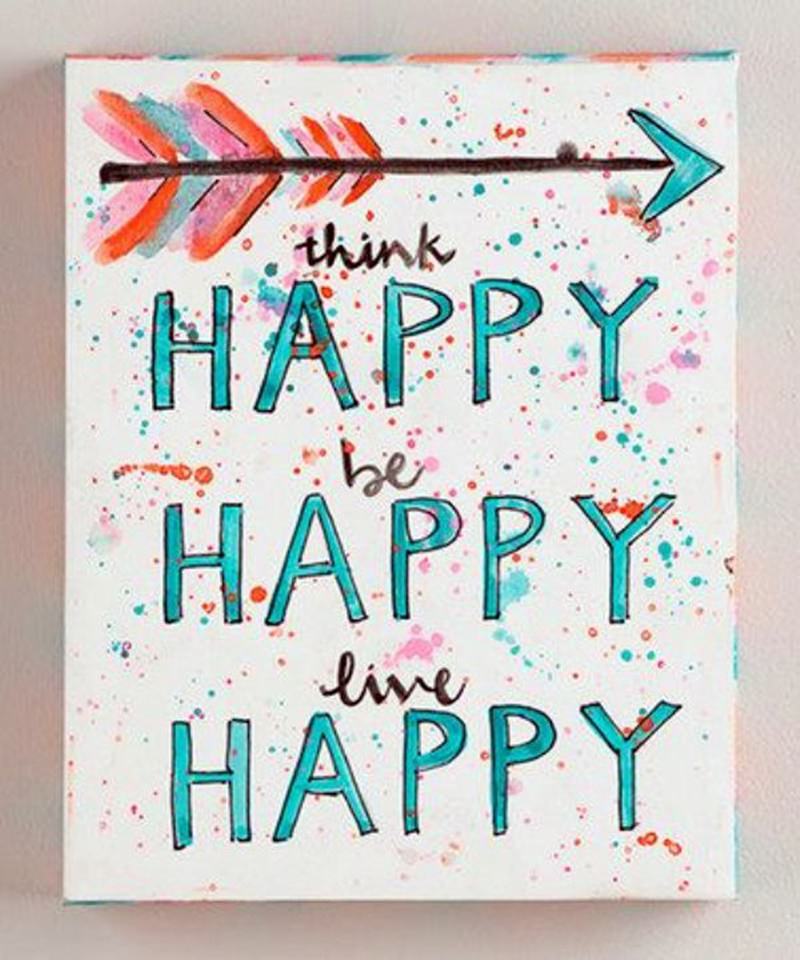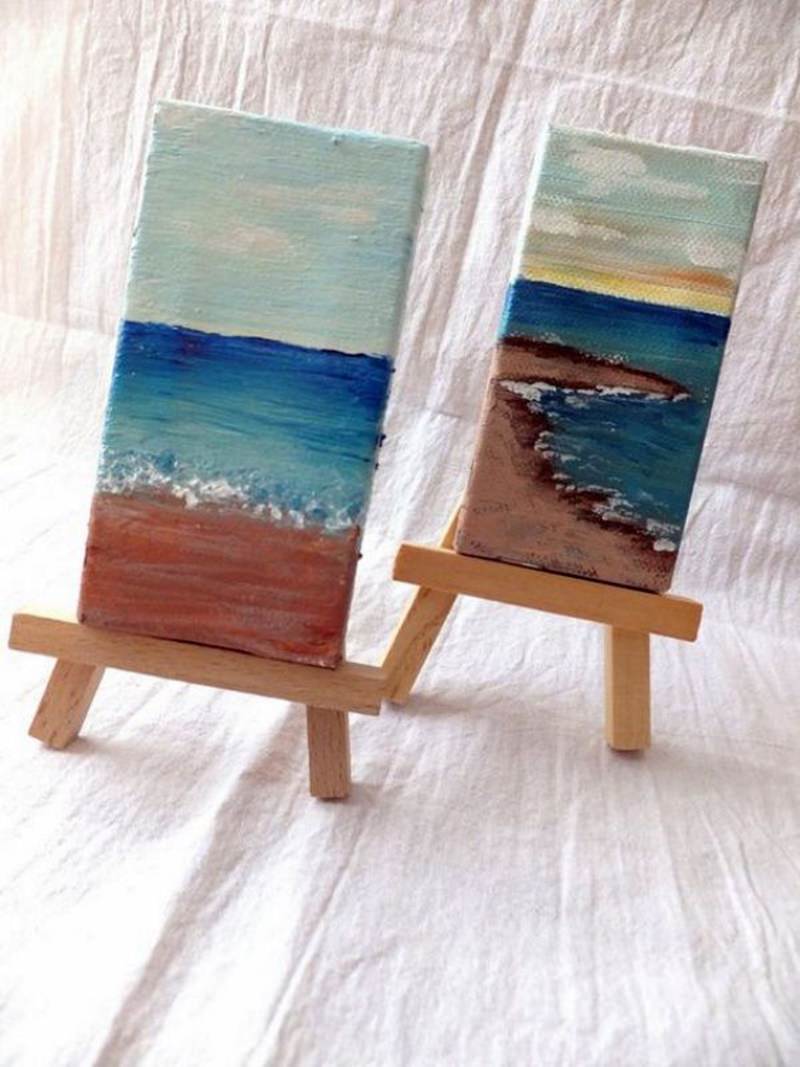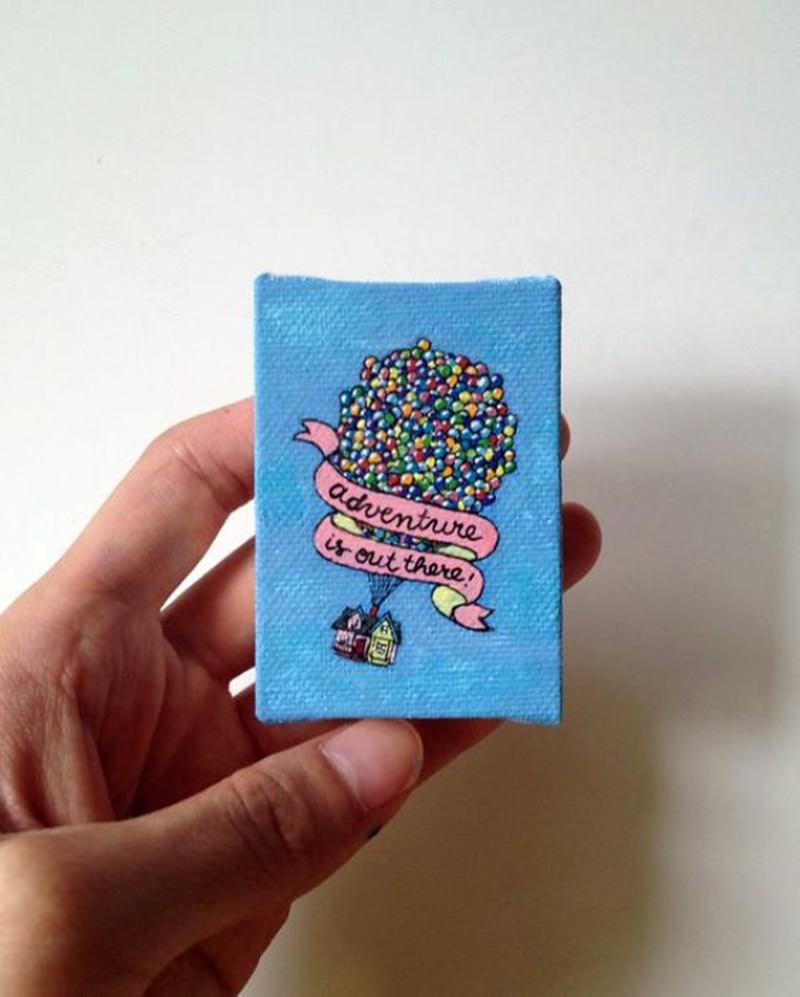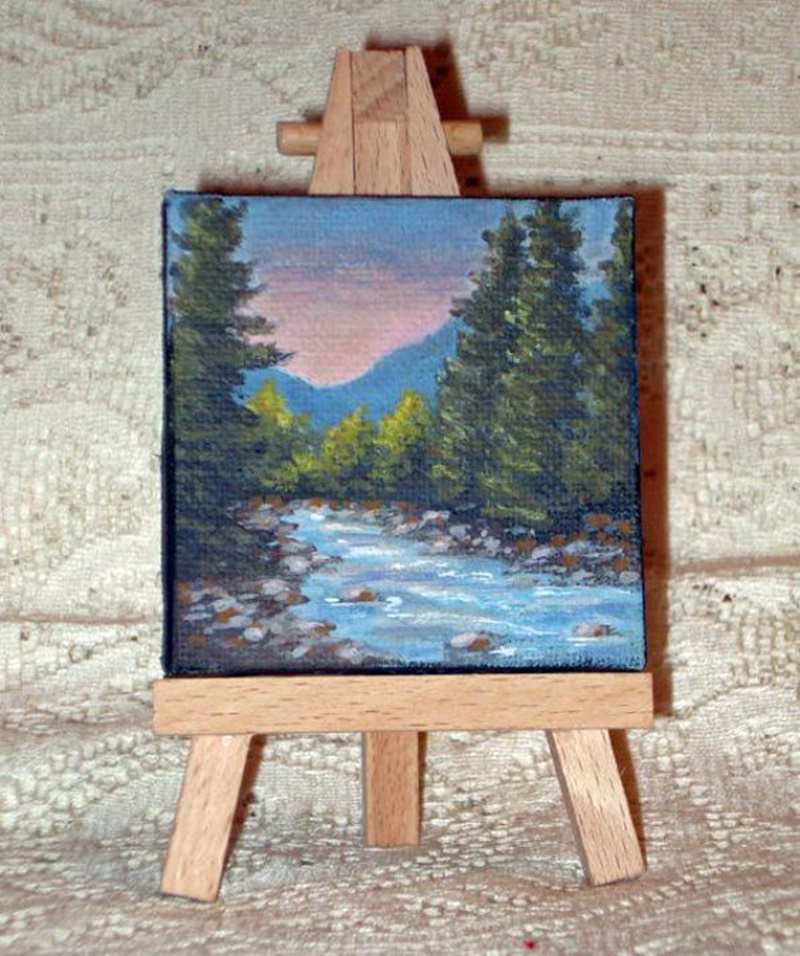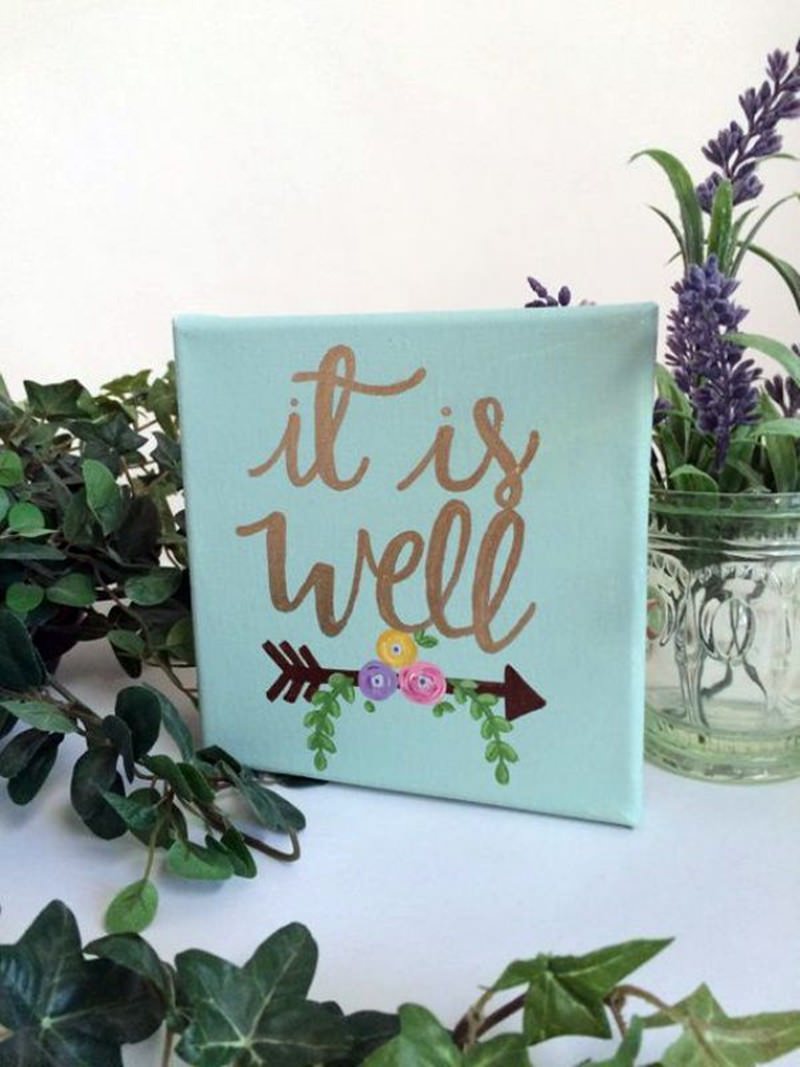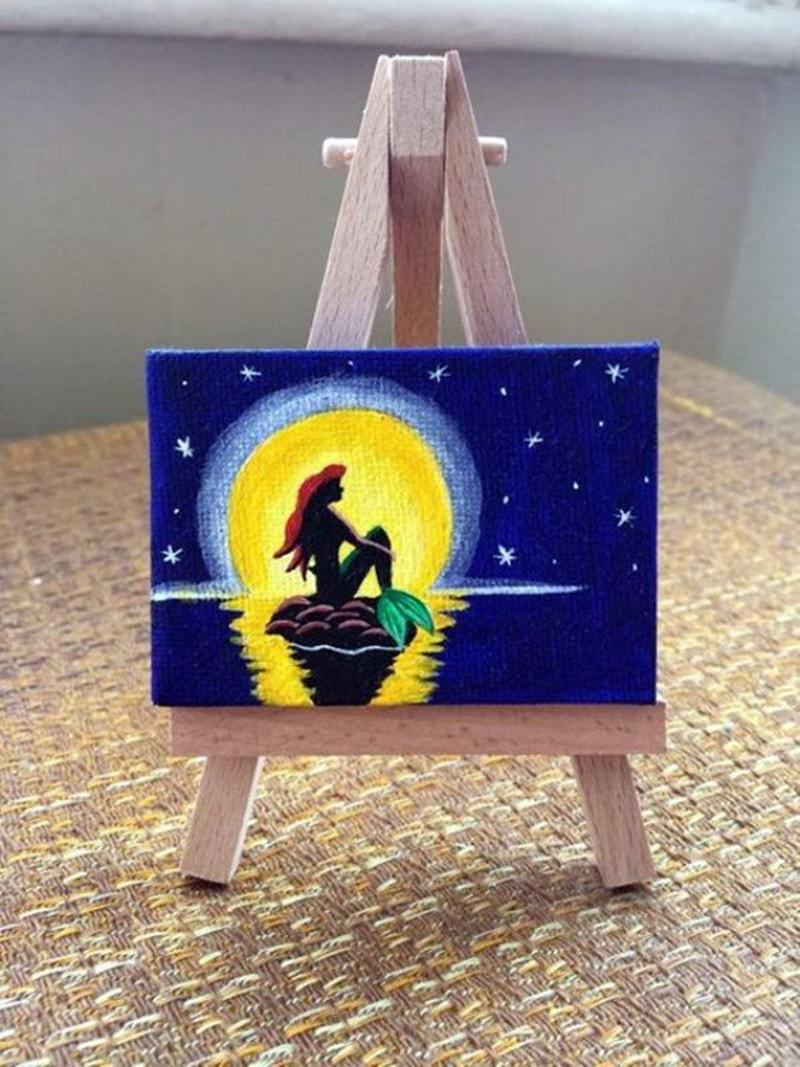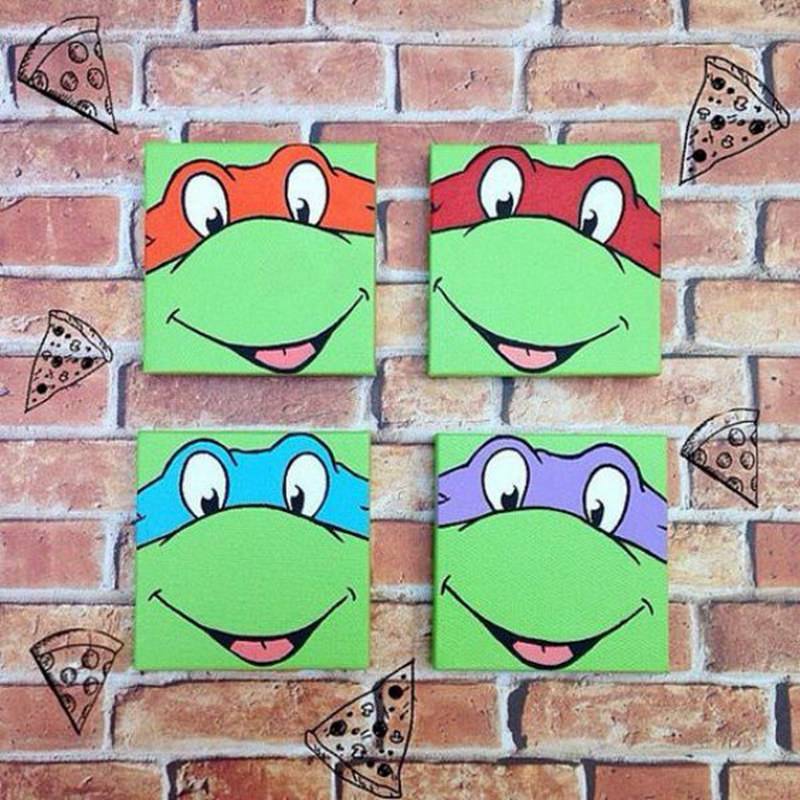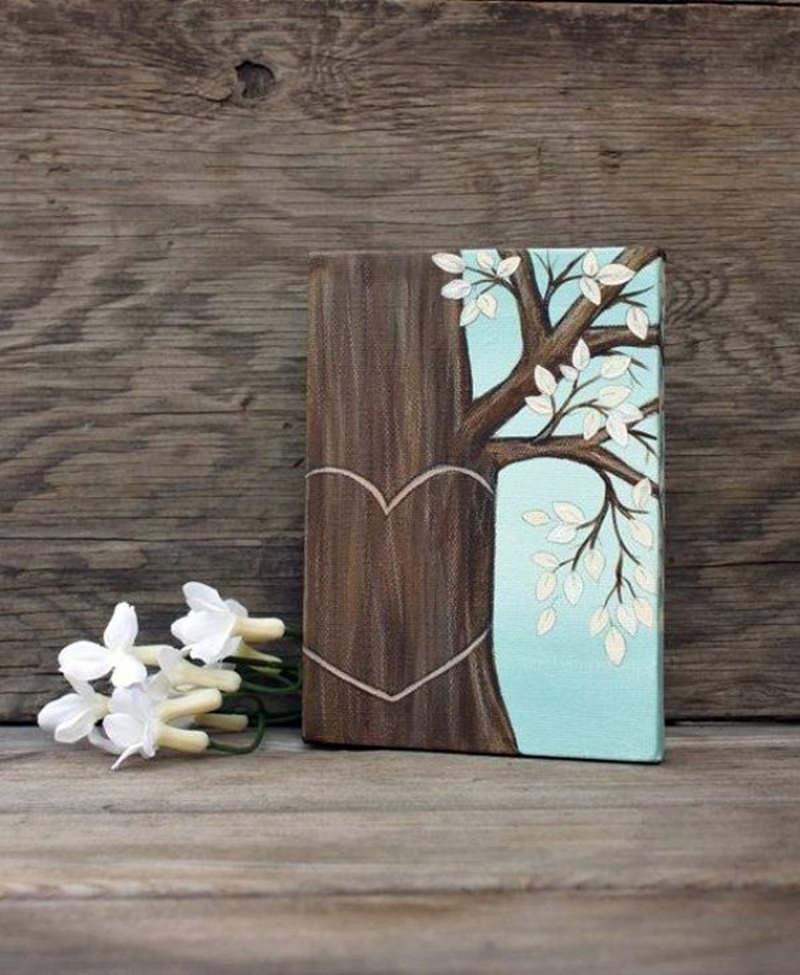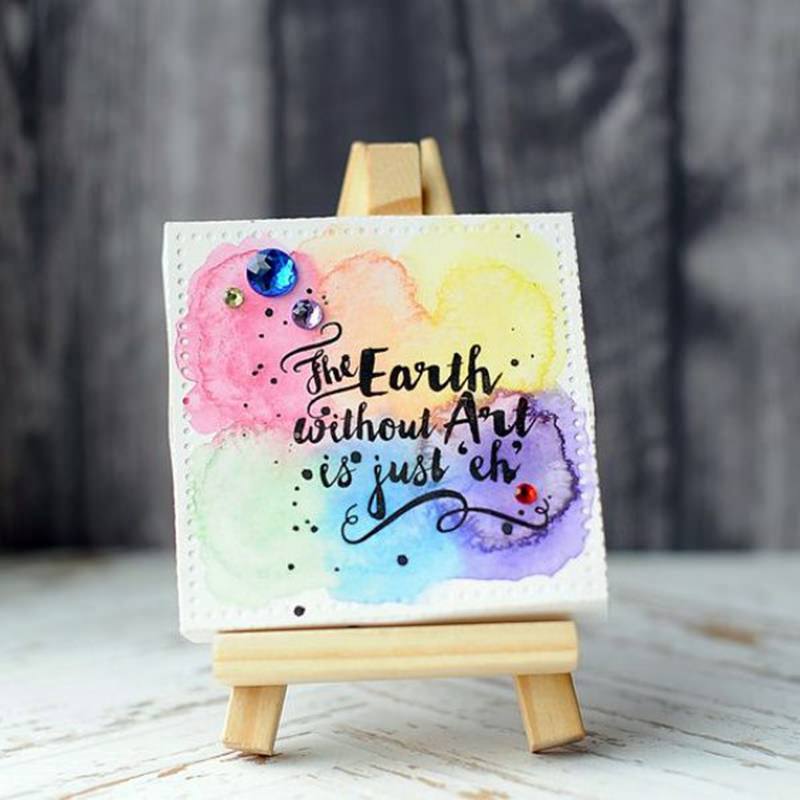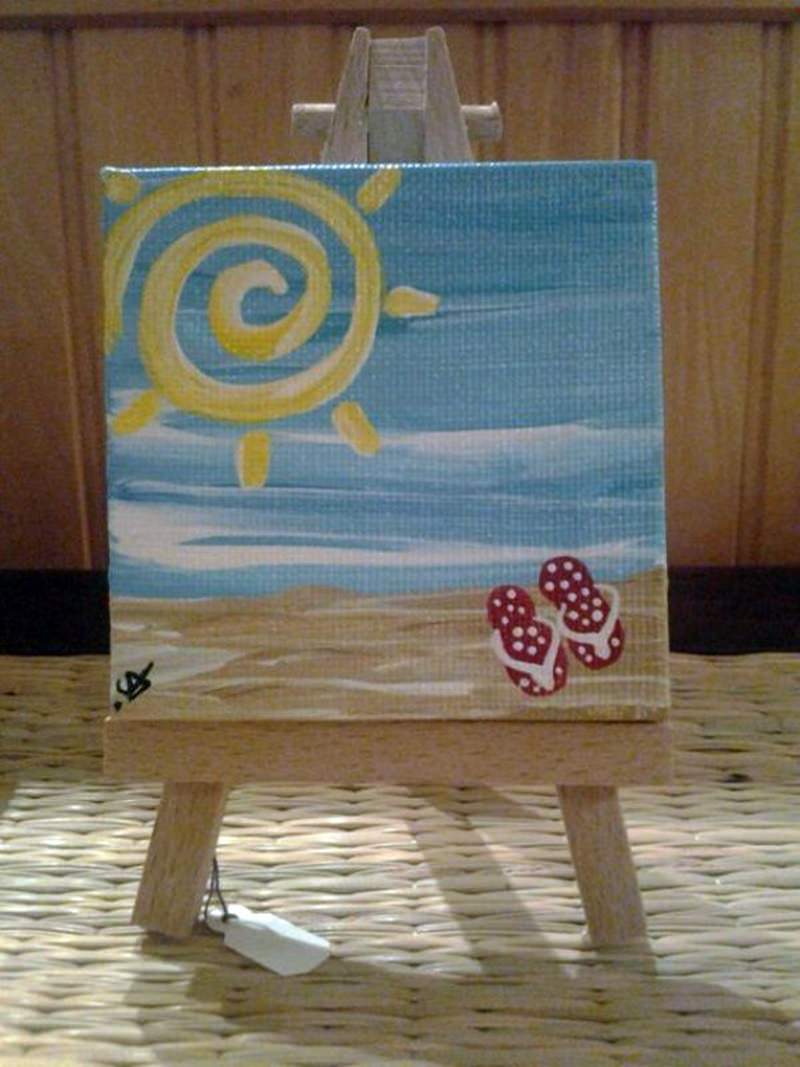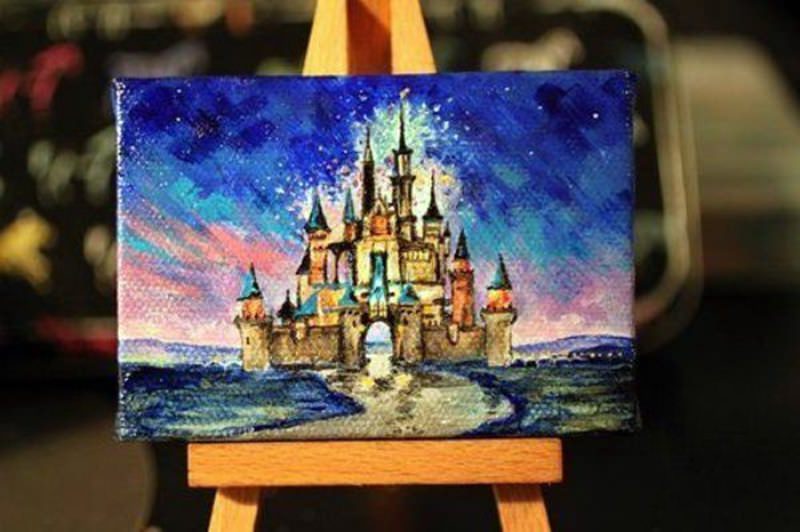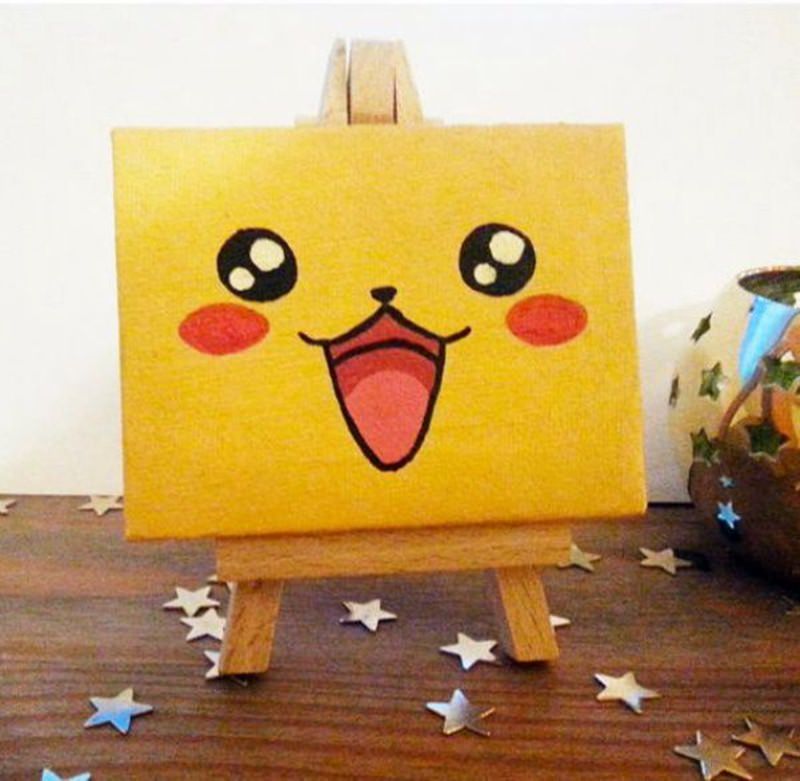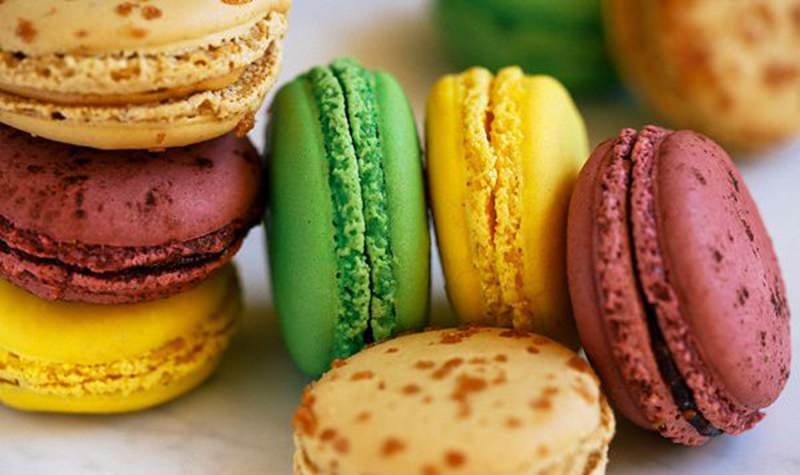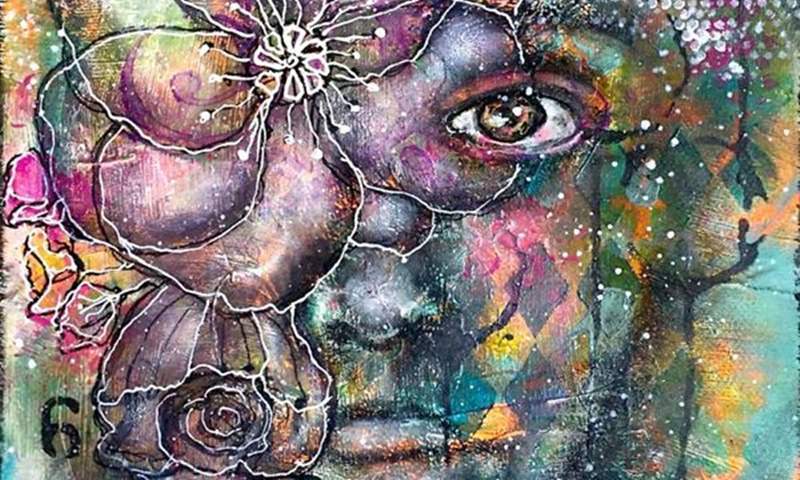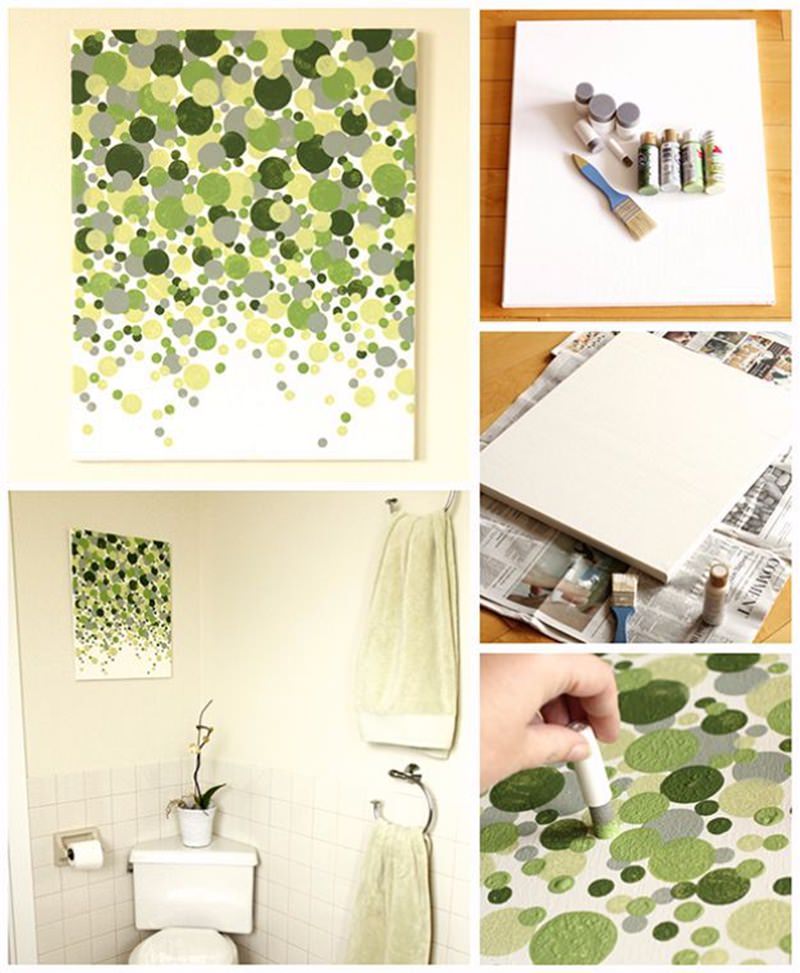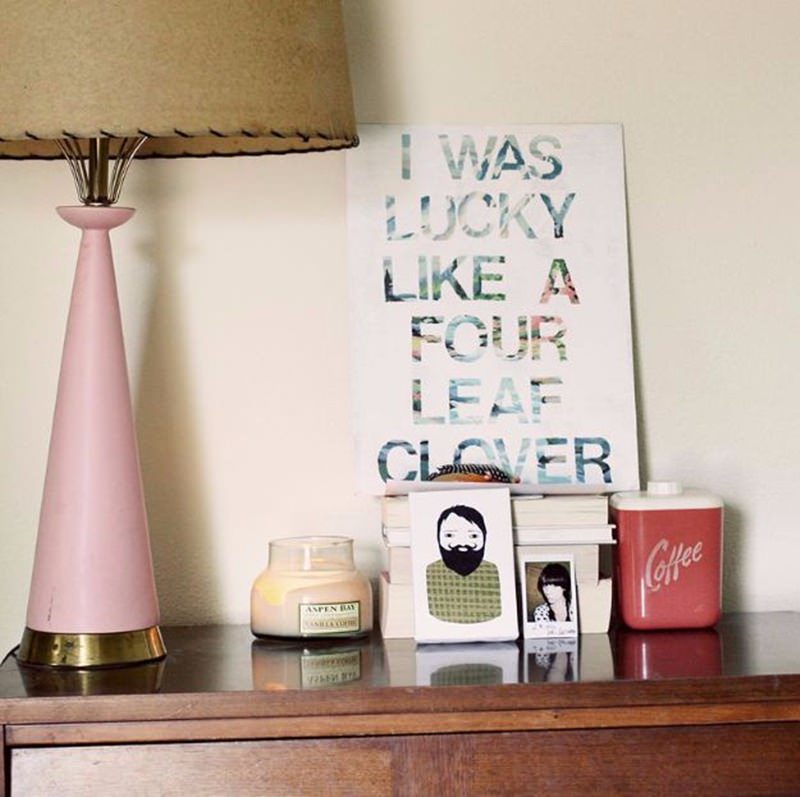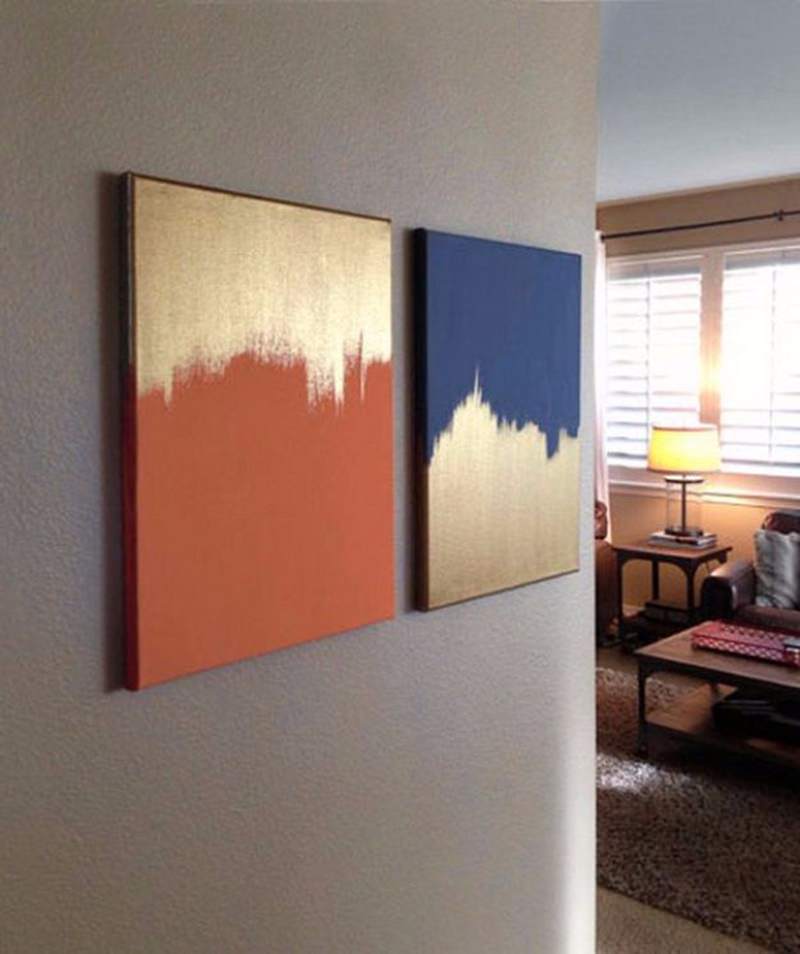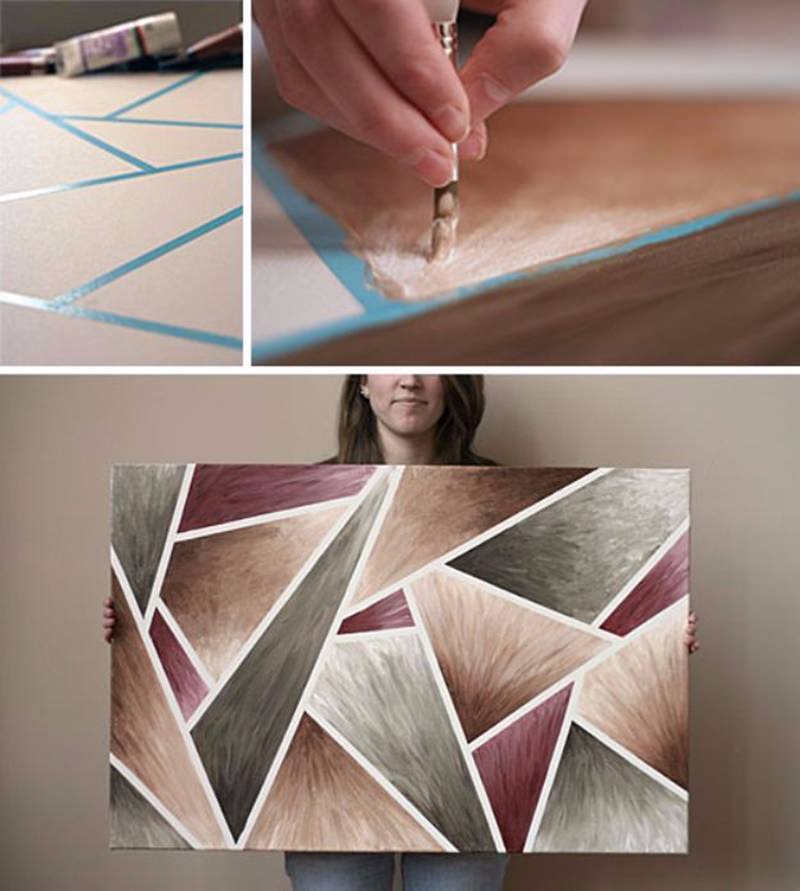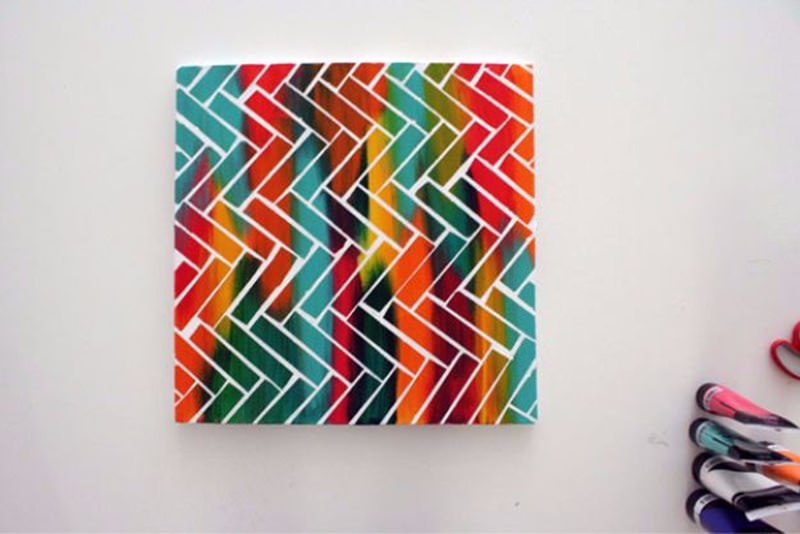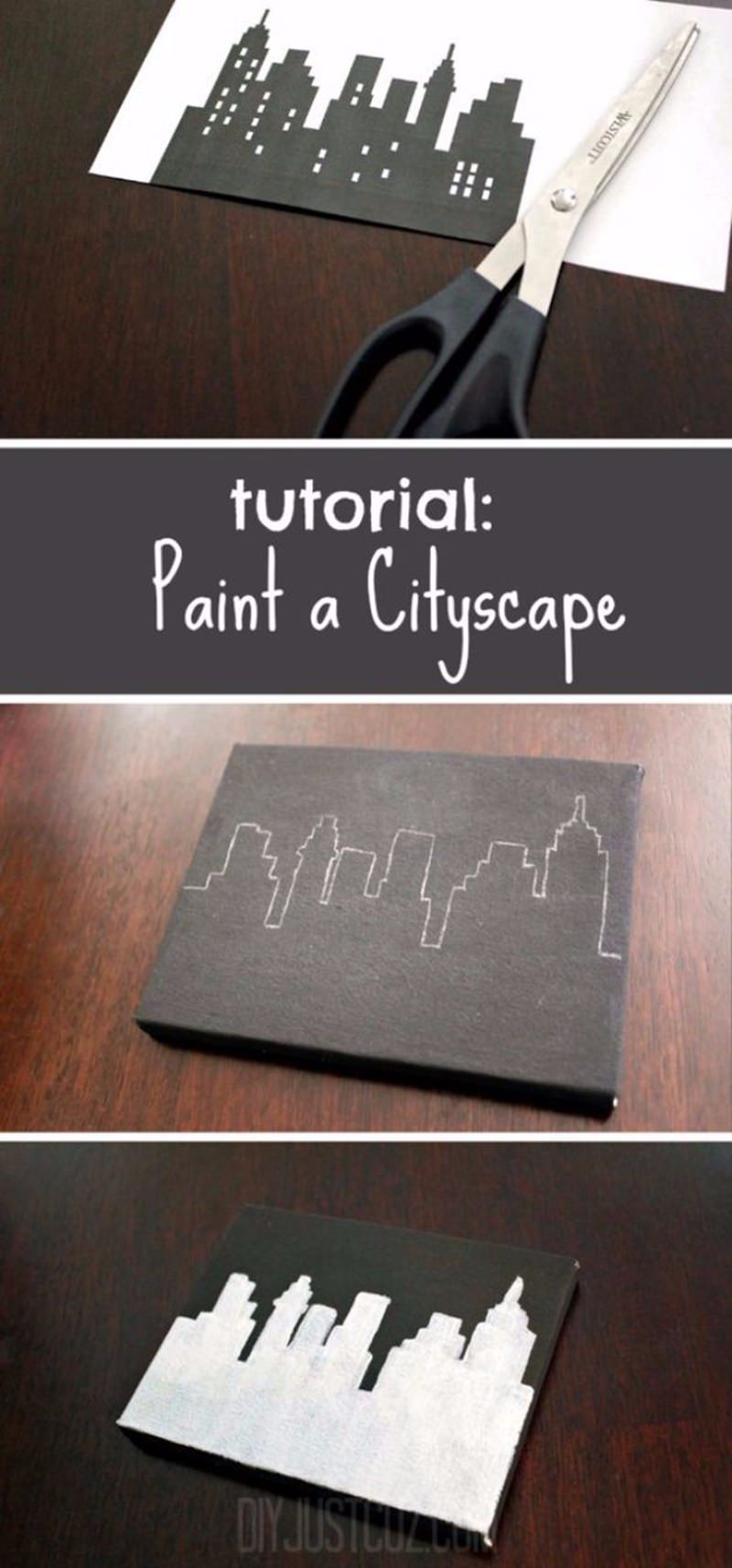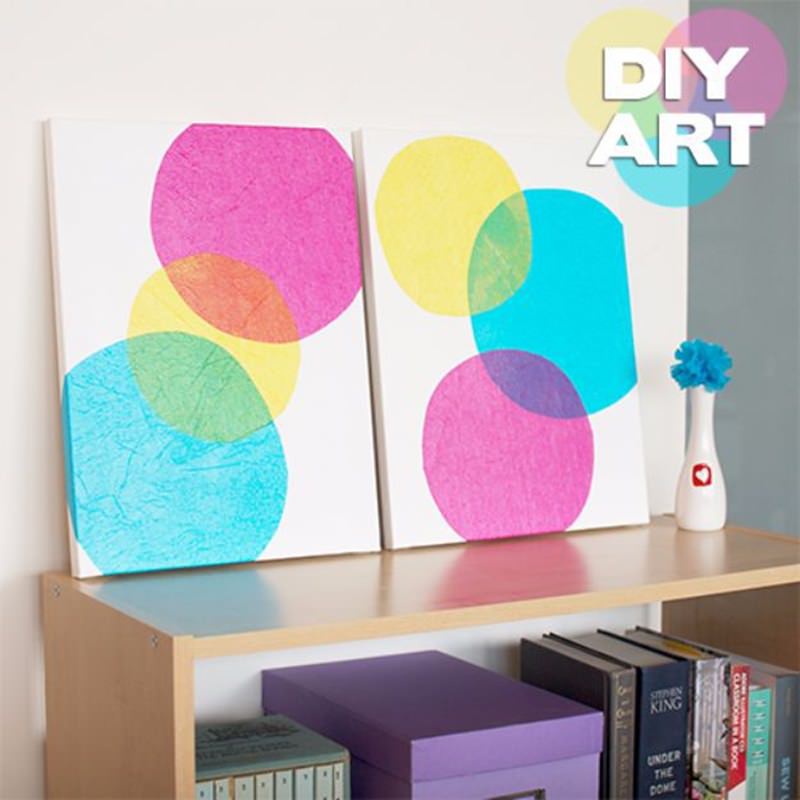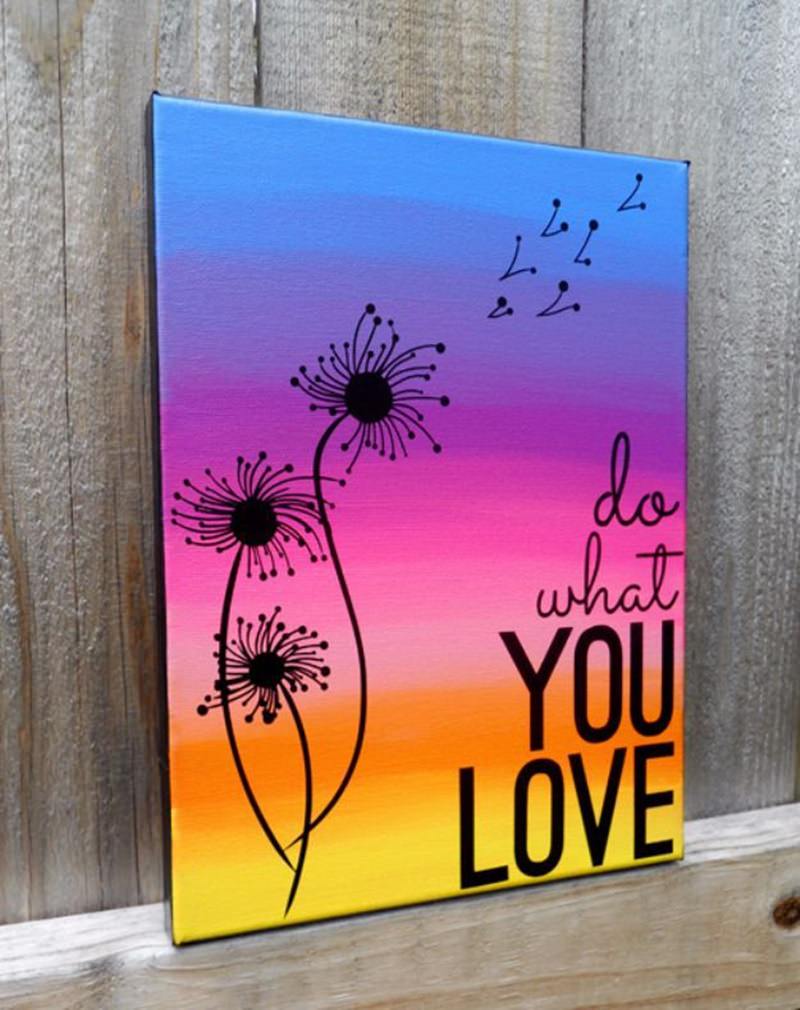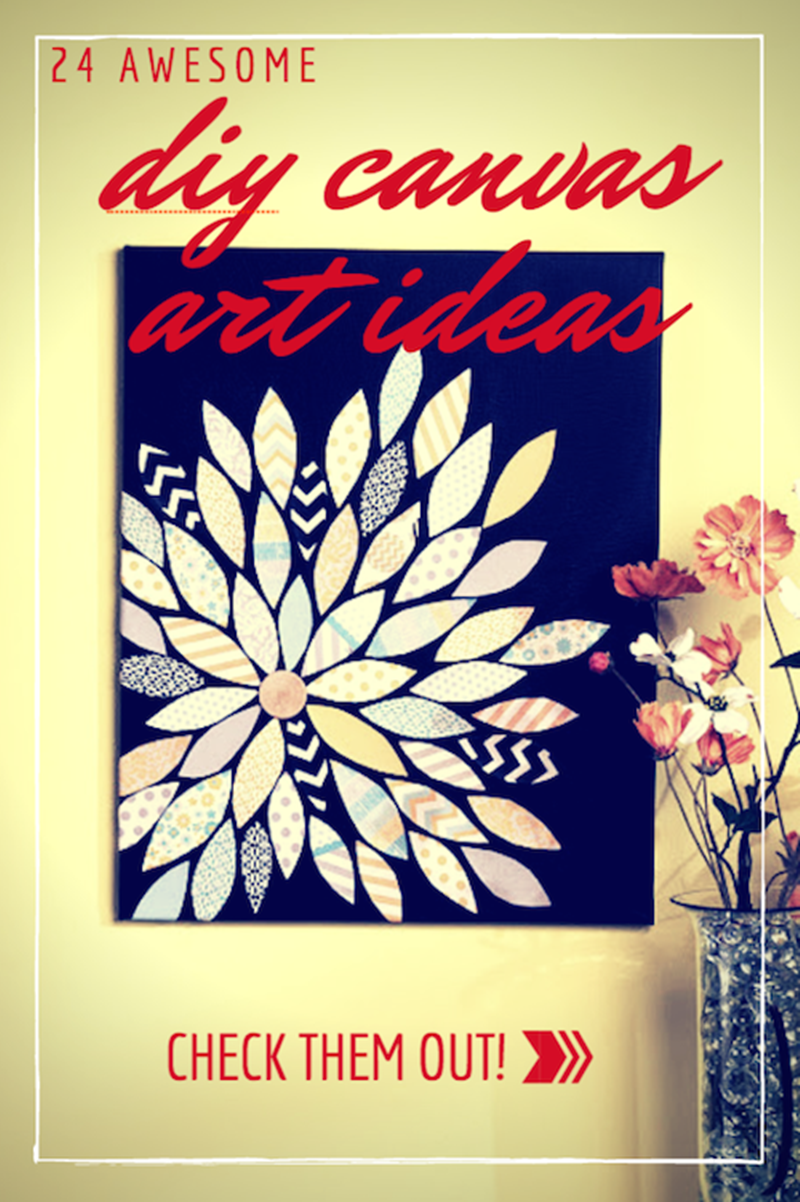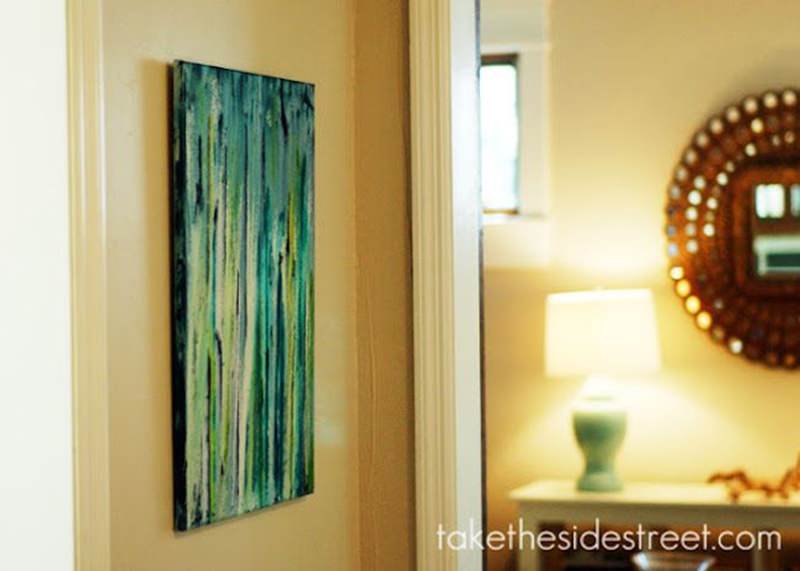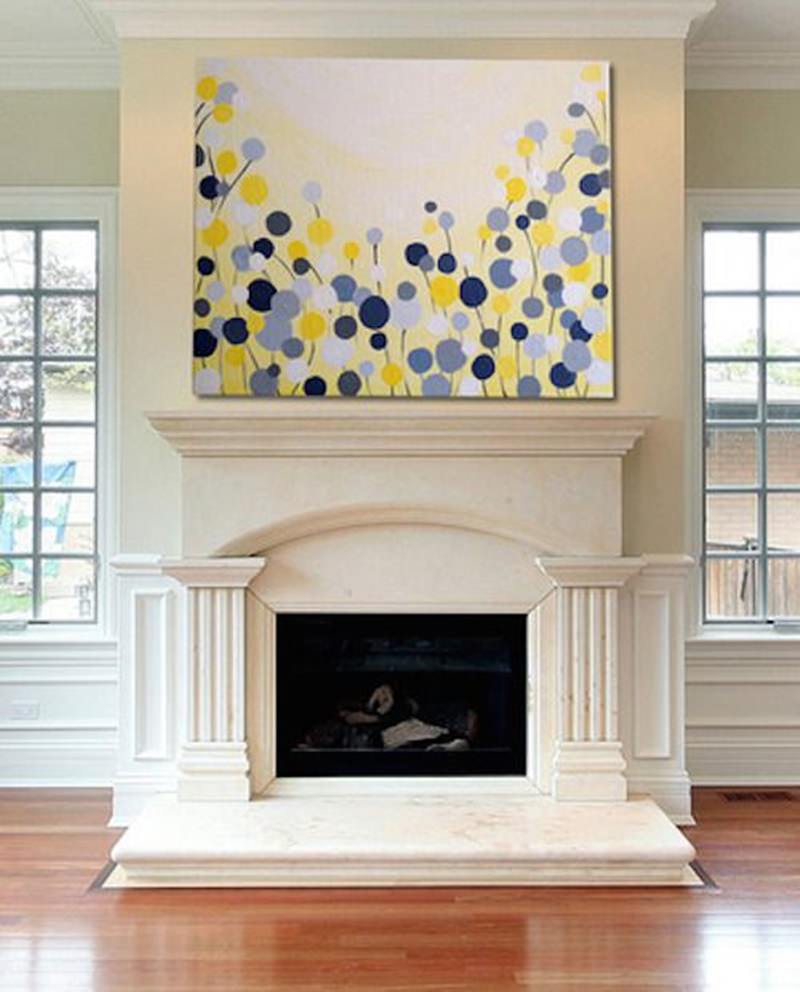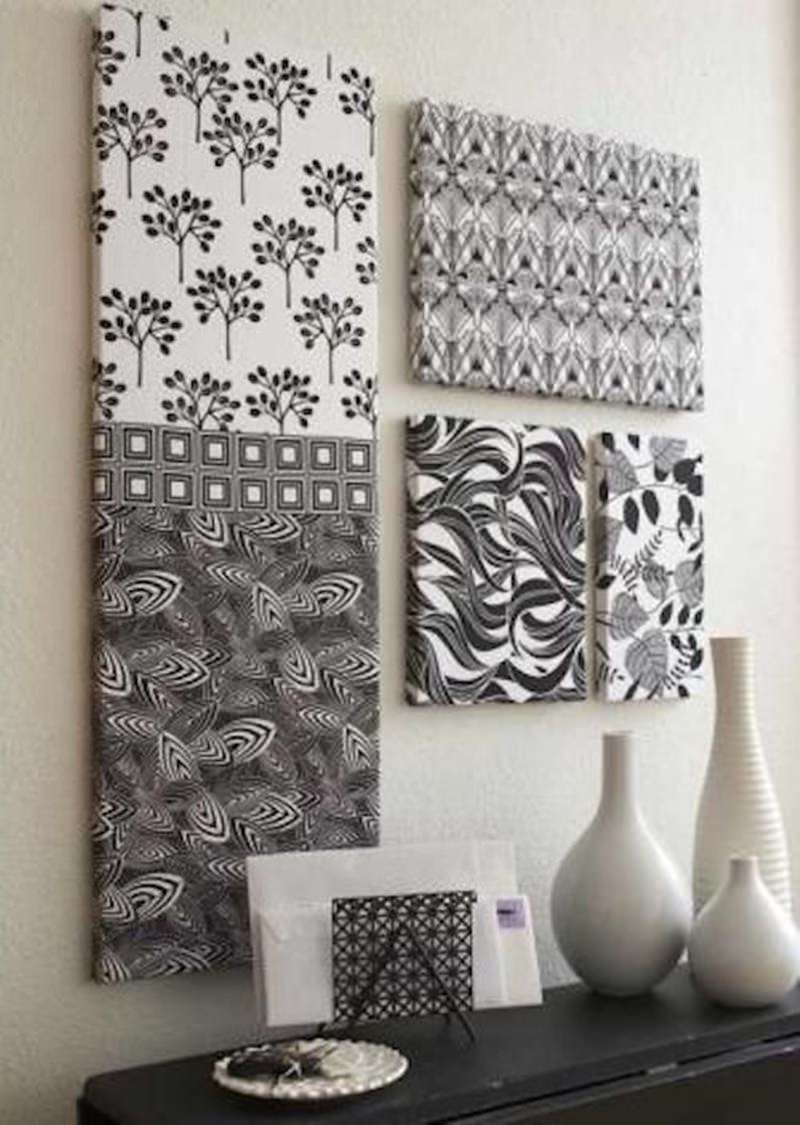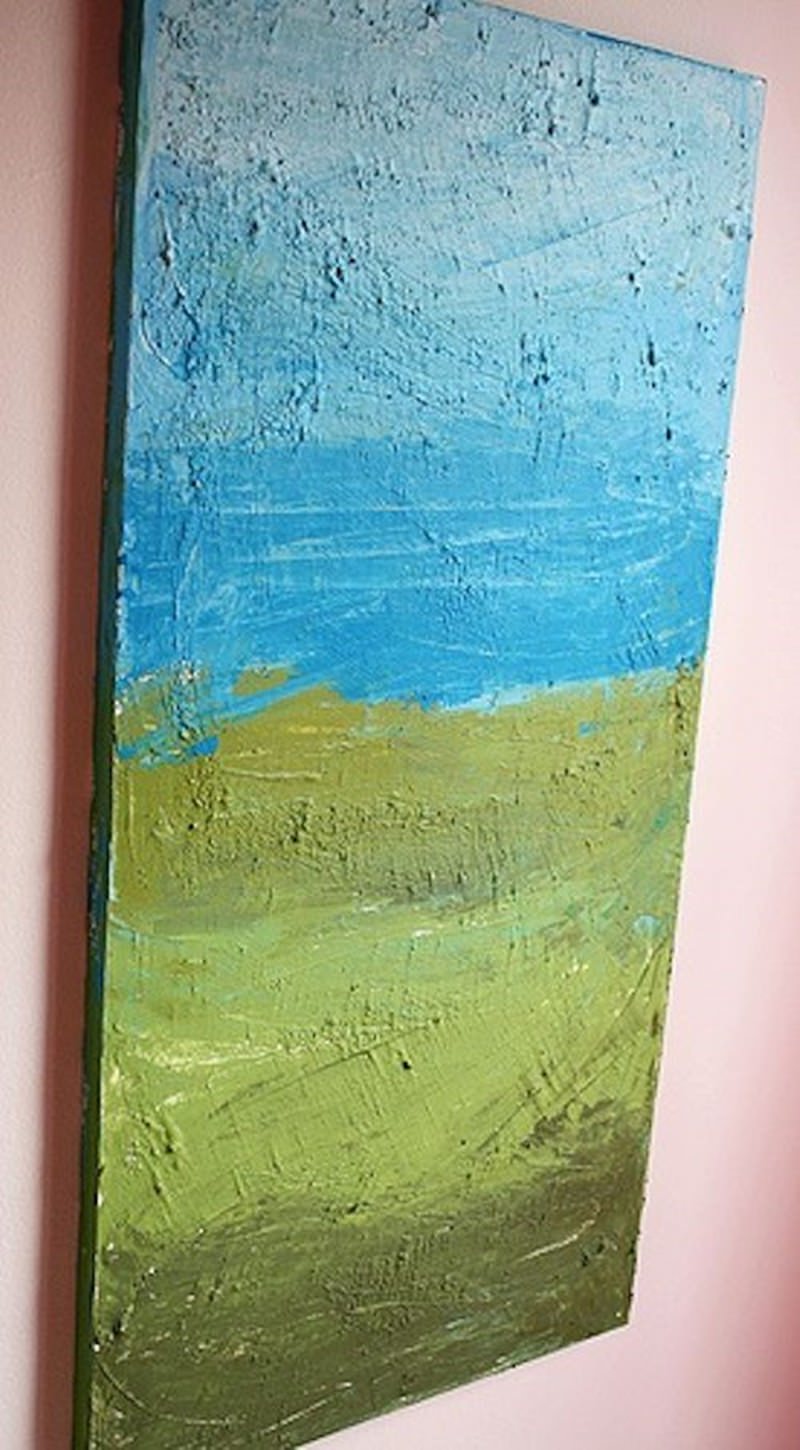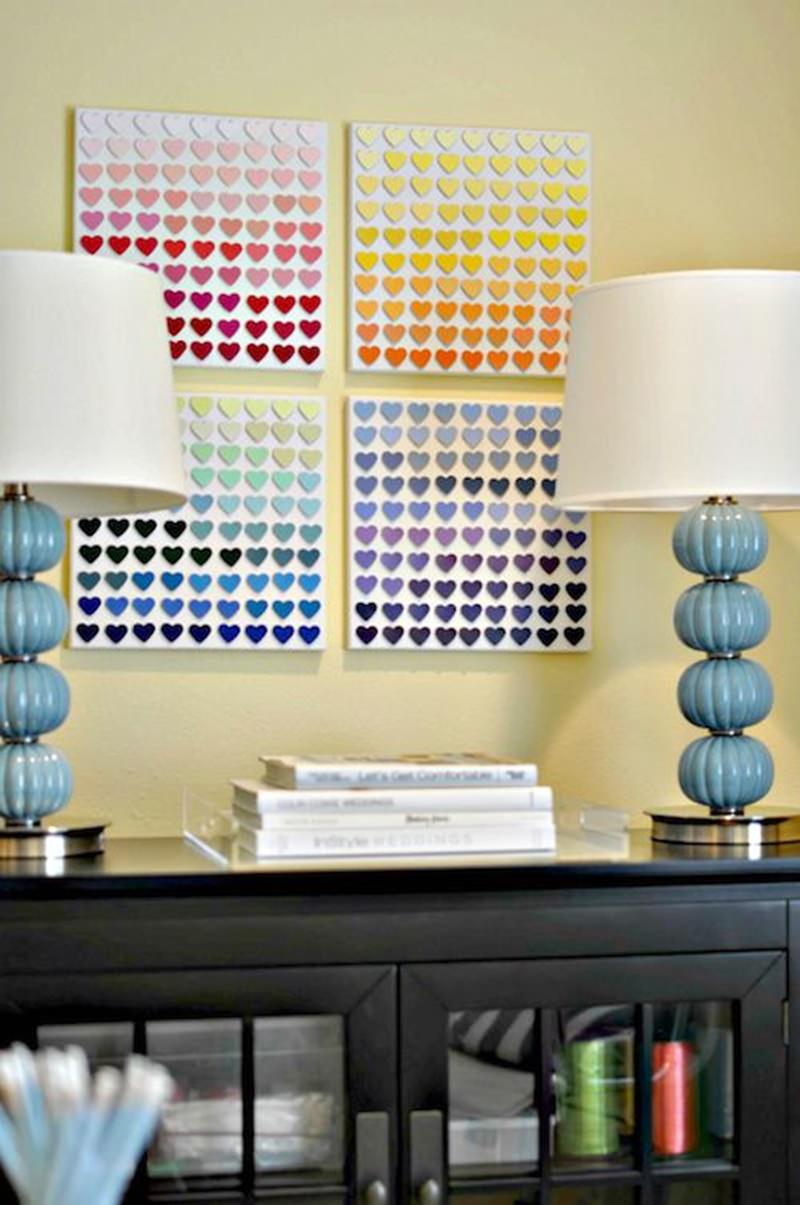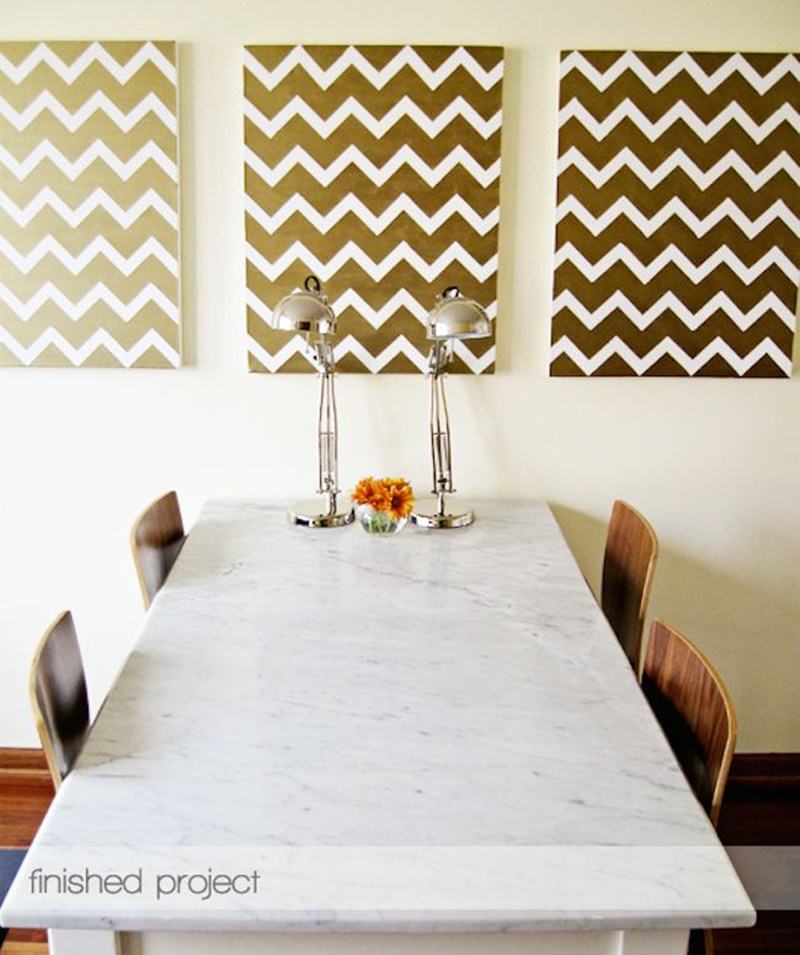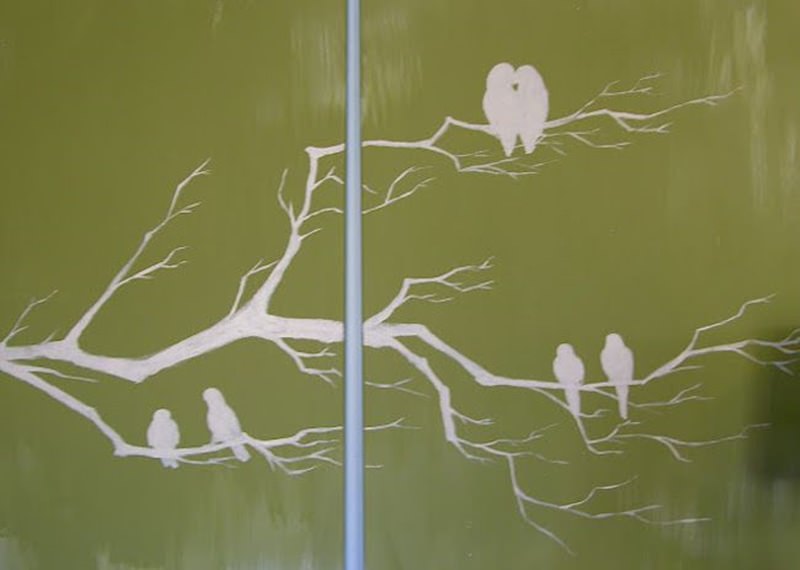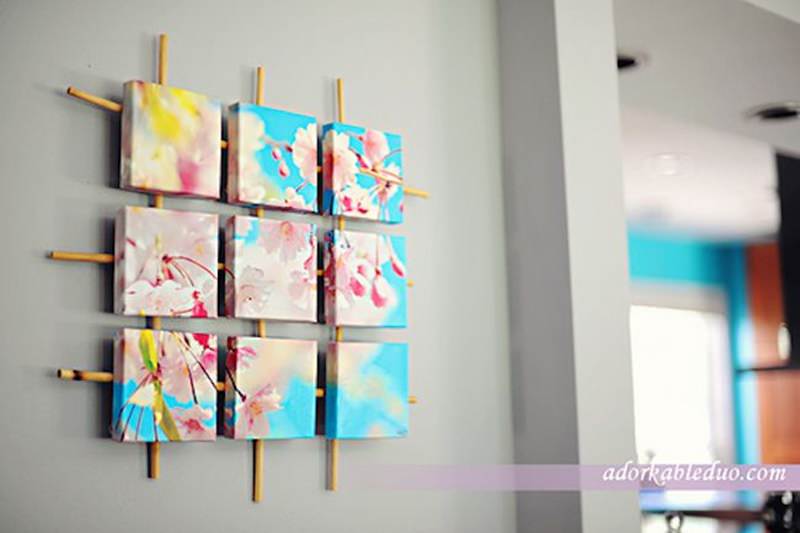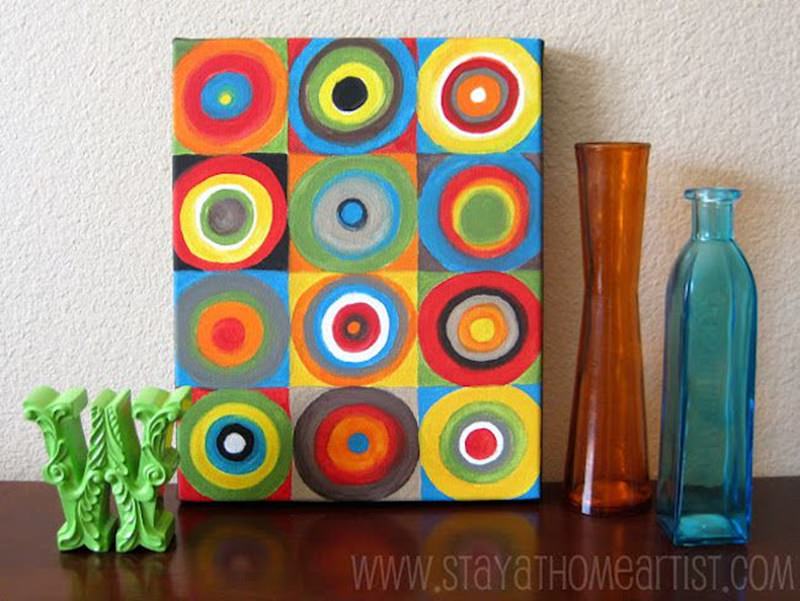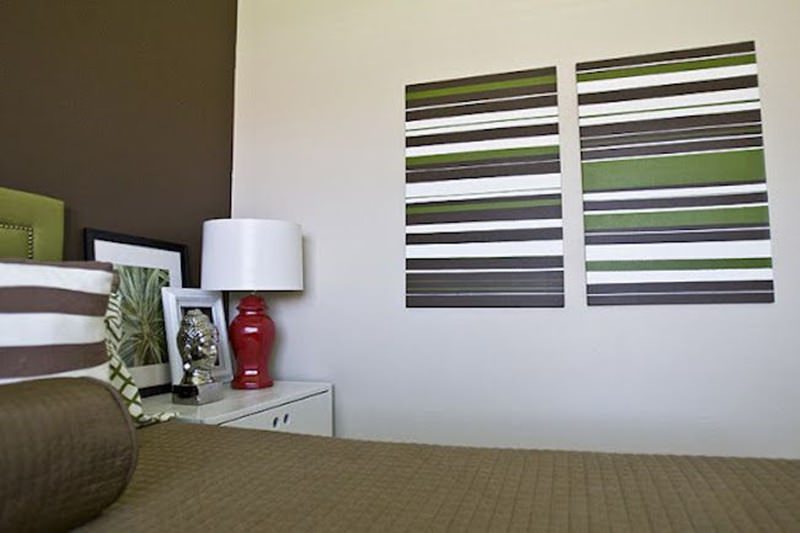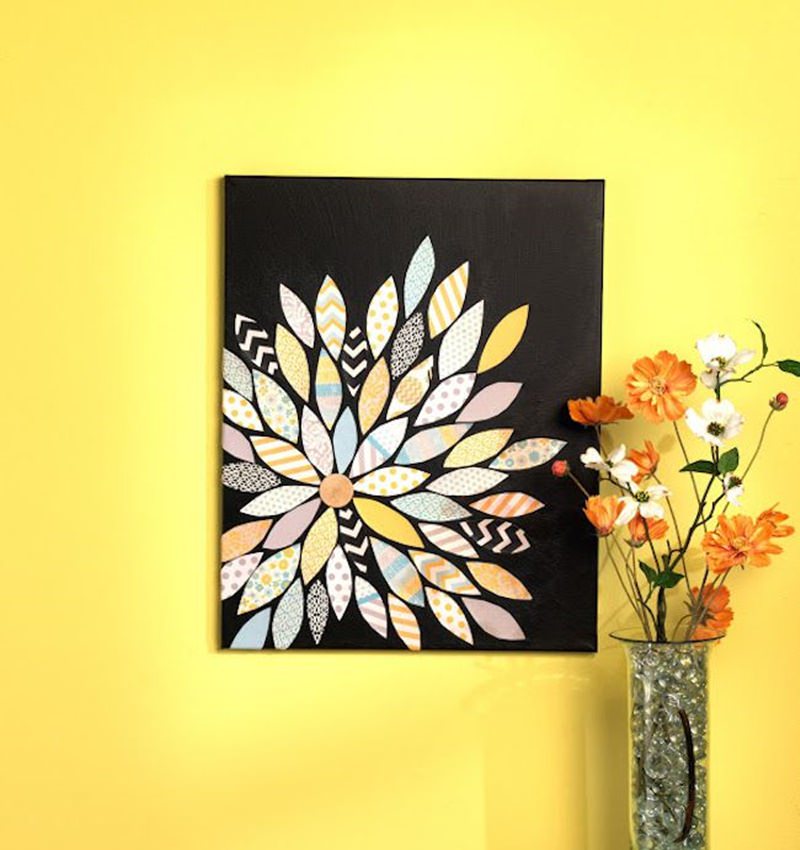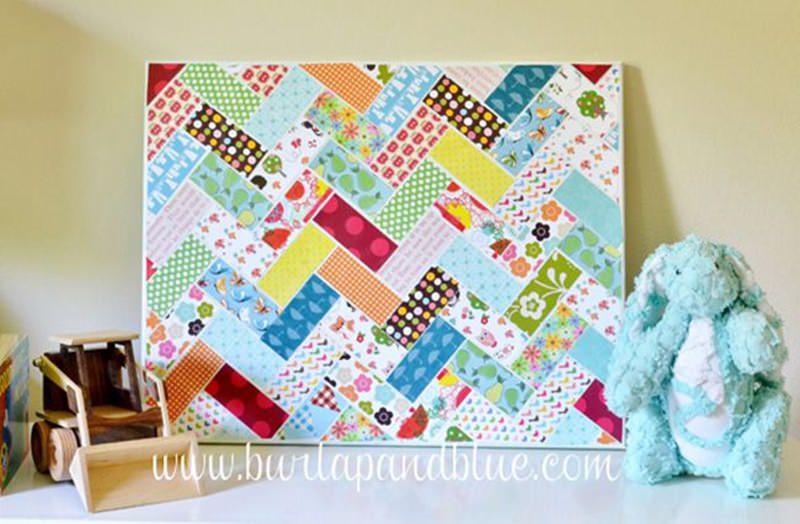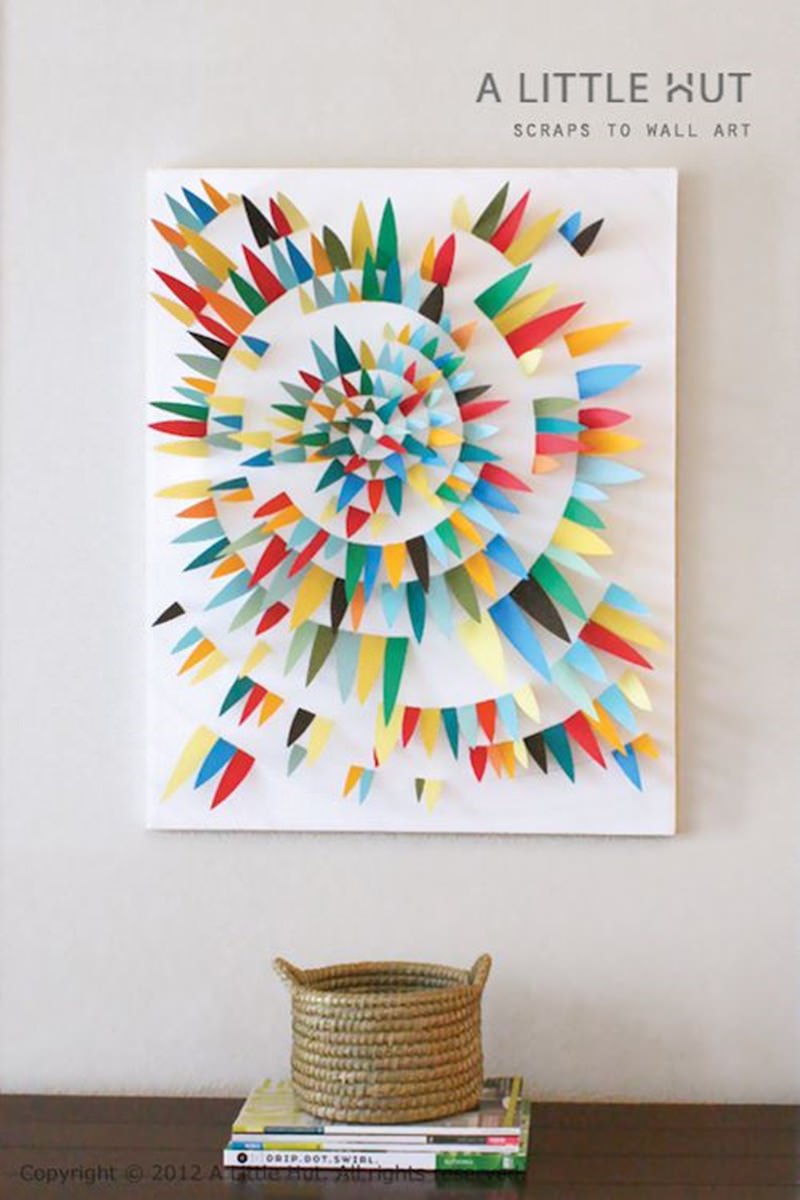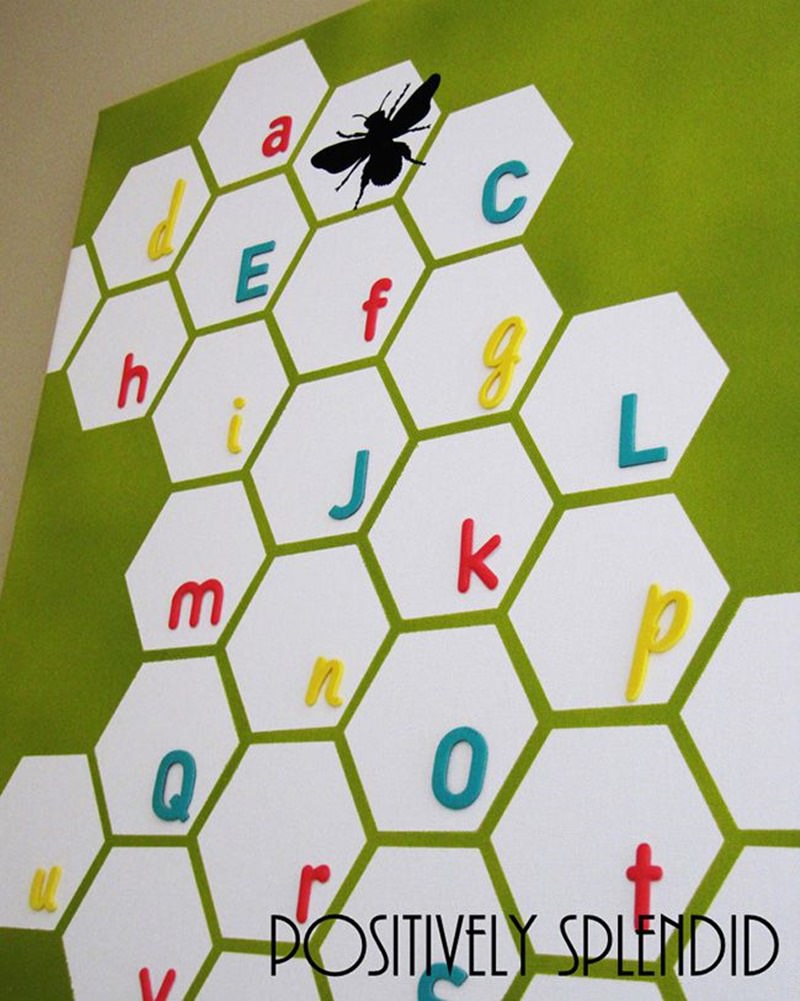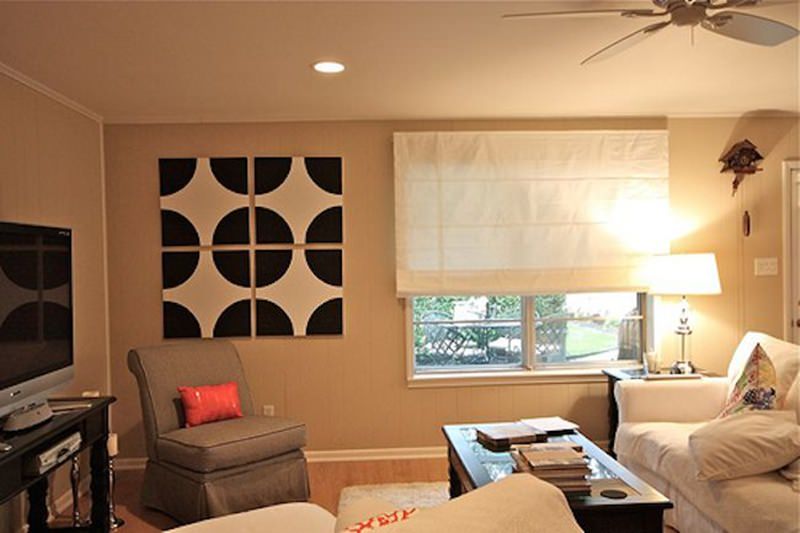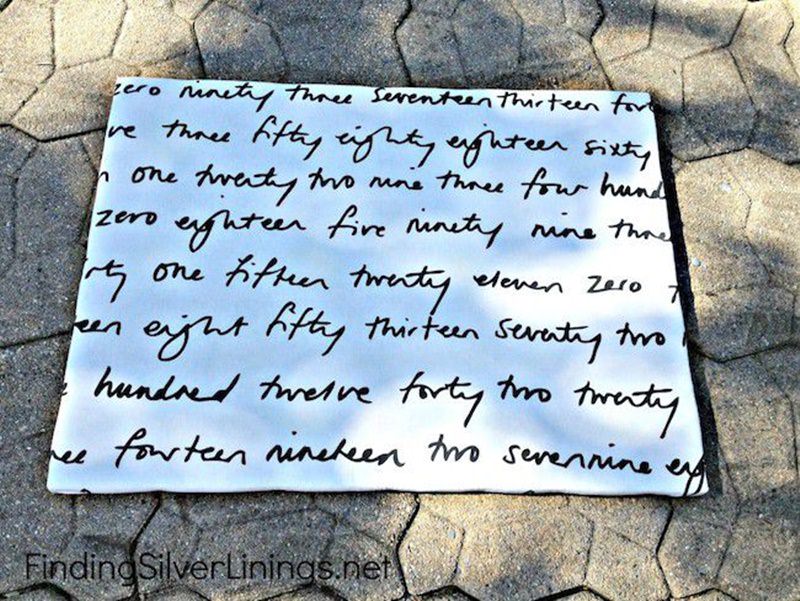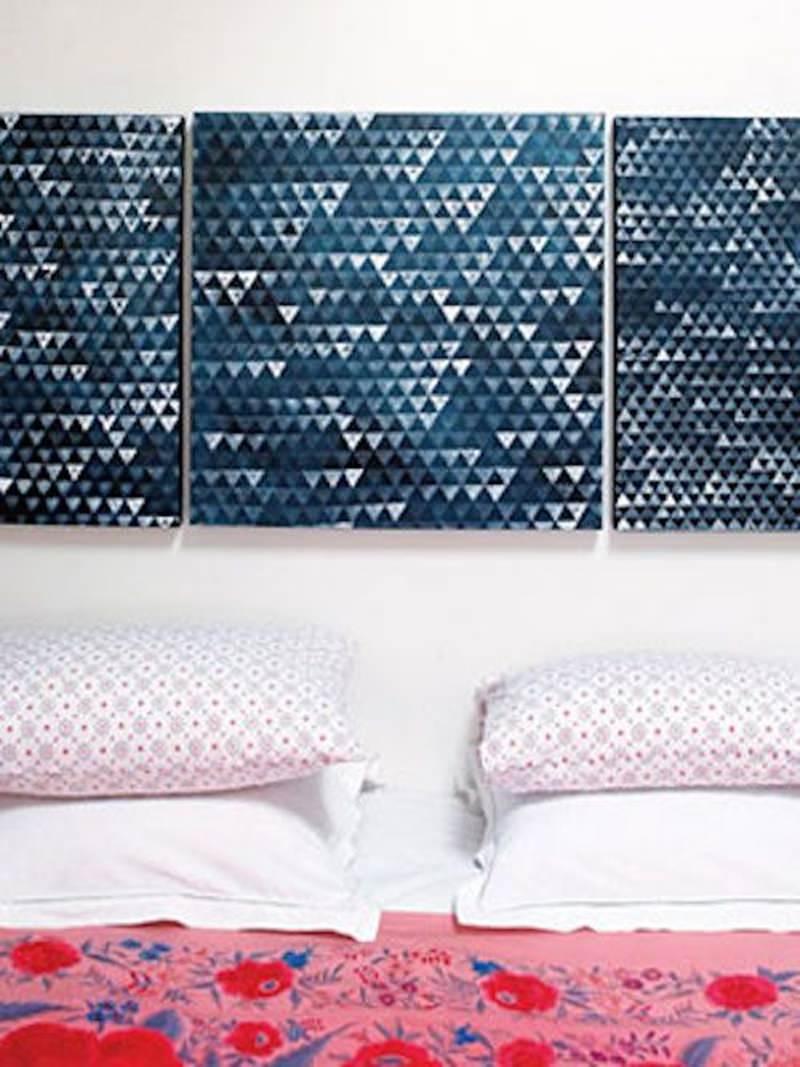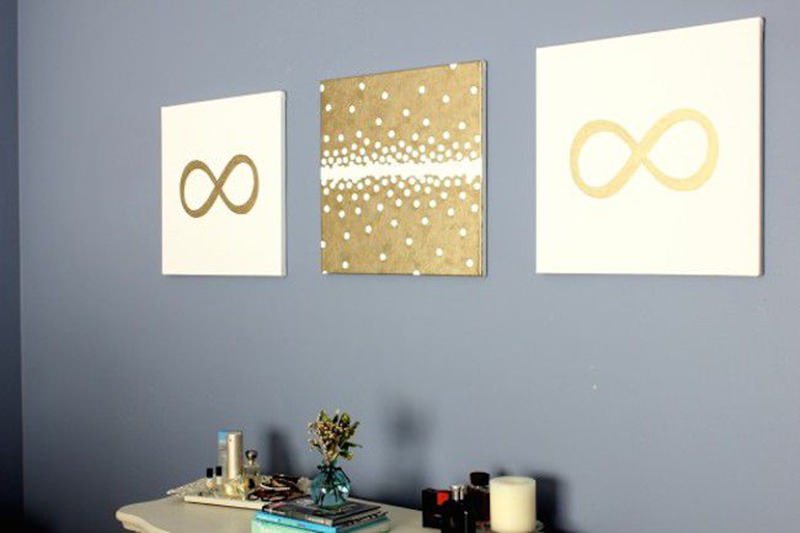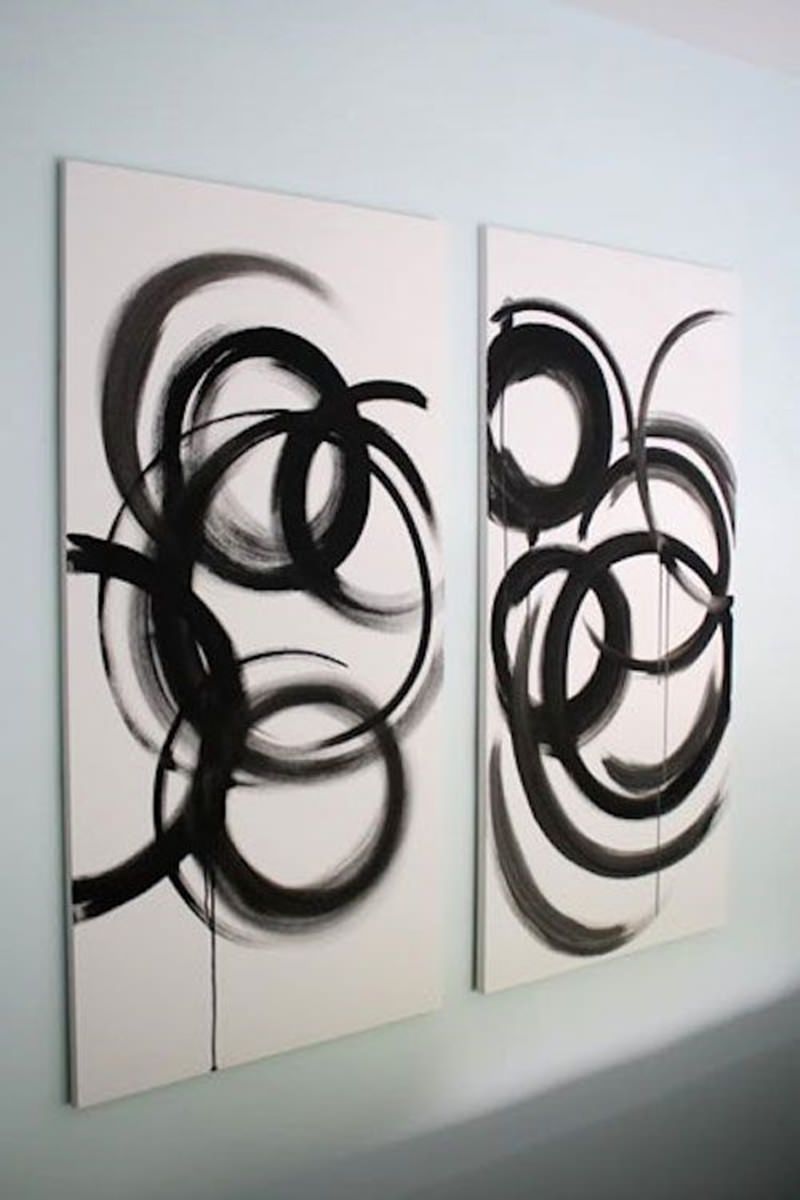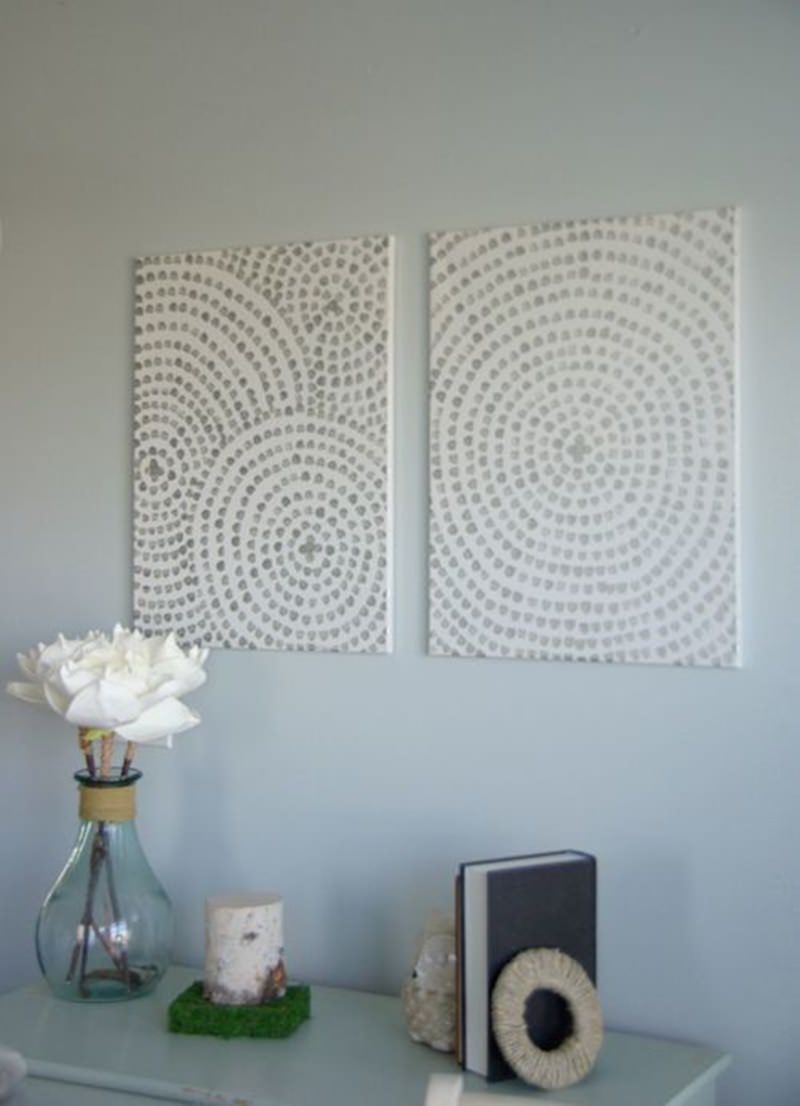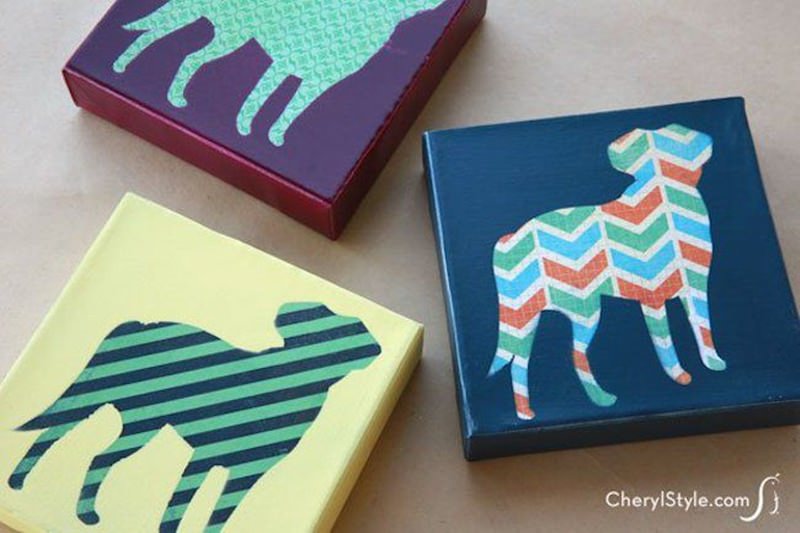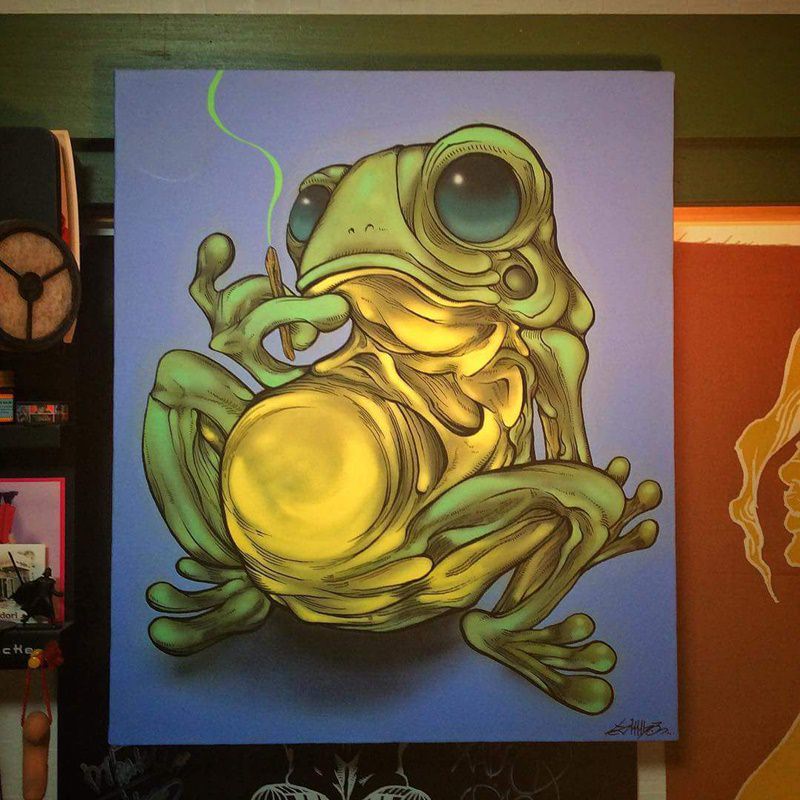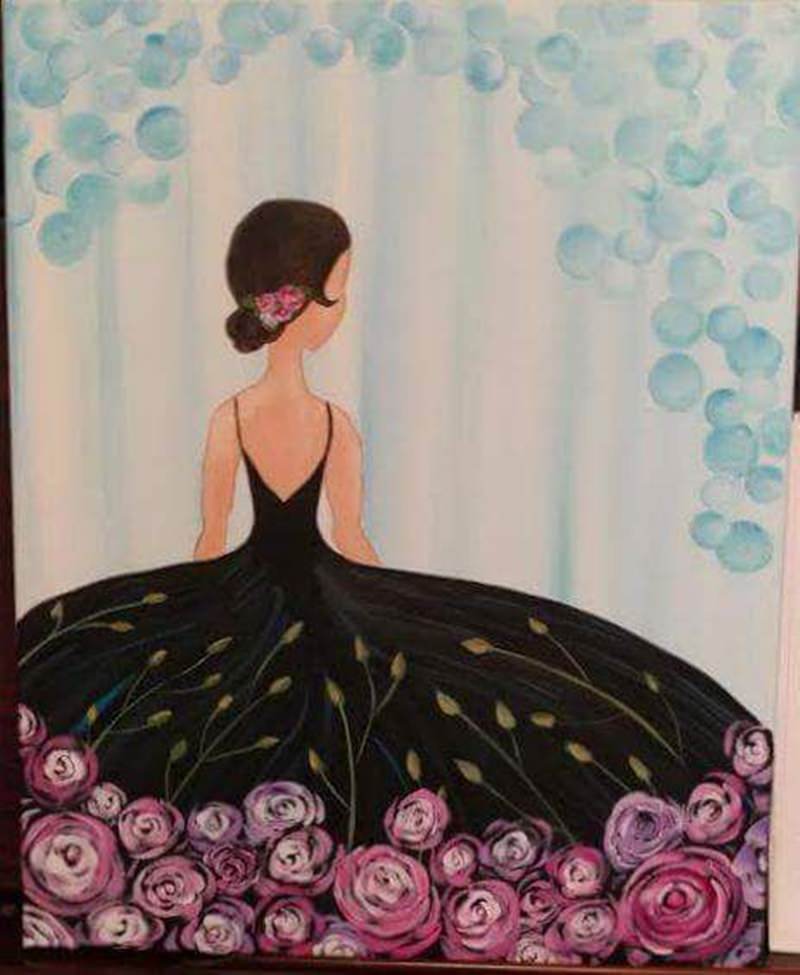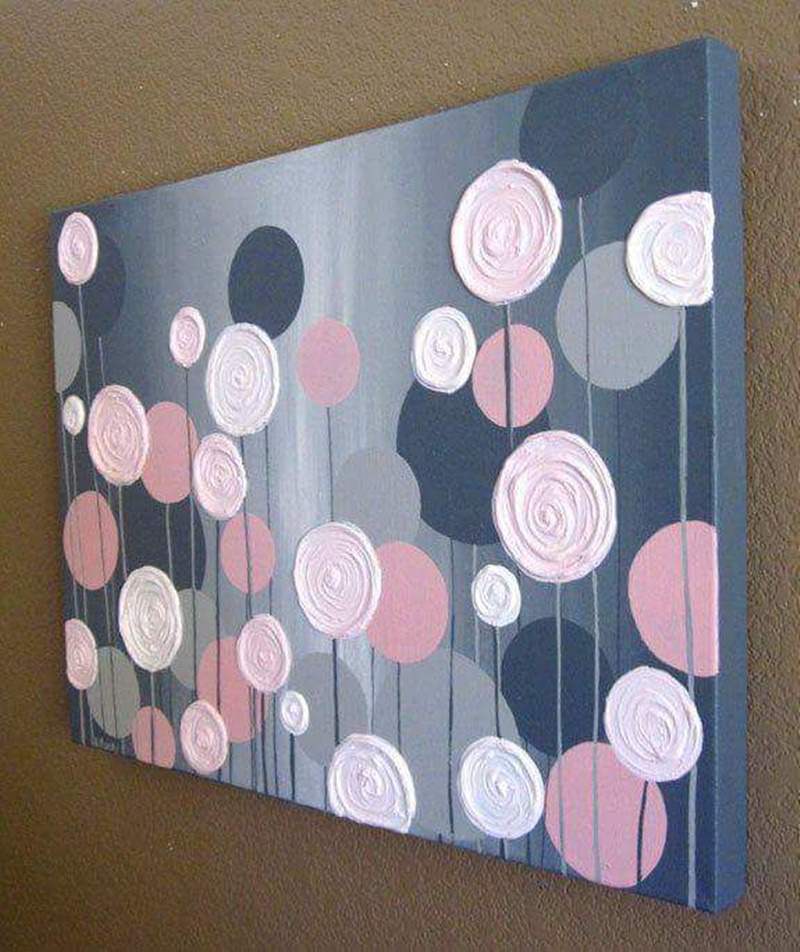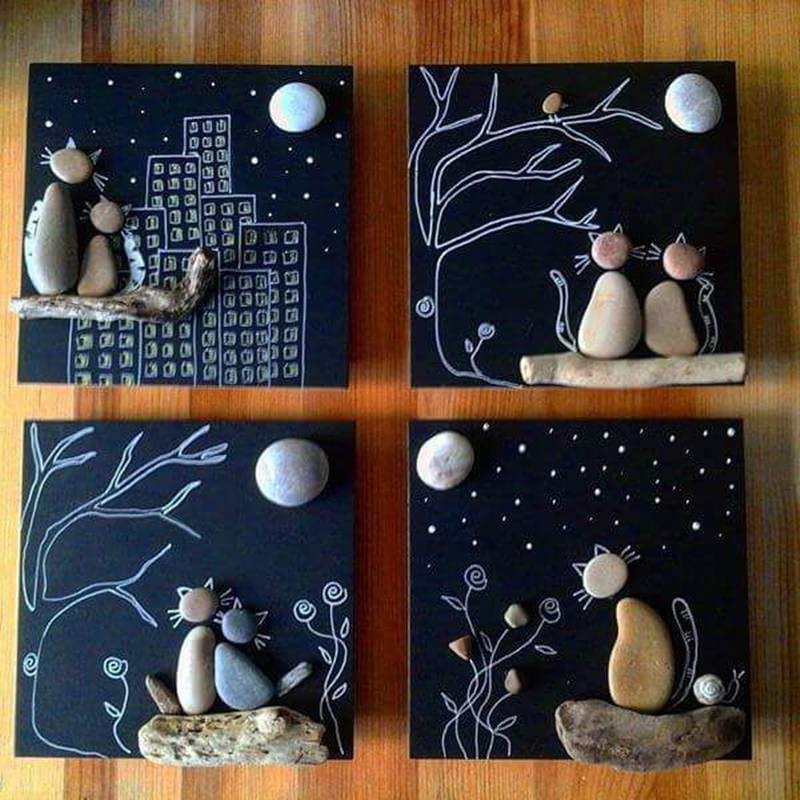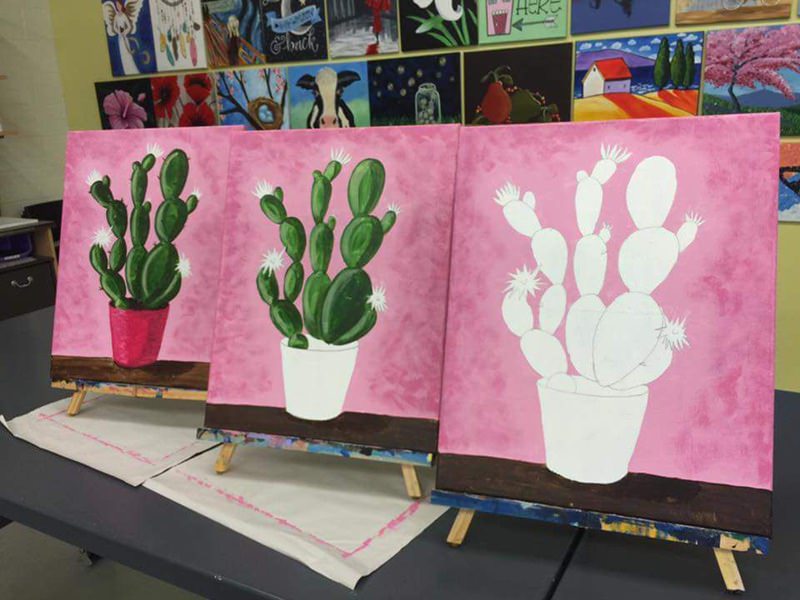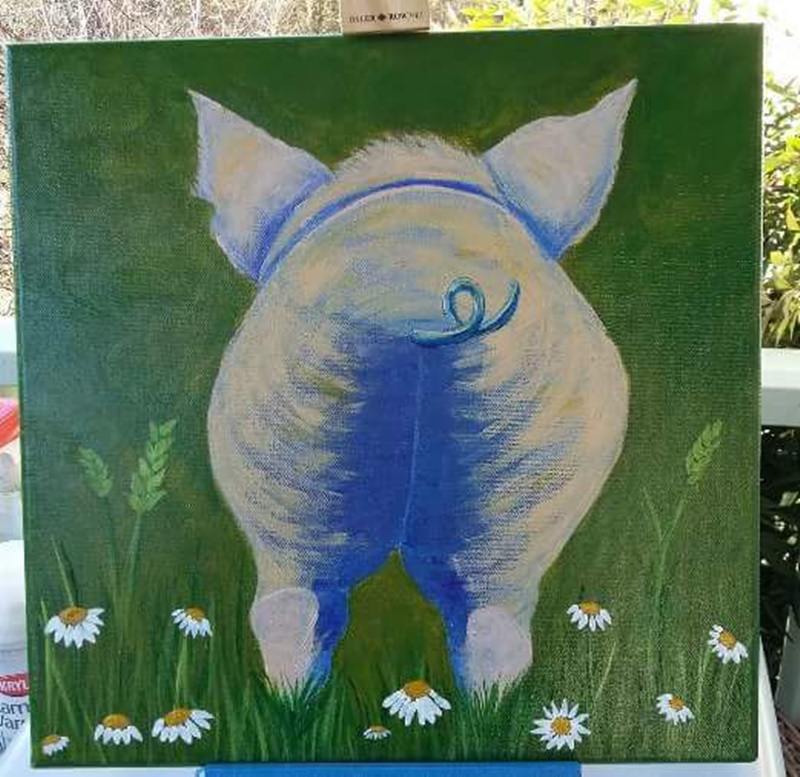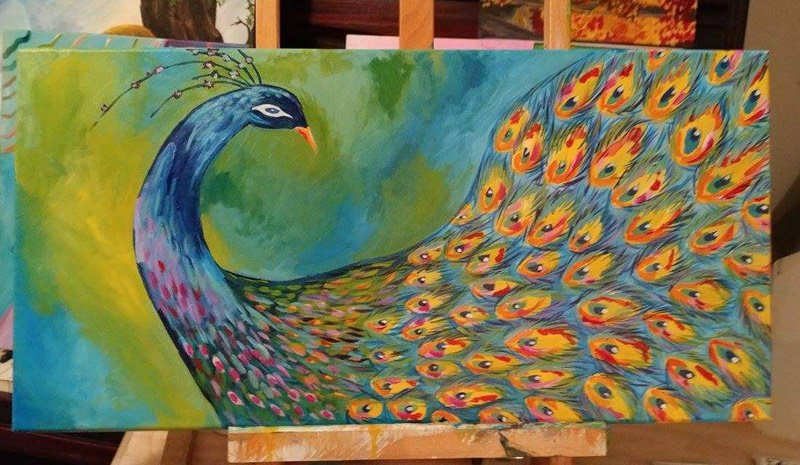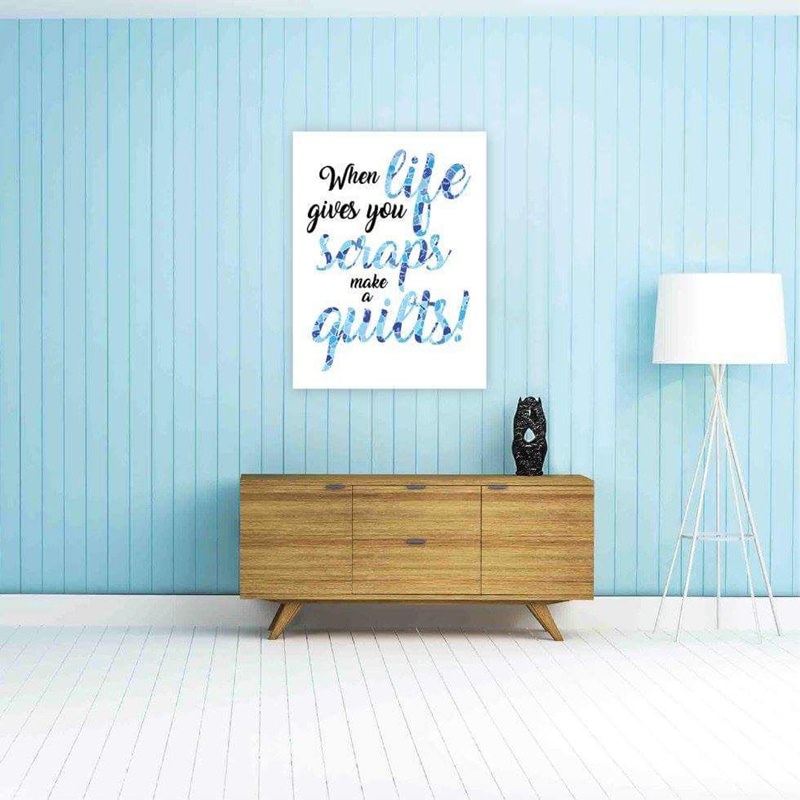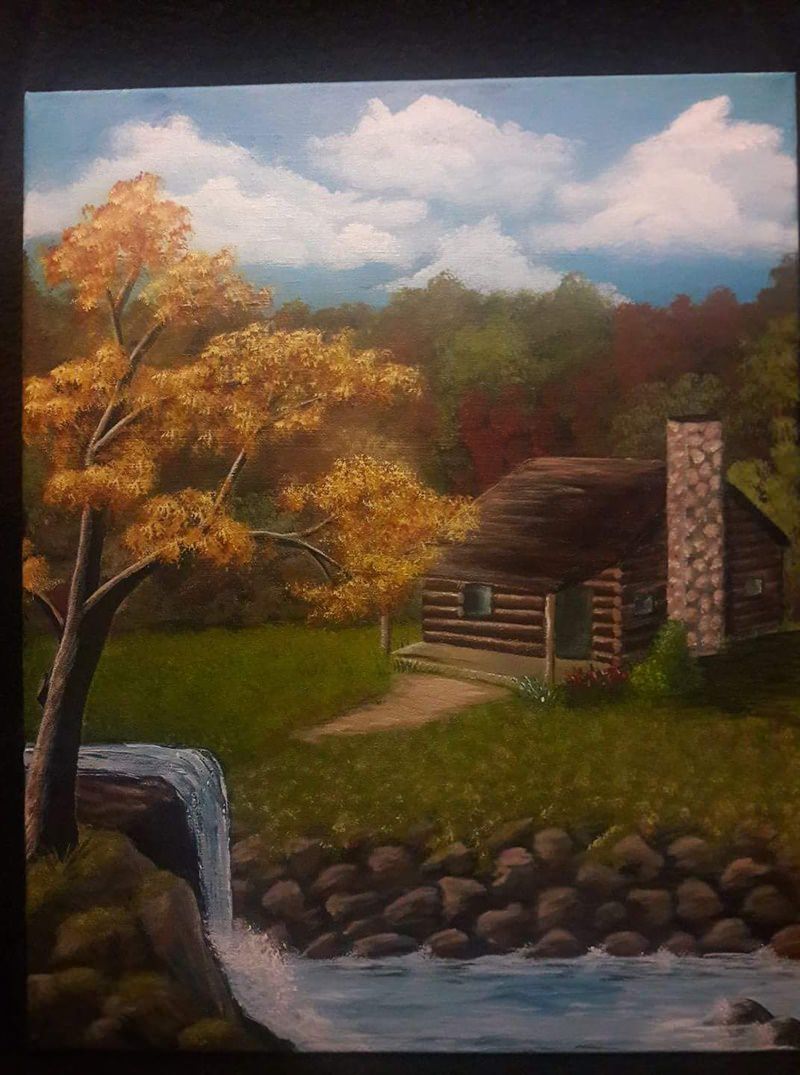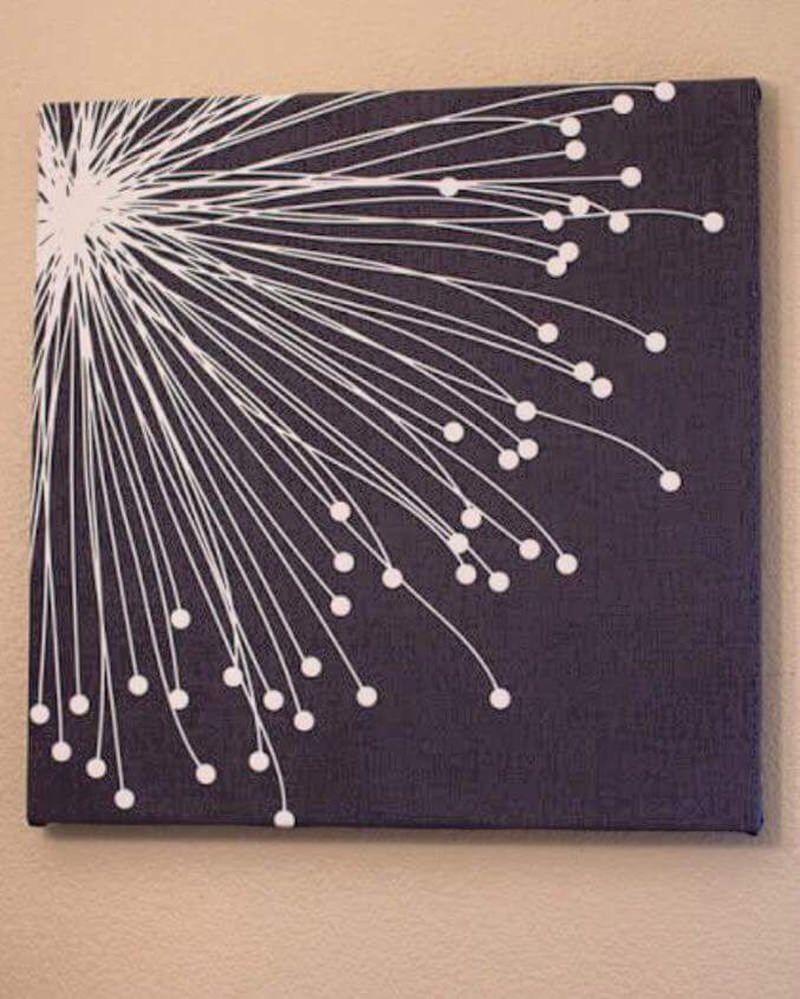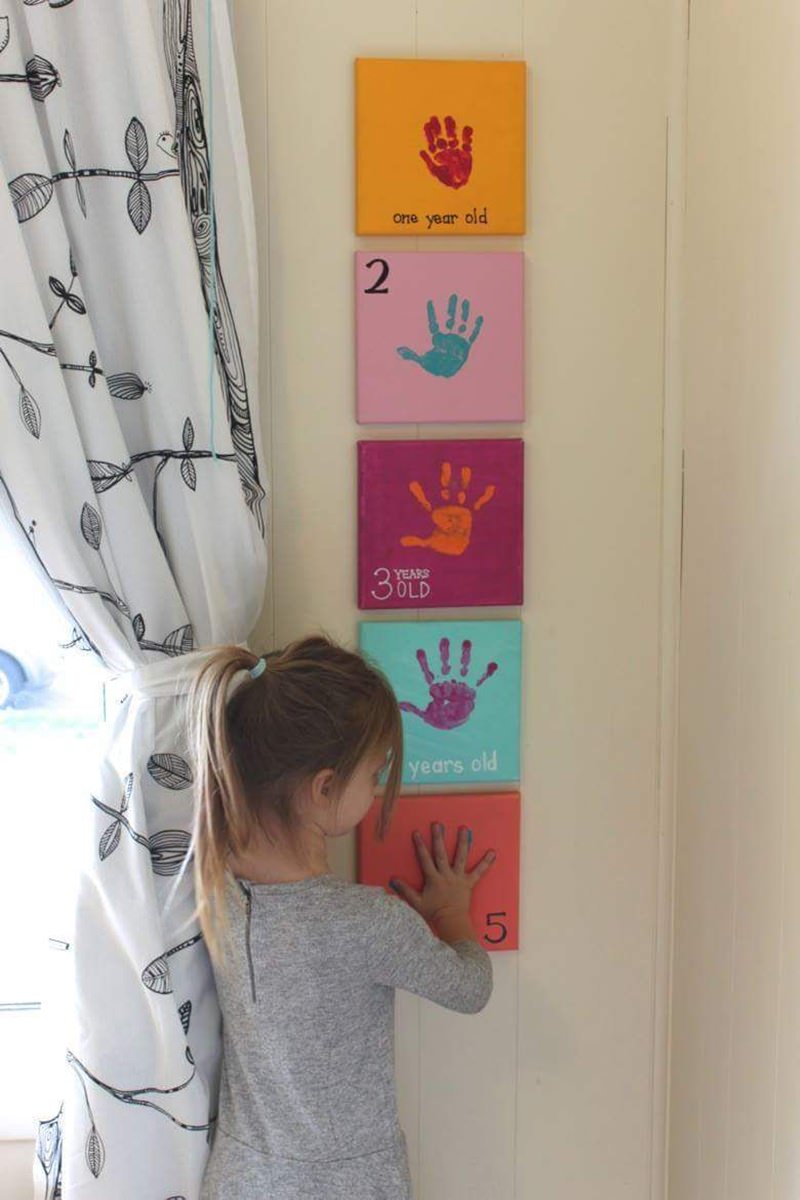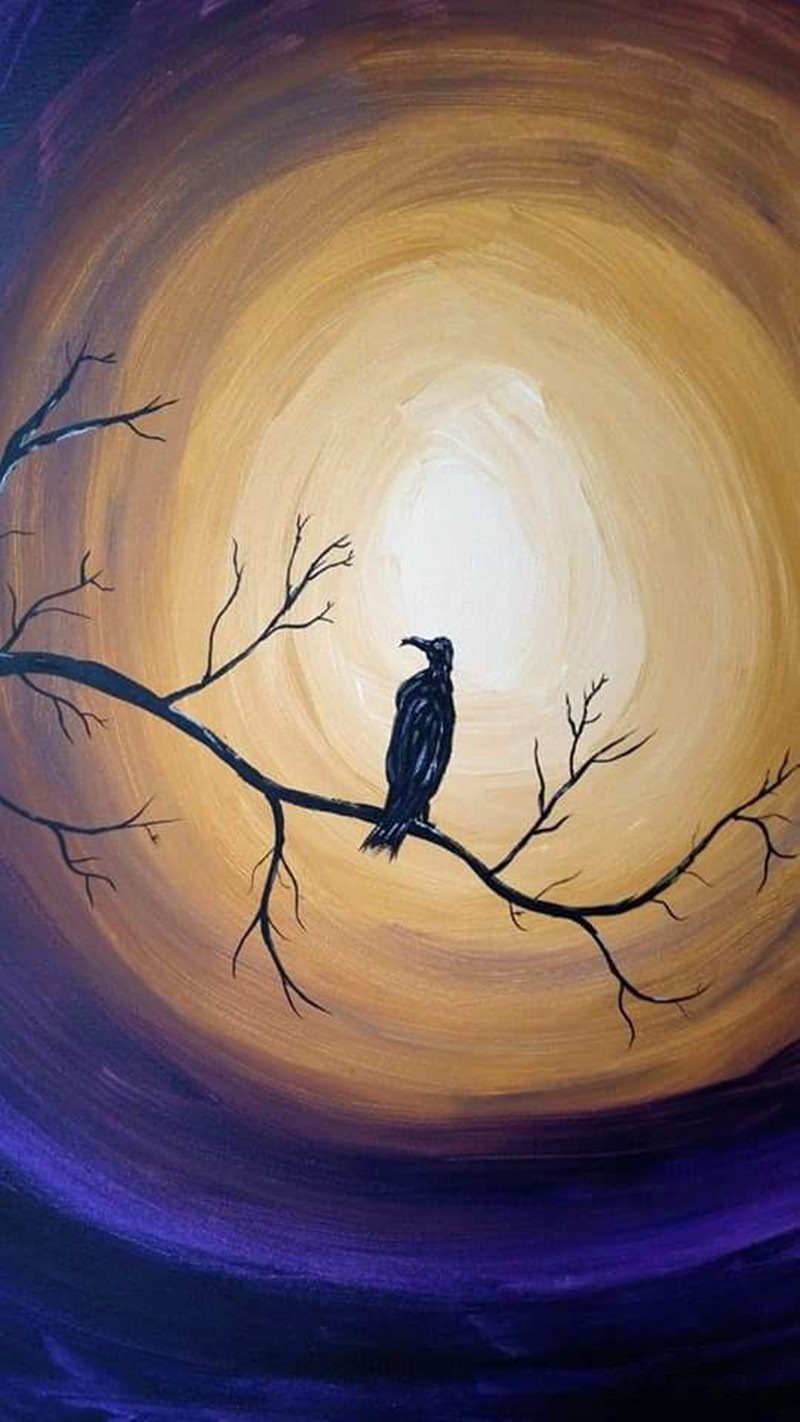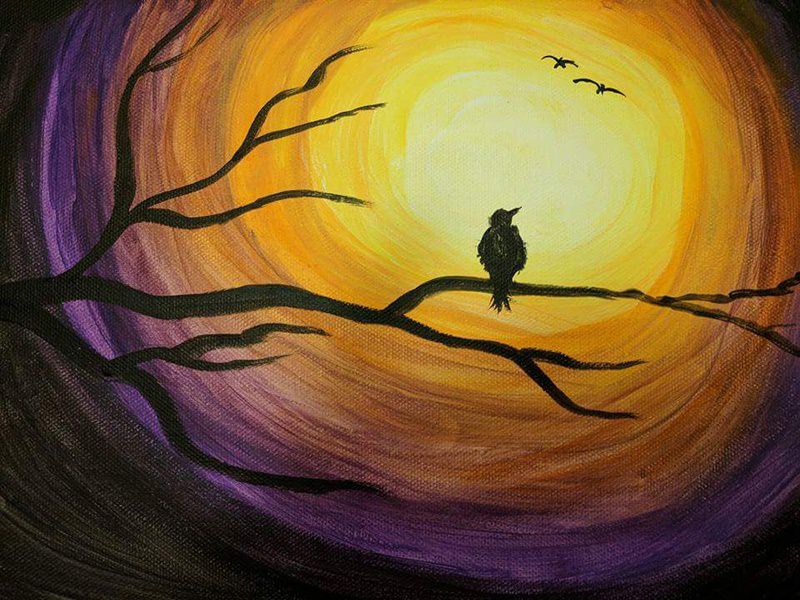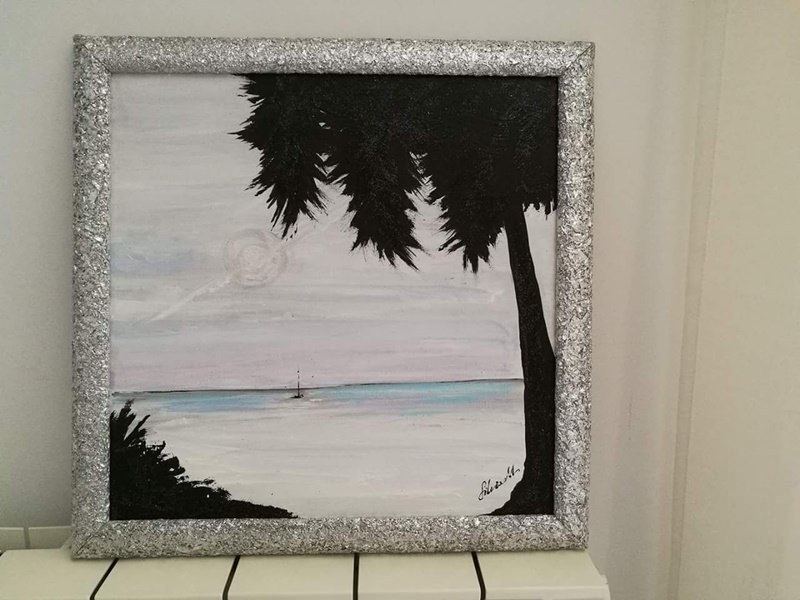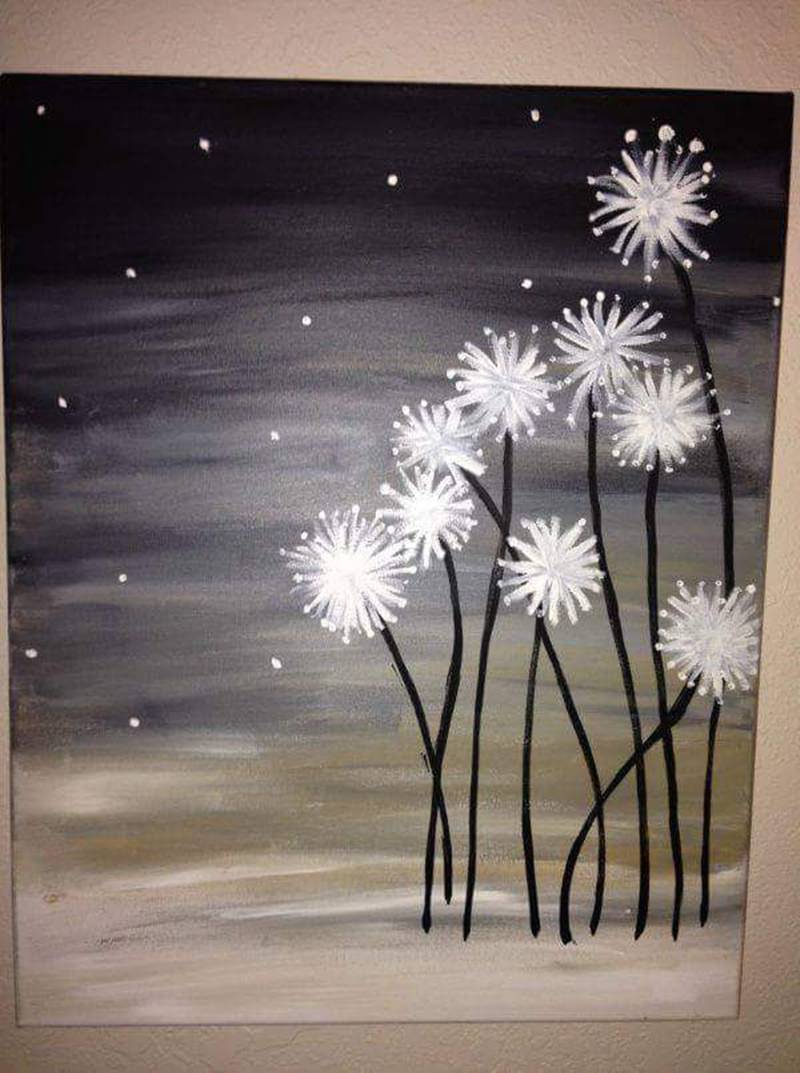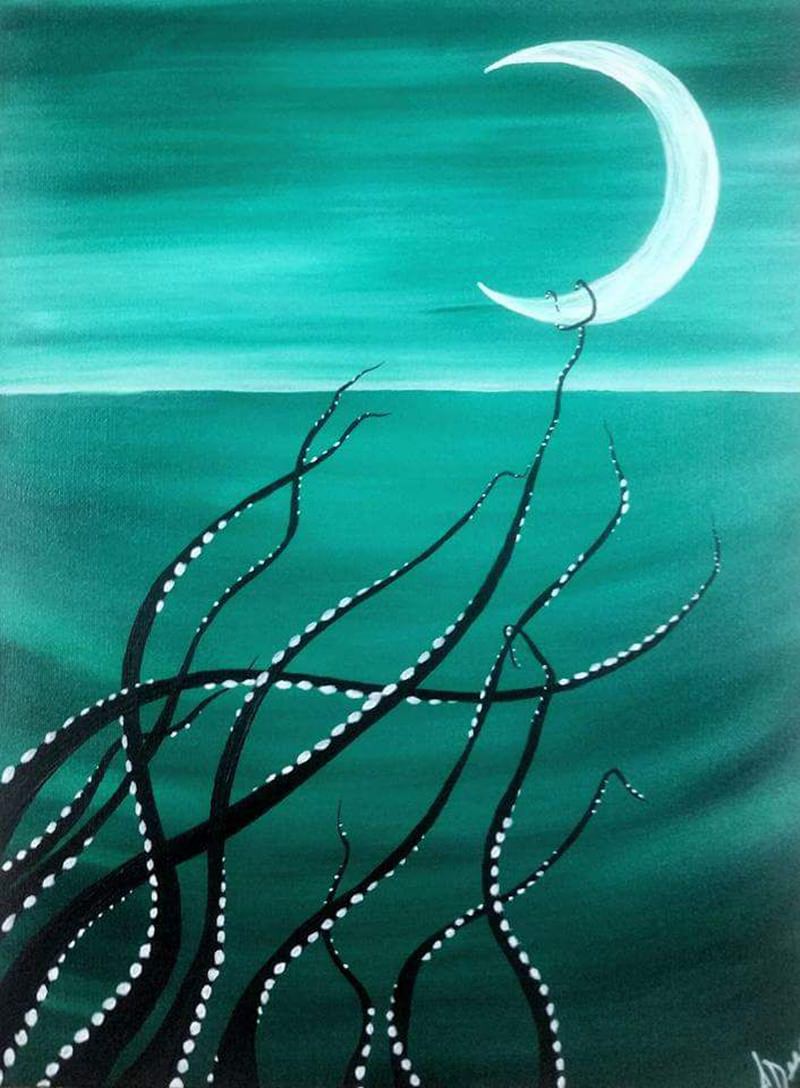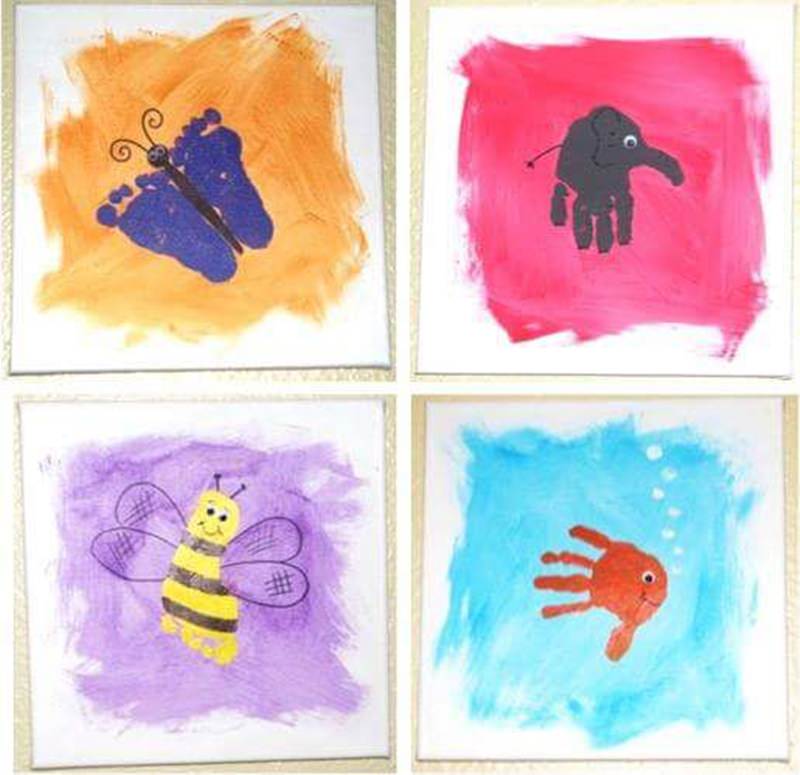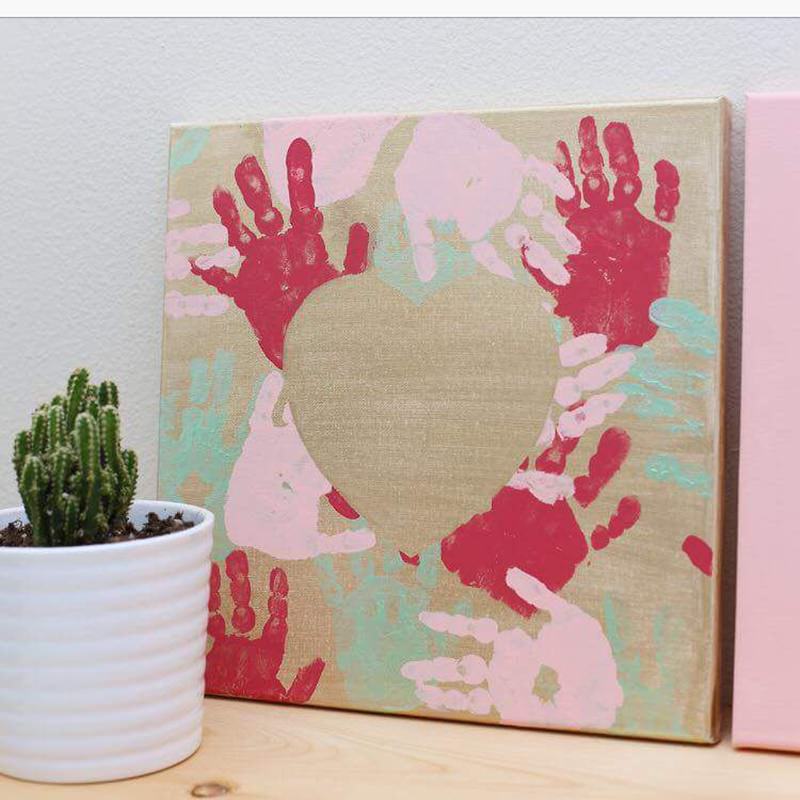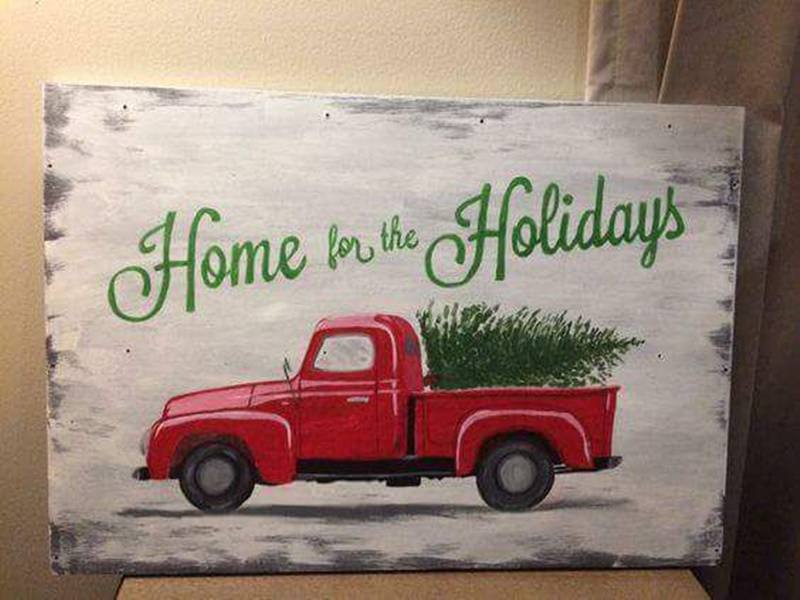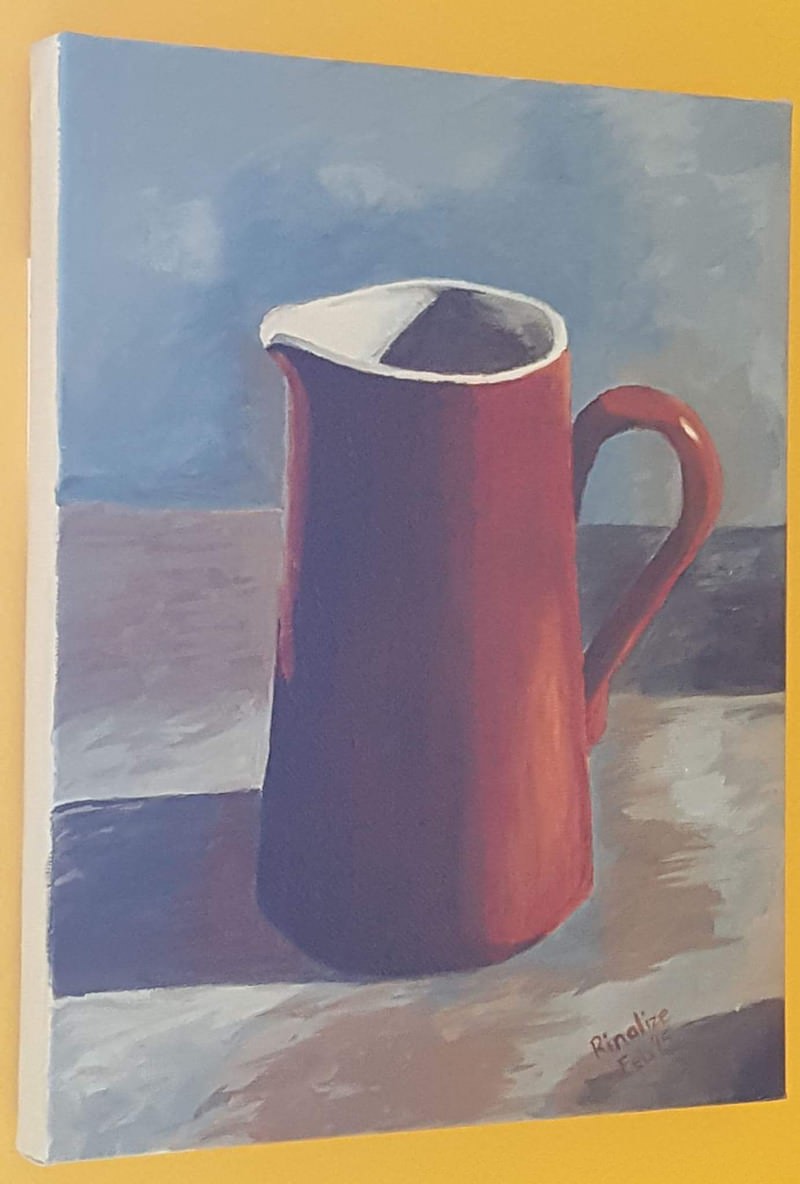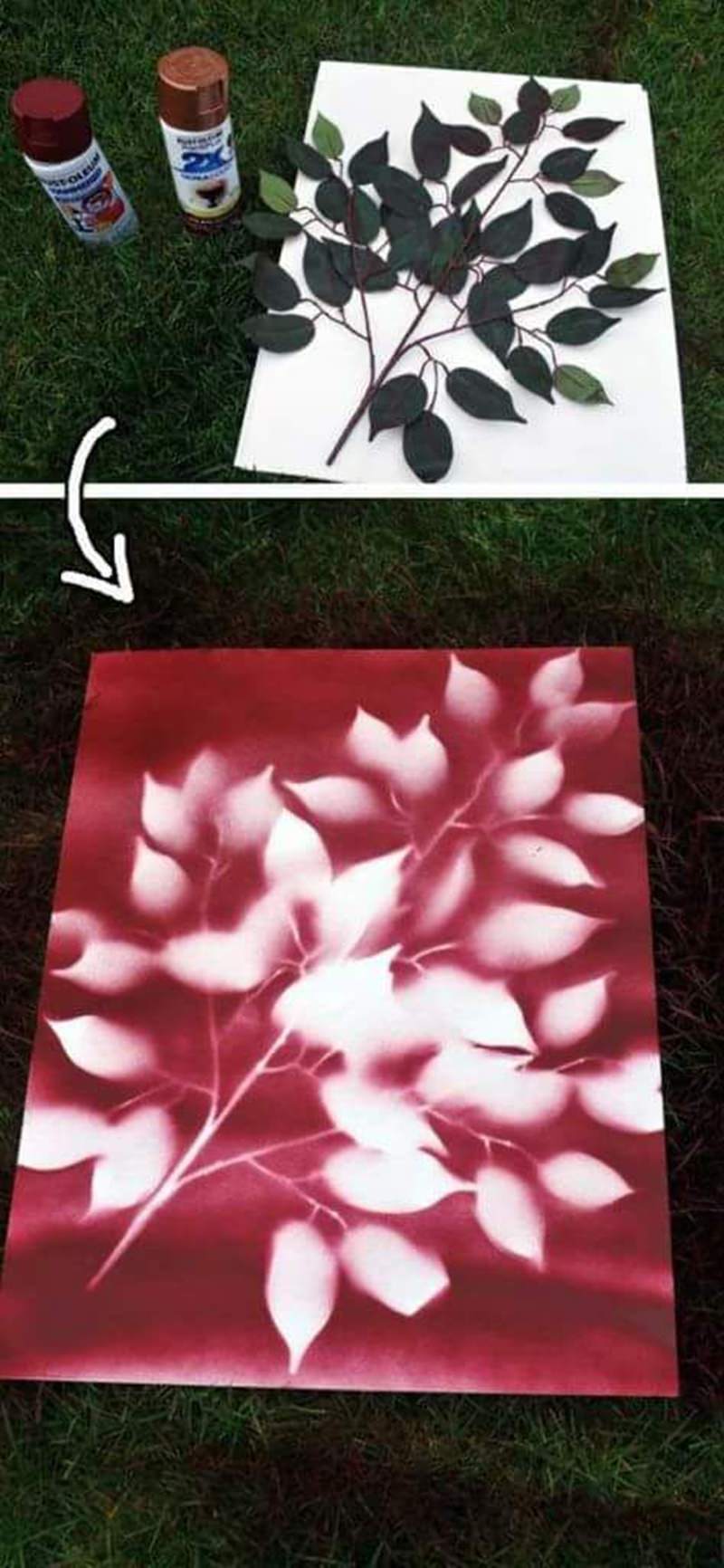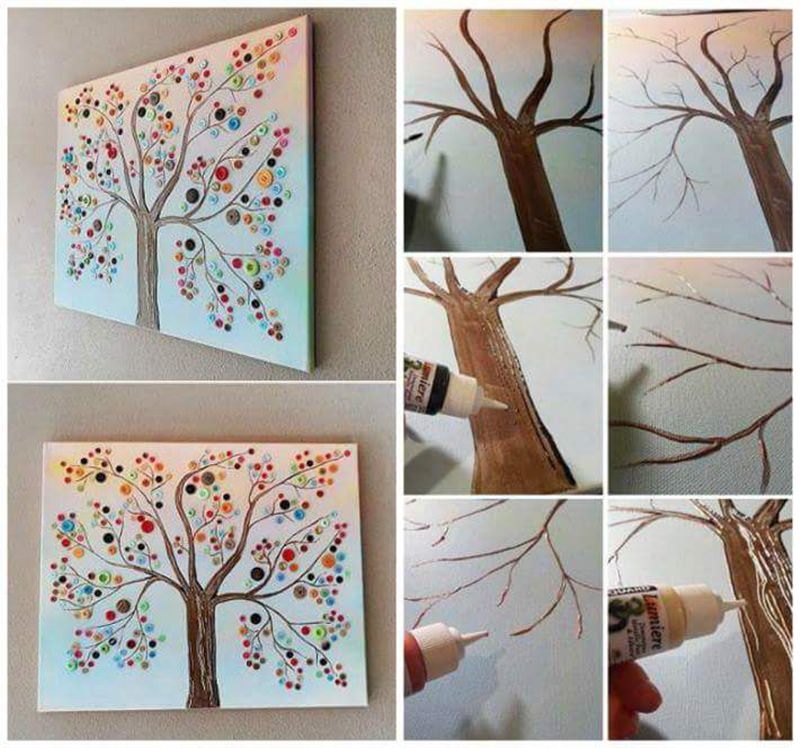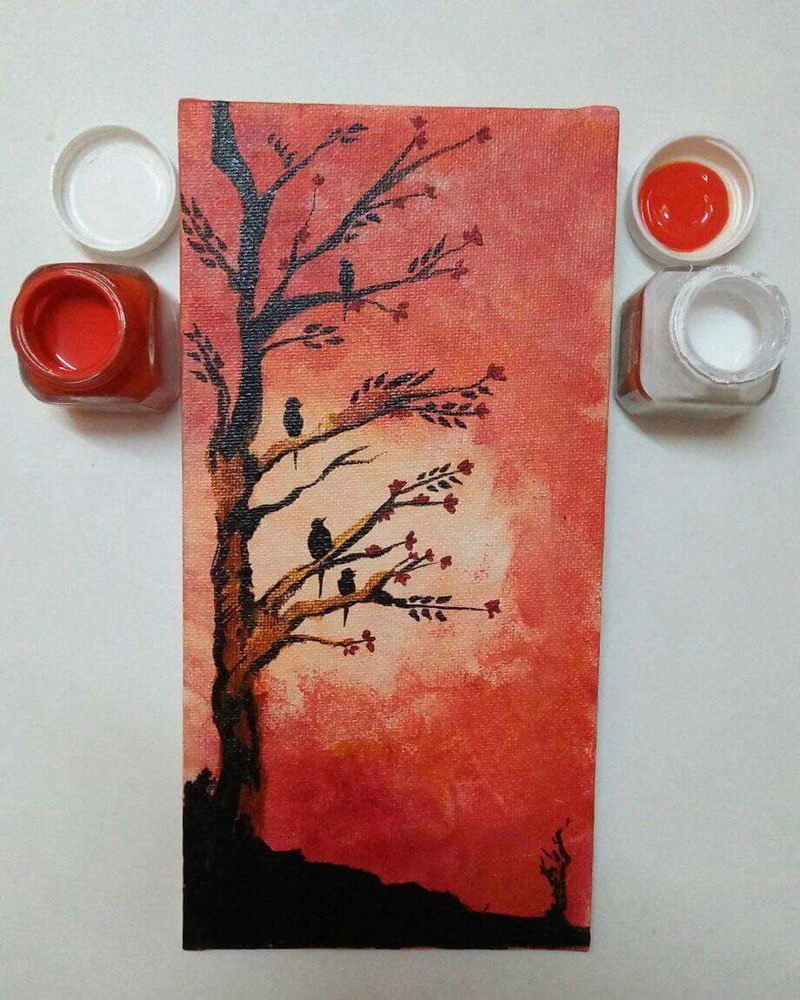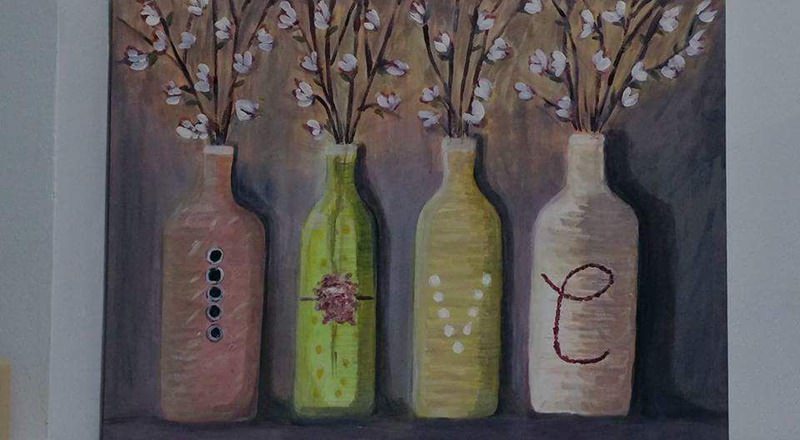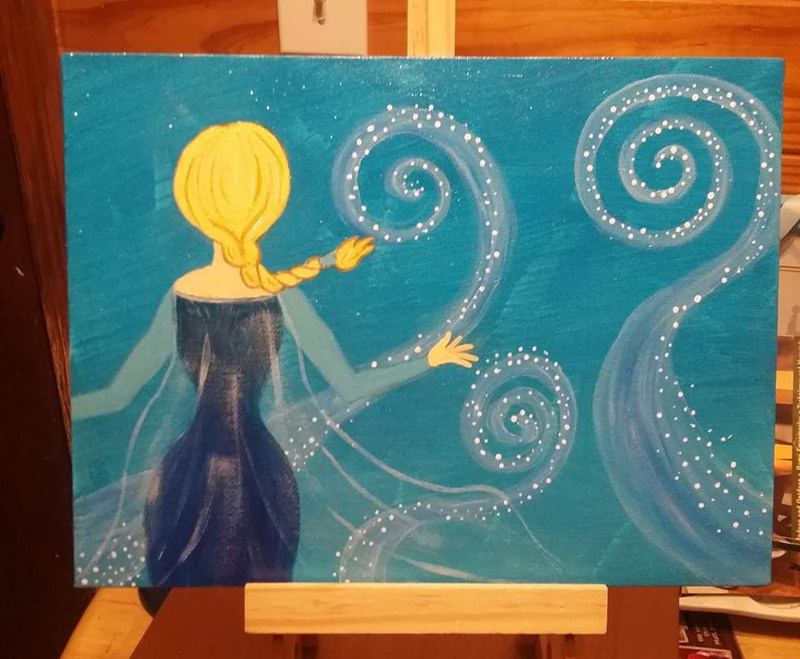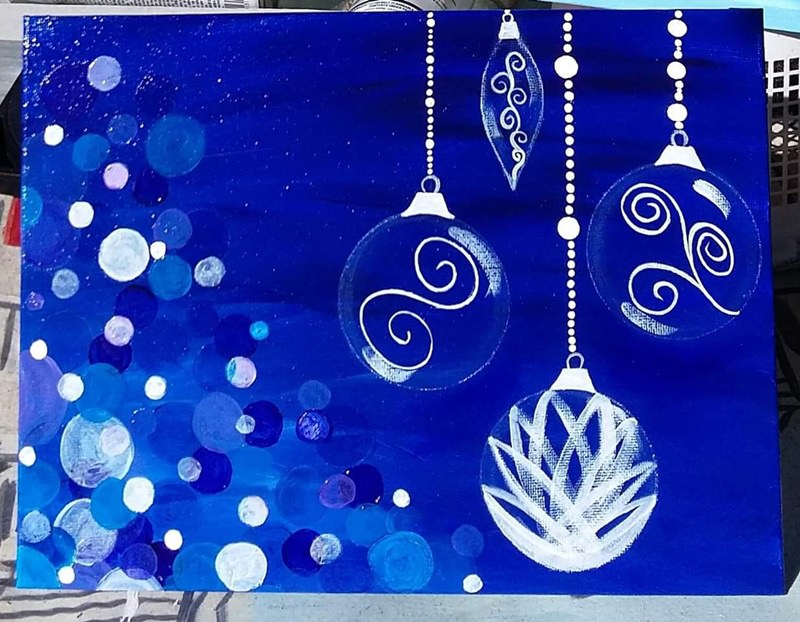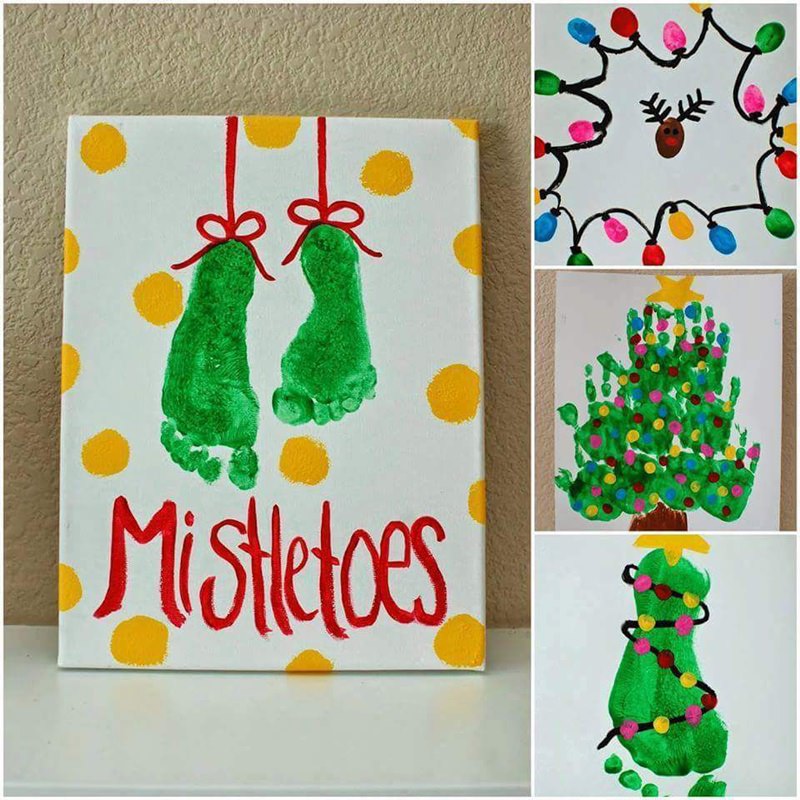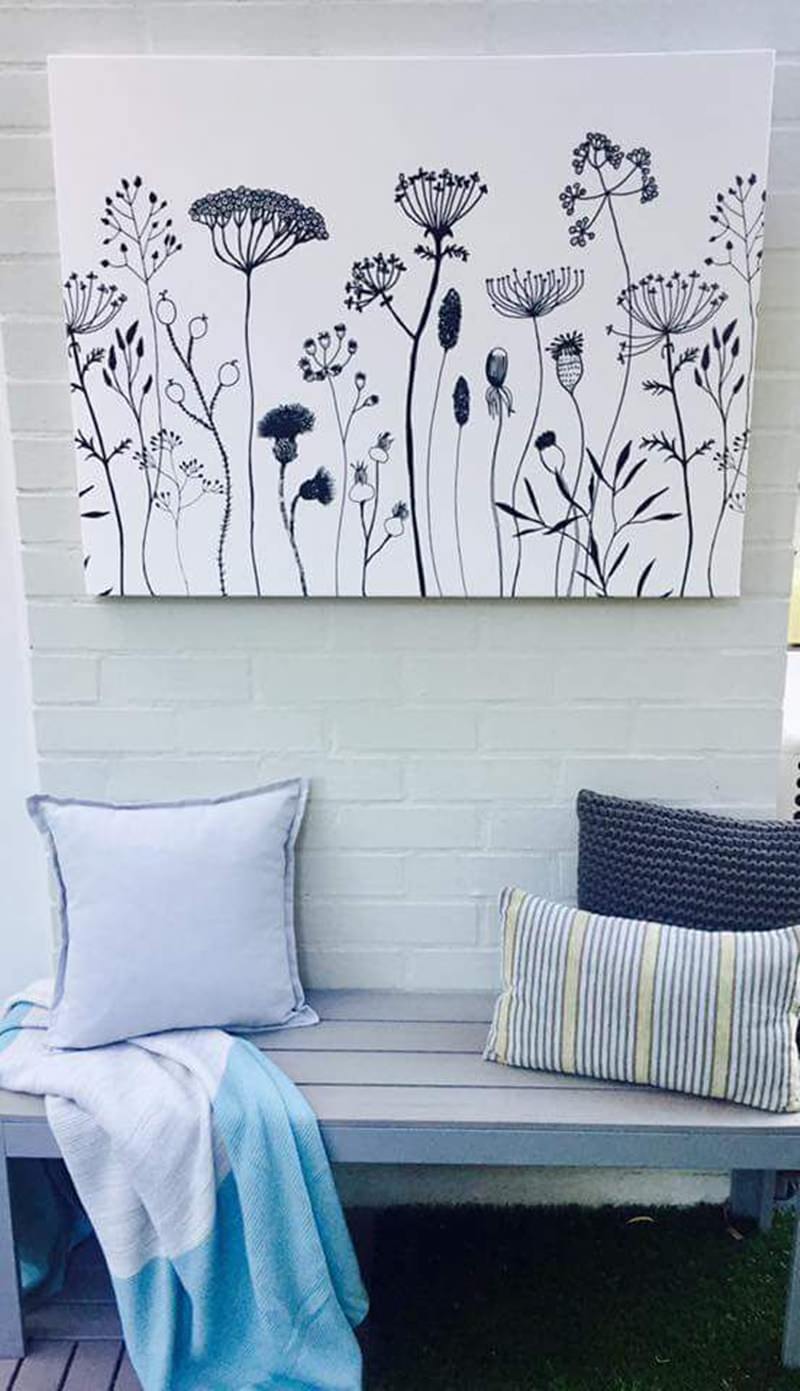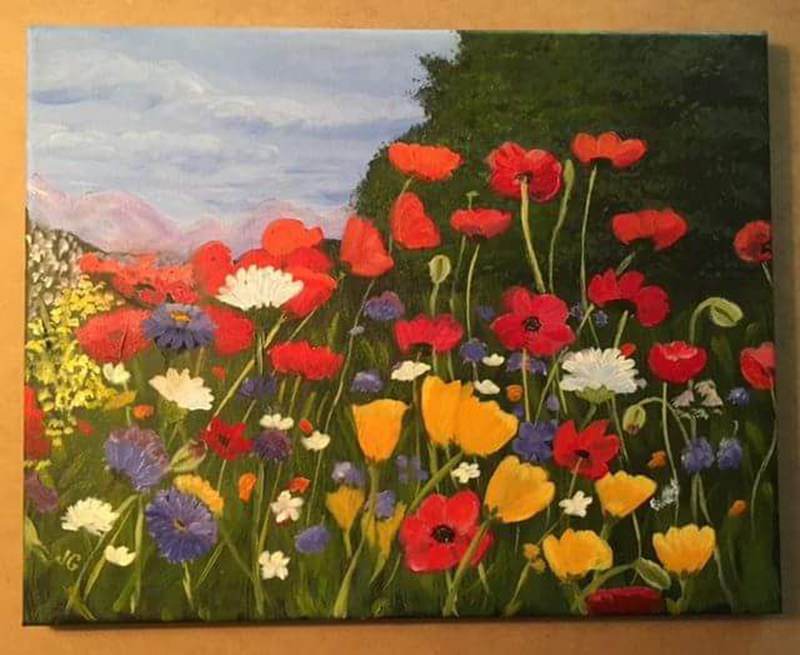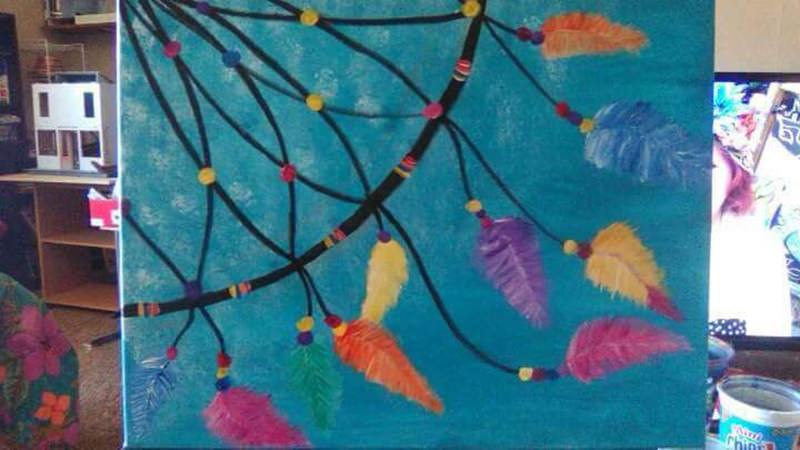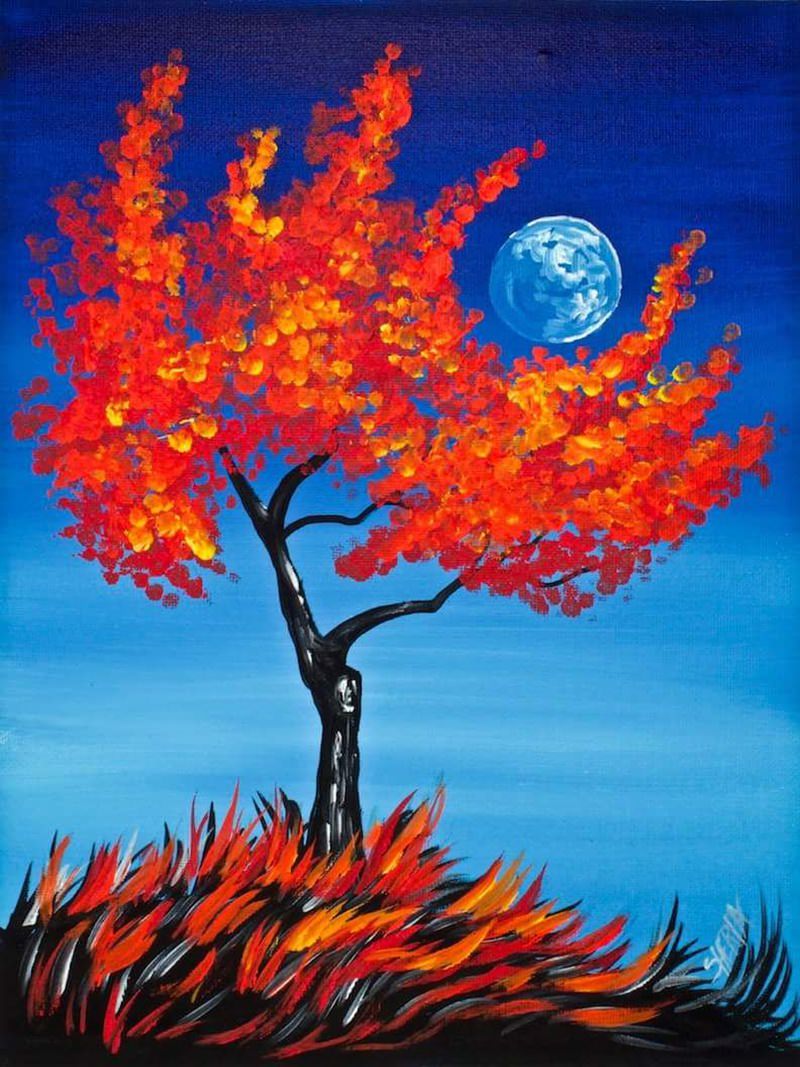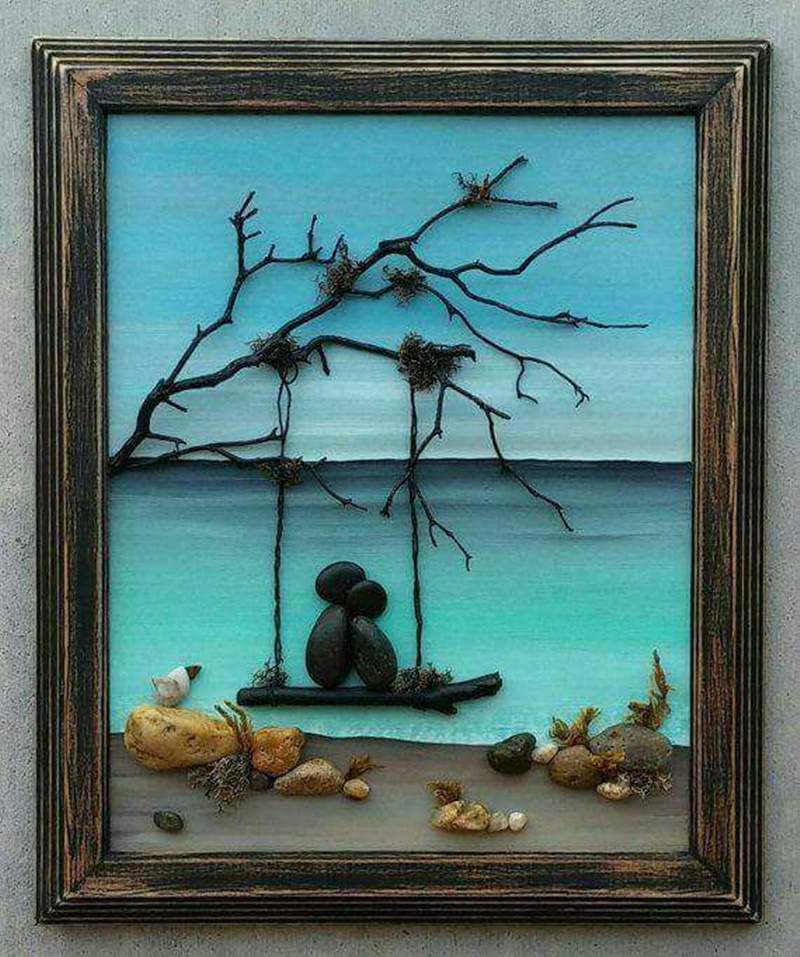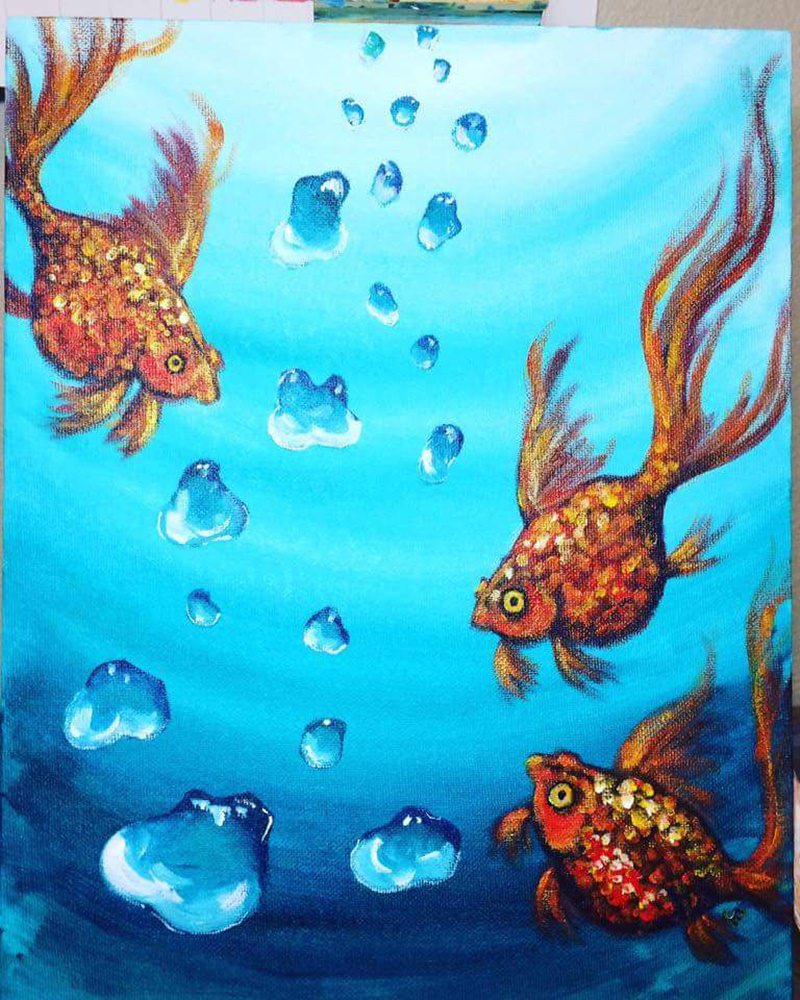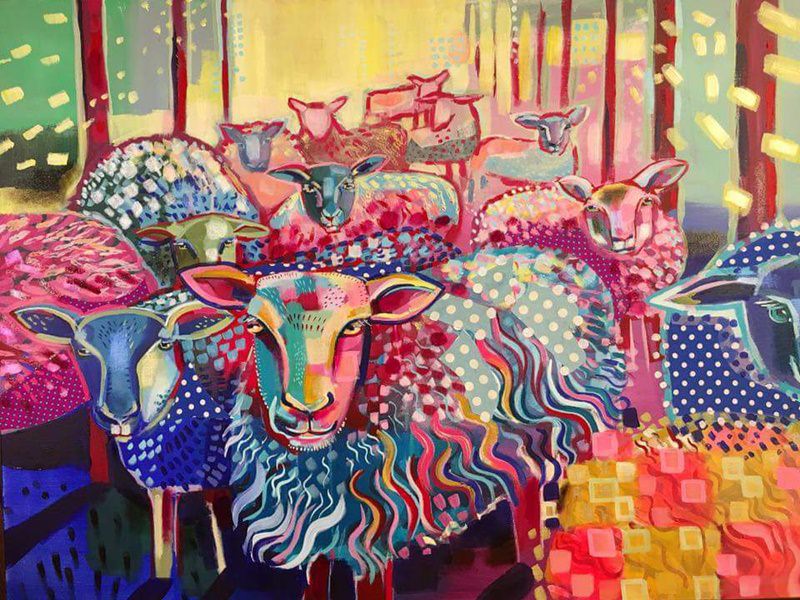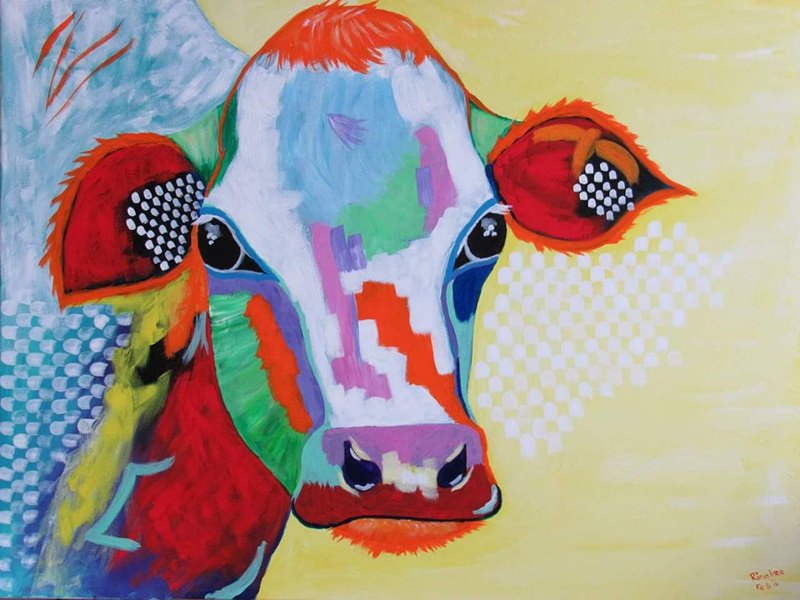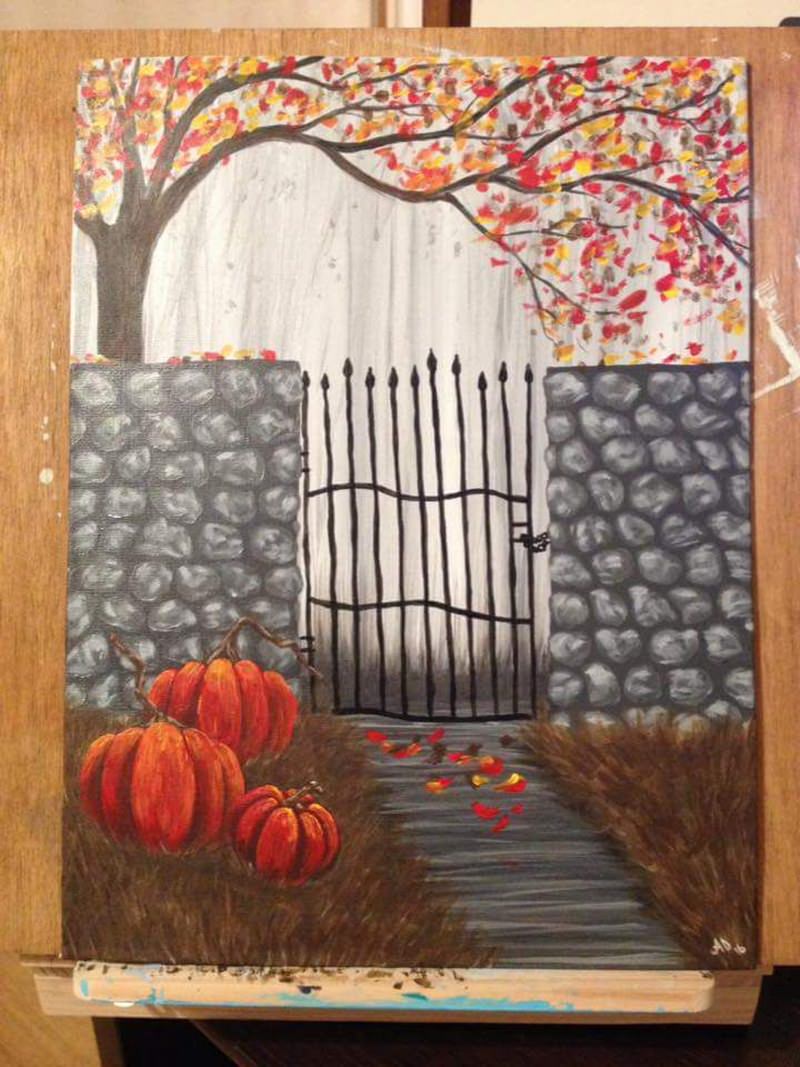Creating art like canvas painting is all about unleashing your powerful intellect of expression. It encompasses superior creativity that is taken from the very depths of your artistic nature. When you look at a blank canvas, your head is slowly filled with imaginative ideas. And your fingers are just itching to paint them into reality.
Every artist has their own artistic process and preferences with regards to painting on canvas. Whatever your niche is, it is imperative that you gain the needed inspiration and showcase what is in your heart.
What is canvas painting?
A canvas is an important tool where you paint on the surface and create your own piece of art. It is typically made from a meticulously woven fabric, coarse hemp cloth, linen, cotton, or snugly stretched cloth that is not exposed to bleach. This surface is where you create oil paintings, acrylic painting and other forms of painting.
Canvas artwork is very popular in the art world, and the variety of the canvases helps artists create world-class paintings. The most popular paintings on a canvas are acrylic and oil paintings.
The term canvas actually originated from cannabis or hemp. In fact, the very first canvases were created using premium Venetian hemp sailcloth. Later on, canvases started to be made using linen, and then cotton.
Why choose canvas for painting?
Wood panels are strategically replaced by canvas on the turn of the Renaissance era. It’s because artists found it better to utilize wooded bars for stretching canvas to achieve a larger surface for painting. A canvas is also lightweight in nature and extremely portable, so it is preferred as a channel of art.
Moreover, a canvas is more durable than wood. It is not prone to warping and there is no cracking issue, compared to wood panels.
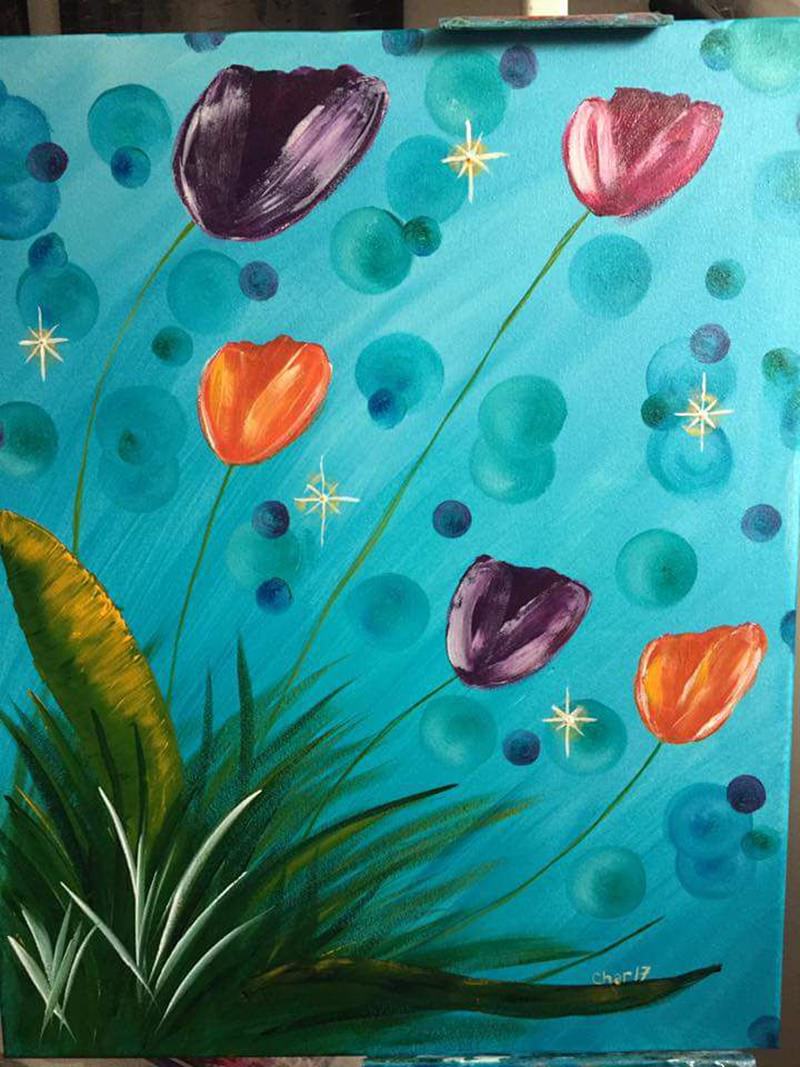 Also See:110 of the Dankest Memes You’ll Absolutely Love
Also See:110 of the Dankest Memes You’ll Absolutely Love
Different types of canvas
There are different kinds of canvases to choose from. The variety of textures and composition of every canvas affects your painting. And so you need to be careful in choosing the best one for your painting. There are canvases that are lightweight, thick, thin, small, or large. Price also differs depending on quality, but of course you should invest in your canvas. The superiority of your canvas plays a huge role in the success of your painting, and affects client’s buying decision.
You have the option to purchase a canvas that is ready for painting. Or you can opt to stretch your own and buy canvas surface by metre rolls. You can also customize your canvas surface by applying a final coating before you start painting. Just always remember that the quality of your canvas surface greatly affects your acrylic, oil, or air paintings.
In choosing a canvas, your choices come down to the type of material used in its creation. The two primary canvas materials are cotton and linen.
Cotton canvas painting material
Cotton is a common material for a canvas, and it is a favored by artists who are on a tight budget. It is an economical option that serves its purpose, though it is not as sturdy as linen. The best thing about cotton is its stretchability, and it firmly stays in place when fixed on wooded bars. Cotton canvases are widely available due to its uses outside the painting industry. And they are more affordable compared to linen canvases.
Linen is a time-tested canvas material that is derived from long fiber flax, which makes the canvas tear-resistant. In fact, a thin linen canvas manifests the same strength as the heaviest cotton canvas. However, linen is known to be stubborn when it comes to stretching. You would need to be extra careful when you stretch the lined over the stretcher bar. If this canvas is not installed perfectly, there could be possible rippling at the edges. To avoid this issue, many artists buy ready-made linen canvas, instead of stretching one.
Now that we know the typical materials for a canvas surface, let us move on to the different types of canvases.
4 Types of painting canvases
There are four primary types of canvases, and they are stretched canvas, canvas pads, canvas panels, and canvas rolls. Let’s discuss each one.
Stretched canvas painting surface
A stretched canvas is a painting surface that is stretched on durable wooden bars or frame. It is commonly used for acrylic painting, and the material for the stretched canvas is mostly cotton. It is primed using a gesso in order to produce a painting surface that is perfect for any acrylic or oil artwork.
Canvas panels
A canvas panel is an affordable alternative to the expensive stretched canvas. This kind of canvas is especially preferred by beginners thanks to its low price that does not sacrifice quality. It is mostly produced using primed cotton, and they are attached to a rigid board. The canvas panels are very lightweight and they can be carried anywhere with ease. They are perfect for you if you like visiting different places to paint, and they are also ideal for students. This type of canvas is designed for practice painting and not for permanent artful. The canvas panels do not age good, so any painting you made in this canvas will not last long. And that is where they differ most from long-lasting stretched canvases.
Canvas painting pads
The canvas pads are another type of canvas that is commonly used by beginner artists and painting hobbyists. They are usually primed and are bounded in a book for easy portability. This kind of canvas can be easily mounted or stretched, but they are not long-lasting like the canvas panels. The canvas pads are designed for practice purposes only, and they are mostly patronized by students, beginners, and artists who are low with money.
Canvas rolls
Canvas rolls are more flexible in terms of size. You can buy in rolls or yard, which is certainly affordable compared to buying single canvas surfaces. This type of canvas is perfect if you prefer to stretch your own canvas and create your own surface size. The canvas rolls are created using either cotton or linen, so you can take your pick of the canvas material. They also come with primed or unprimed canvas surfaces, and they differ in weight as well.
Factors to consider in choosing a canvas
Aside from the materials, you also need to consider three main factors that make up a canvas surface.
Weave
The textures of the canvas’ weave matters greatly to the result of the paintings. An open weave linen canvas is lightweight with a fine yarn construction. It is effortless to stretch an open-weave canvas unto the stretcher frame, and it stays tightly attached to the bars. Lightweight canvases are preferred by many artists who are trained with a light touch of art. And this type of canvas can also be utilized by impasto painters. On the other hand, an extremely pronounced weave produces a rough canvas.
You have a choice to choose the texture of the canvas that suits your needs. The options include extra-fine, no grain, rough, medium, or extra-rough weave. Typically, portrait paintings require a smooth texture canvas, since a rough weave can alter how the skin appears in the painting. Plus, the no grain weave is similarly smooth to a paper and ideal for portrait as well.
Weight
The weight of the canvas contributes to the durability of your painting. Heavier canvases are better for super large painting surfaces, since they are more tear-resistant. However, there are lightweight canvases that are resistant to tearing as well. The trick here is to choose carefully the features of a canvas prior to buying. The general rule of thumb is, light canvases are produced by thin threads, while heavy canvases are made from thick threads.
Brand
In shopping for a canvas, it is important to consider the brand before you purchase. Remember that not all brands produce the same quality of canvases. Be vigilant in checking for quality by looking into their websites and reading reviews.
Canvas painting for beginners
The thought of painting on a canvas can get overwhelming for you, especially if you are a novice in the painting world. But the prospect of creating your own masterpiece must be taken as a challenge and not see it as scary. To help you out, we gathered the necessary steps to make canvas painting easy for you.
Selecting an easel
The first step in making a canvas artwork is you but an easel. It is a tool that you use for your canvas, so you can paint comfortably. Easels are flexible in size and design, and you can buy or two depending on the size of your canvas. Choose the most suitable easel for your needs.
Types of easel for canvas painting
- Travel easel – this is perfect if you often travel to paint. Choose a travel easel that is lightweight yet durable, and has exceptional collapsing feature. There are many kinds of travel easel, and there are even those that can be folded and packed in a case.
- Compact easel – this is a table easel that is best when you have no extra space in your painting studio or home. A compact easel has a strong base that is flat, instead of having legs to stand. This type of easel is available in metal or wood, and it can either be collapsible or has an H frame. Compact easels usually accommodate up to 35 inches canvases.
- Large studio easel – this is designed for a large studio and it is long-lasting. The large studio easels are extremely strong and they are designed for large canvases. However, these easels are difficult to transport, so they should stay inside the studio.
Gather your canvas painting materials
Painting on a canvas requires materials in order to complete. The most basic materials are the following:
- Acrylic paint
- Oil paint
- Brushes
- Palette knife
- Watercolour paint
Paint selection
You need to decide what kind of paint you want use for your painting. Your options are either acrylic or oil paints, and they are both perfect for any artistic expression. Let us look into the pros and cons of each paint to help you decide.
Acrylic paint
Pros:
- Dries fast, which is perfect for applying multiple layers or crisp lines on your painting.
- Produces a well-defined edge for both small and large paintings.
- Their color stays the same.
- Acrylic paints are non-toxic.
- They have no annoying odor that could hurt your nose and head.
- This kind of paint easily comes off when it is washed by water.
Cons:
- Because it dries fast, mixing and blending colors is quite difficult.
- Acrylic paint looks darker when applied on the canvas.
Oil paints
Pros:
- Gives you the freedom to work longer because they do not dry quickly.
- Oil paints allow you to mix and blend your colors without the need to hurry.
- They offer easy color transition when painting.
- The painting color remains as it is even after canvas application.
Cons:
- It takes longer to dry a painting with oil paints, which requires you to wait until the paint dries off.
- The oil paints make it difficult to create crisp lines.
- It has the tendency to cause degradation of the cotton or linen fabric.
- This kind of paint can turn to yellow as time passes due to the oxidization of the oil.
- They are somehow toxic and emit a bad smell due to the turpentine ingredient.
Watercolor
Aside from acrylic and oil paints, you can also use watercolors to paint your canvas. It is not commonly used nor is it popular, but watercolors are also good for painting a canvas. The result is lighter hues and not crisp lines, but they are still good to look at.
Choose your brushes
Buying your paint brushes is not as simple as going to the art store and pick whichever brush meets your fancy. The kind of brush you will buy depends on the paint you want to use. And even then, there are different kinds of brushes for acrylic and oil paints.
Acrylic canvas painting brushes
There are 7 acrylic brushes that are best for painting on a canvas.
- Acrylic wash brush – it is very big and thick, and is perfect for large coverage.
- Angled brush – this slanted tip brush is great for painting curves, and diverse shapes and lines.
- Flat brush – it is big but not thick, and it is ideal for wide strokes.
- Fan brush – it has a fan shape and is perfect for painting trees.
- Round brushes – small with a rounded edge, and it is great for adding intricate details on your painting.
- Liner brush – very thin with extremely long bristles and it is designed for creating fine details.
- Palette knives – technically not a brush, but is used to achieve amazing textures and effects on your acrylic painting.
Oil canvas painting brushes
If your medium is oil paint, you must choose the best brush that can successfully transfer paint to the canvas fiber. Oil paint brushes are either natural or synthetic.
Natural brushes:
- Hog bristle brushes – these are created from pig hair. The three kinds of hog bristle brushes are filbert, round, and flat. They are extremely versatile and can handle all painting styles.
- Bright & long flat – these brushes are perfect for moving or applying oil paints into a canvas.
- Fan brush – it is great for painting hair, grass, fur, and eliminating brushstrokes.
- Large flat – this type of oil paint brush is produced in different sizes, and it can be made from goat hair or pig hair. It is best for large surface areas, as well as gentle paint application and brushstrokes removal.
Synthetic brushes:
- Flat synthetic brush – extremely versatile brush that is perfect for superior painting precision. It is great for painting leaves, rocks, tree trunks, mountains, and other landscapes.
- Small round brush – it is ideal for painting small and accurate painting details.
- Liner brush – synthetic thin and long bristles for fine details.
- Angular brushes – it can paint a large area with superior precision, and make outstanding brushstrokes.
- Soft brushes – it is called a mop brush, and this synthetic brush is perfect for blending oil paints and gentle brushstrokes.
Prepare other materials
Aside from the easel, paint, and brushes, you also need to purchase other materials for your canvas painting. You need to have a paint tray or palette for your paints, and a color chart for blending shades. And, you definitely need an apron to maintain the cleanliness of your clothes. But, if you are like any other typical artists, your clothes are always covered in paint, regardless if you have an apron or not.
Canvas sizing
Now that you have all the materials you need, it is time to choose your canvas. Determine if you want the cotton or linen canvas fabric, and figure out the size. The size of the canvas differs, and they can be very small like a small square, or they can be as large as your wall. The most popular canvas size is from 11” x 14” to 48” x 72”.
When you are ready to size your canvas, it is best to use rabbit skin glue. Aside from the fact that it is a traditional method of canvas sizing, this kind of glue is very efficient. You can also use PVA size or vinyl acetate for oil painting.
First coat application
Apply an abundant amount of coating using straight stroke for an even sizing. Let dry for 30 minutes.
Second coat application
The second coating or size on your canvas is needed to fill in every hole not covered by the first coating. Wait to dry.
Canvas painting surface priming
It is completely up to you if you want a primed or unprimed canvas. But if you wish to apply primer on your canvas, then do so after the second size coating is dry. In priming, you use a gesso material. Re-apply gesso as necessary until you achieved your desired smooth surface.
Start painting!
Now that everything is ready, you can start painting on your canvas.
Tips for creating canvas paintings
Here are some tips for your canvas painting project.
- Study the various types of canvas surfaces, and try to test a couple so you can find what suits you best.
- An unprimed canvas painting surface is usually white, but you can apply your choice of background color. This will create the mood you want to achieve in your painting.
- You can start with a sketch to get the painting flow going, and then use your palette knife or brush to complete your workmanship.
- Begin with the darkest hues and move on to the lightest color in your painting. And then apply the middle colors and blend them together.
- When you choose your brushes, consider the type of paint you will use. Brushes are usually compatible with all kinds of canvases, but they are often chosen in line with the paint used.
- Use palate knives to create 3-D shapes and marks.
- Purchase canvas fabric by metre or rolls in order to have flexibility on the size.
Canvas Painting Ideas
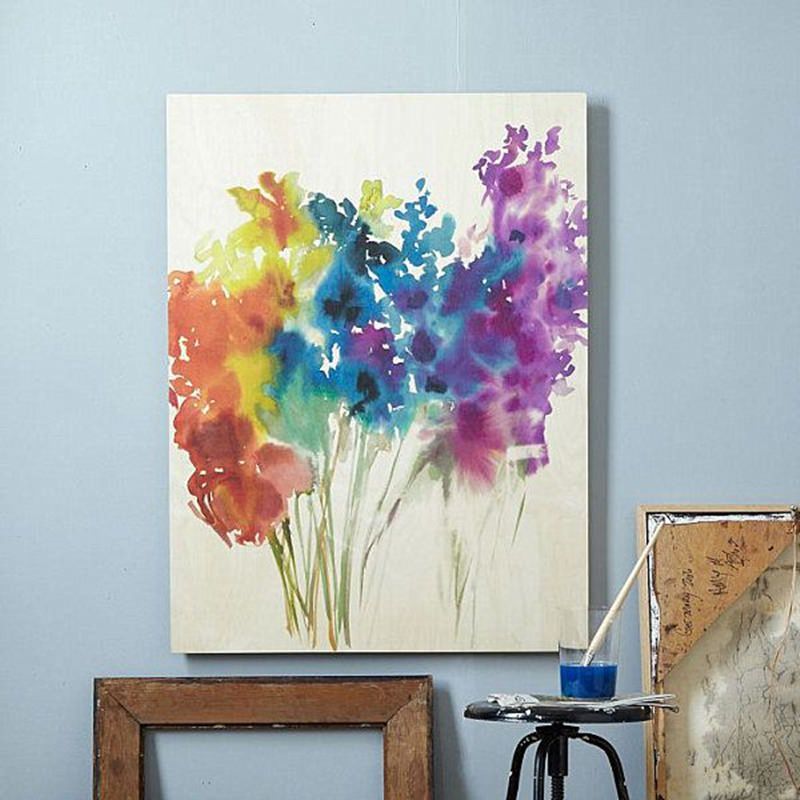
FAQs for canvas painting
Here are some questions about canvas painting that we addressed in this post.
Why is canvas good for painting?
The flexibility of a canvas is one of the things that artists love about it. It is simply easy to paint in a canvas because you can choose from small to large surfaces. Plus you can bring it anywhere, which makes it seamless for your painting.
What kind of painting is best for canvas?
Well, any type of painting will do. But canvas is more perfect for acrylic painting. This is especially for beginners.
Which is best, primed or unprimed canvas?
There are canvas surfaces that are either primed or unprimed. If you want your painting to reflect the true colors you want to show, then you should choose a primed canvas. This prevents your paint material from getting absorbed into the canvas’ fabric. However, if you like textured and dull surface, the unprimed canvas is the best for your painting.
What kind of brush is best for acrylic painting?
If you choose to use acrylic for painting, it is best to use synthetic brushes. This is due to the fact that the natural brushes can degrade after long use because of the substances in the acrylic paint.
Are synthetic brushes good for oil painting?
For oil painting on a canvas, you can use both synthetic and natural hair brushes. However, natural brushes are much better since synthetic brushes can accumulate residue and break down.
What are most popular brushes for canvas painting?
The four most popular and commonly used brushes are filbert, bright, flat, and round brushes. And if you are looking to create more detailed painting, opt for fan, angular flat, detailed round, and pointed round brushes.
Conclusion
Always paint from the heart. Use your canvas painting to convey what is in your mind and soul.
